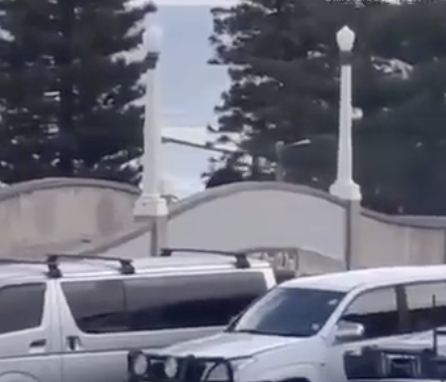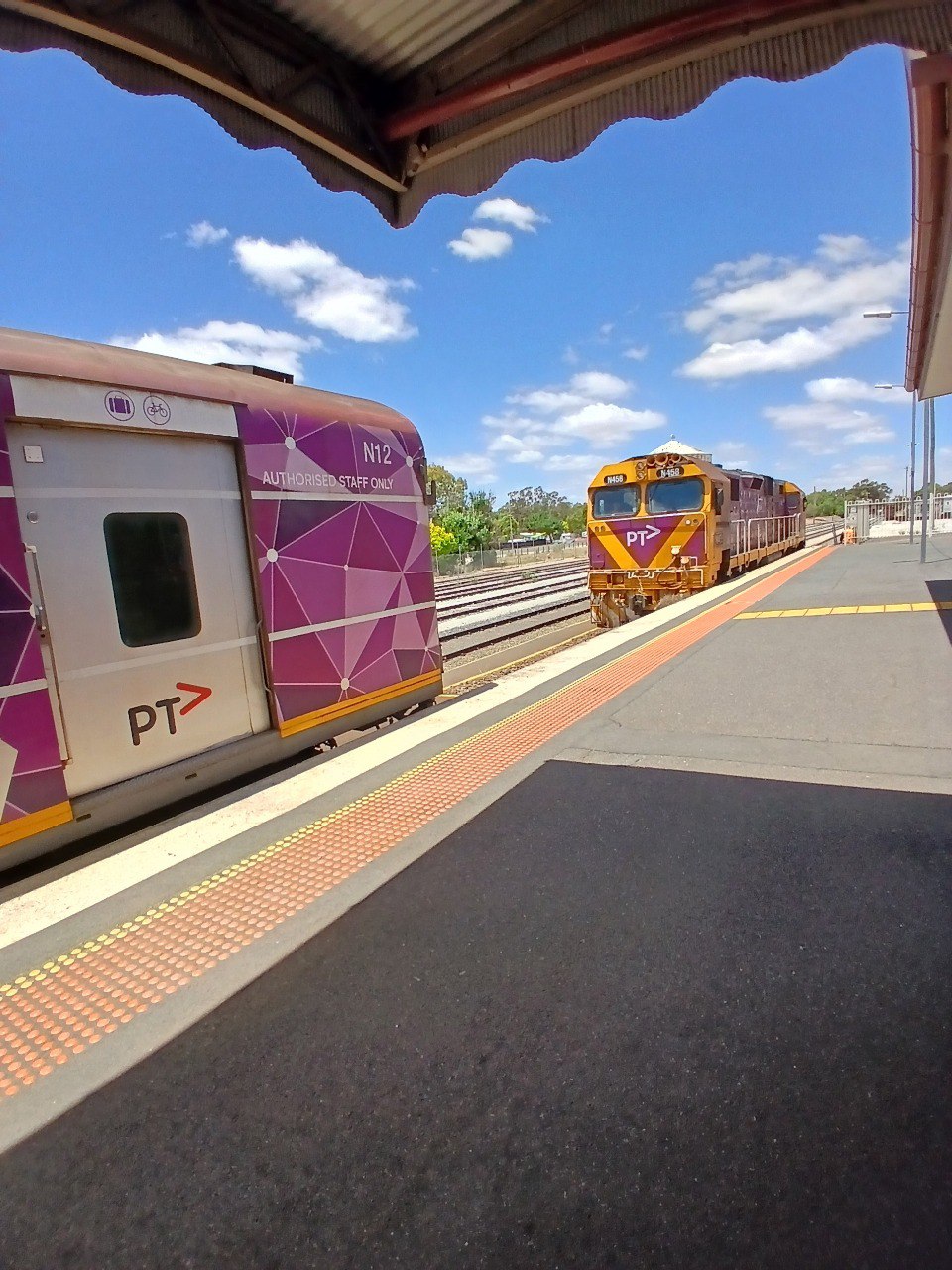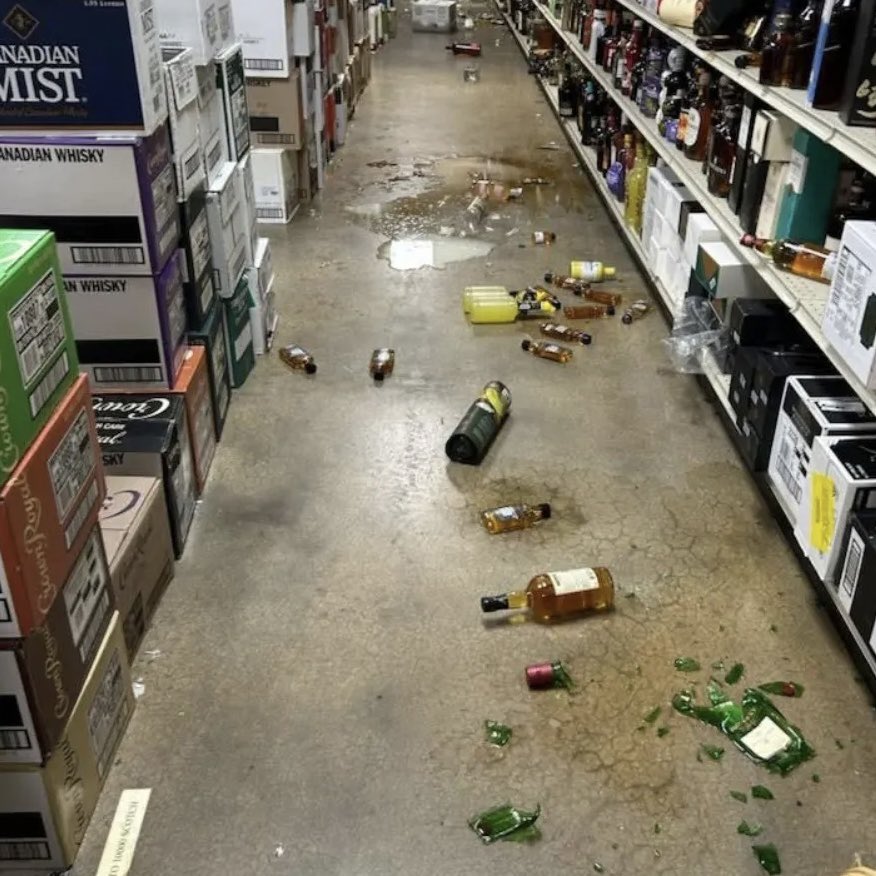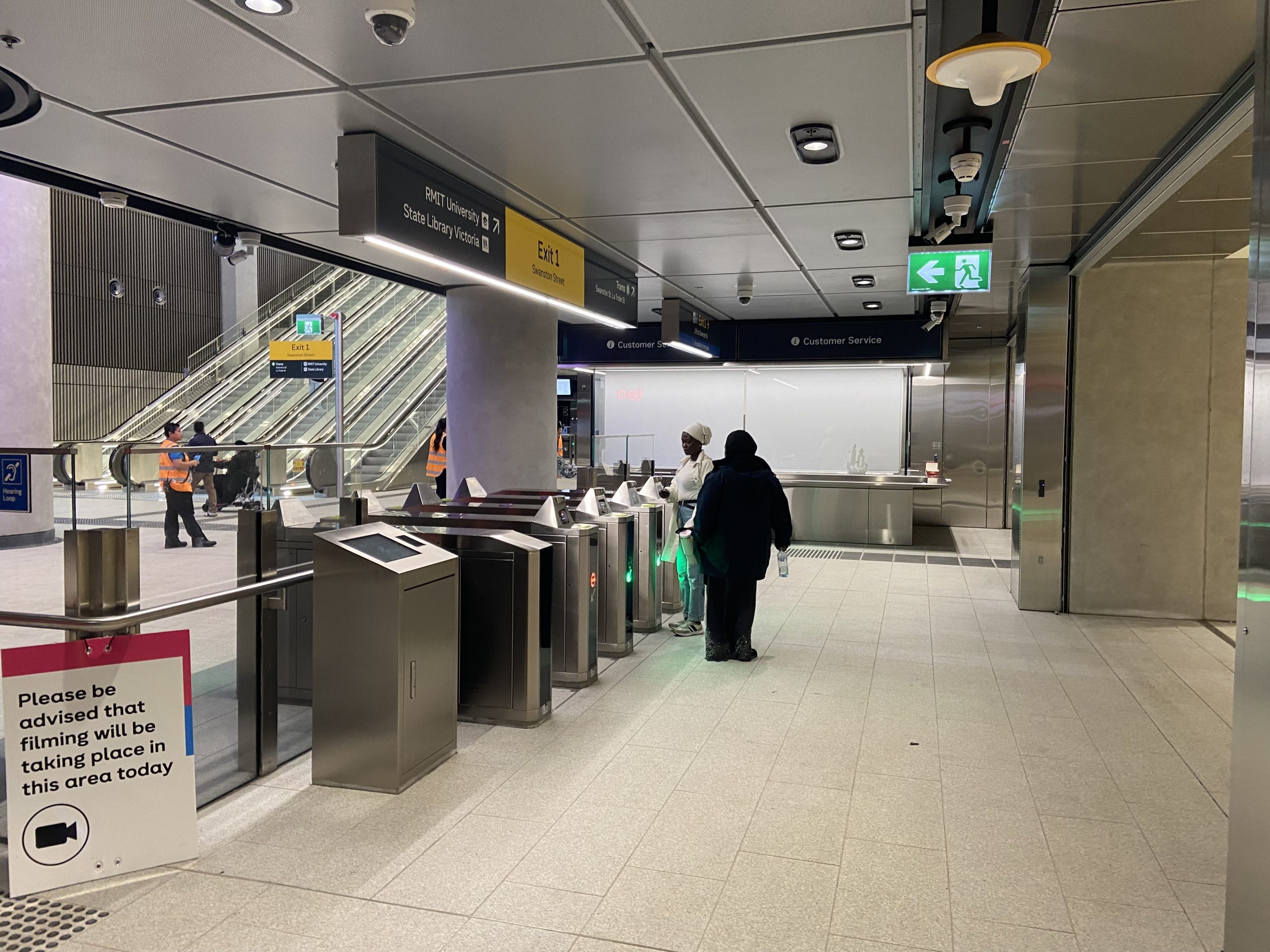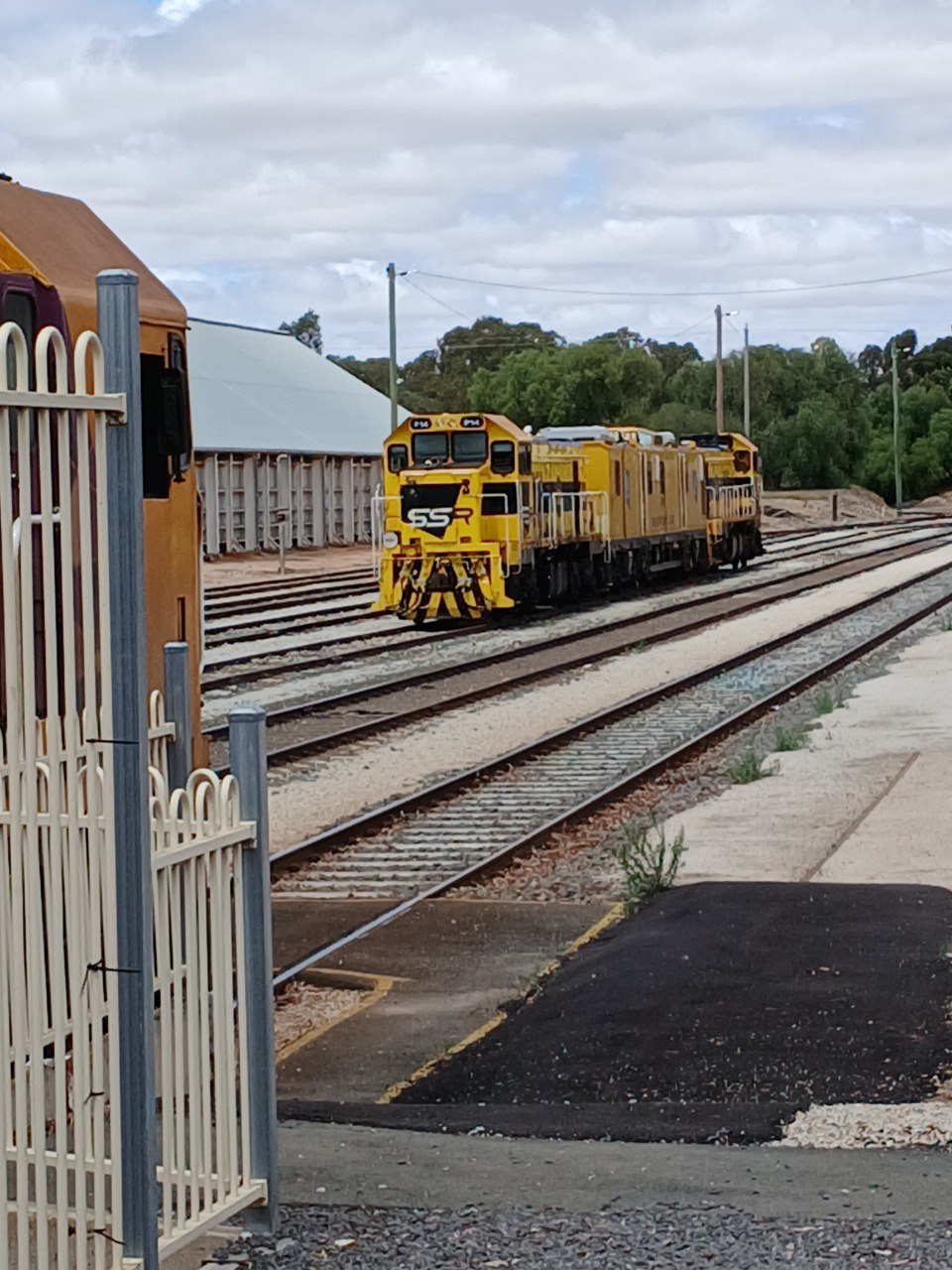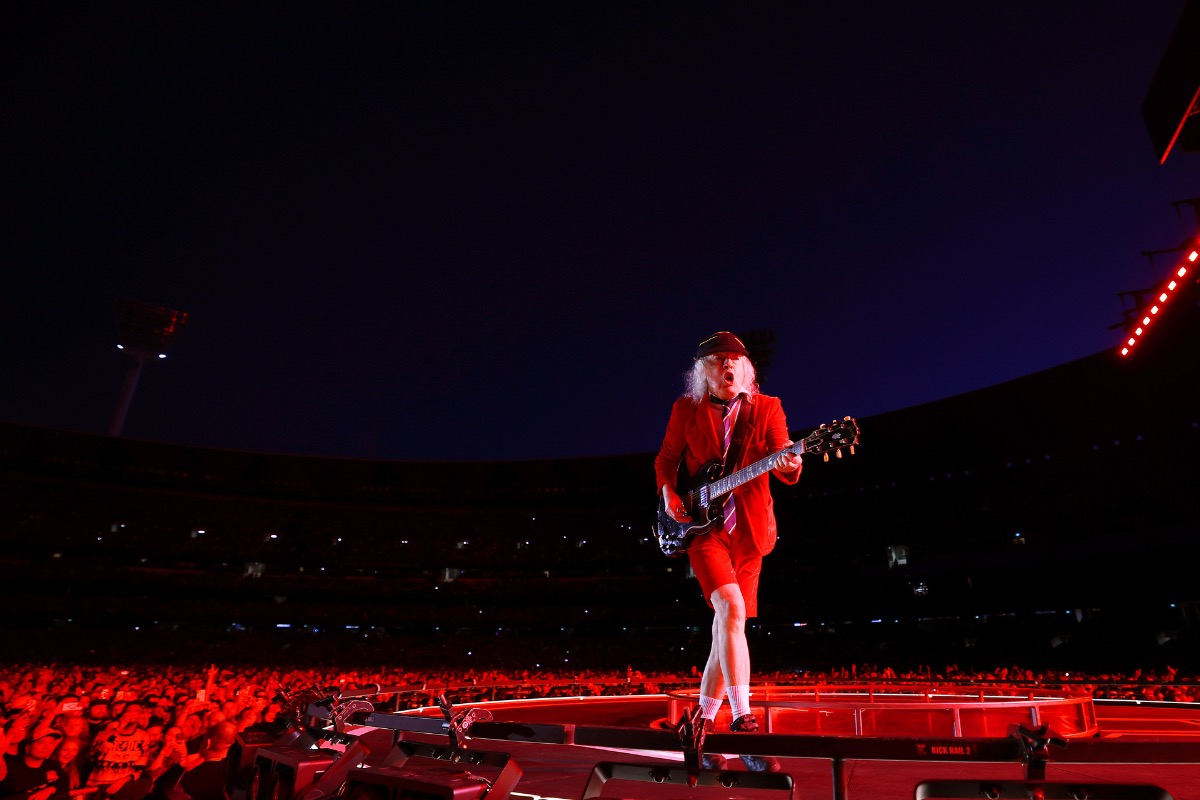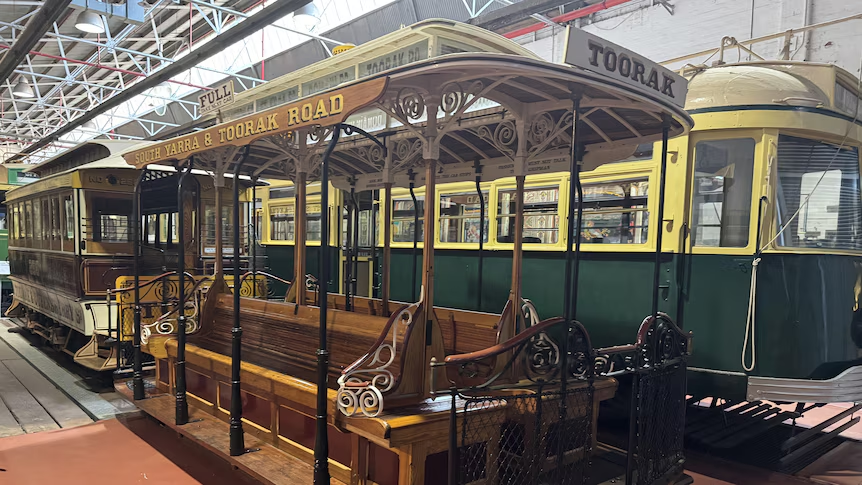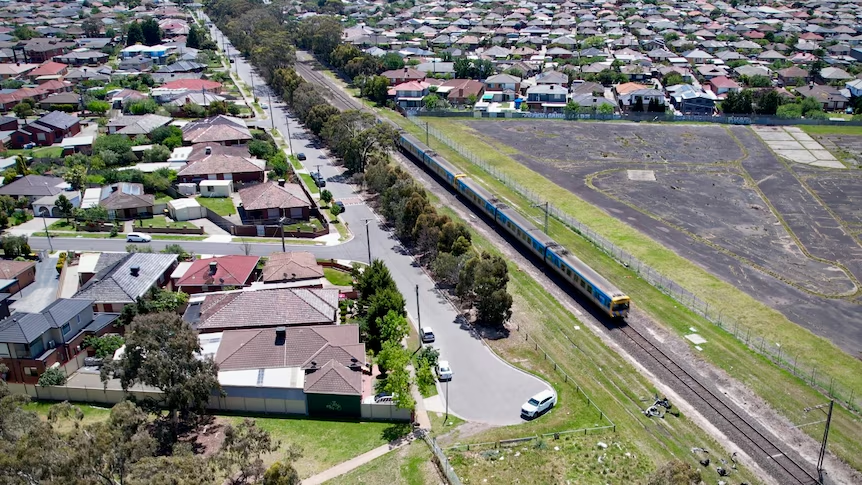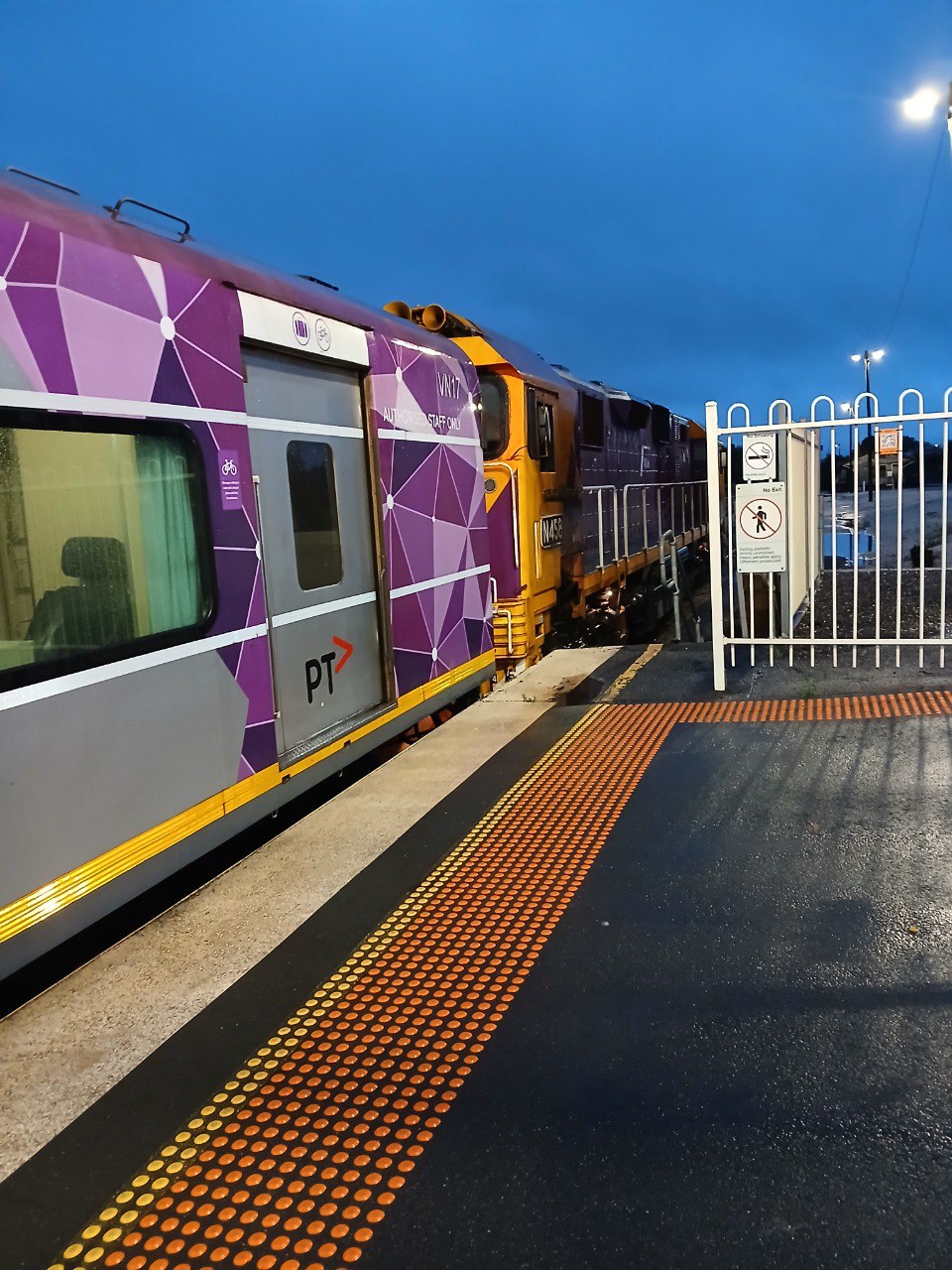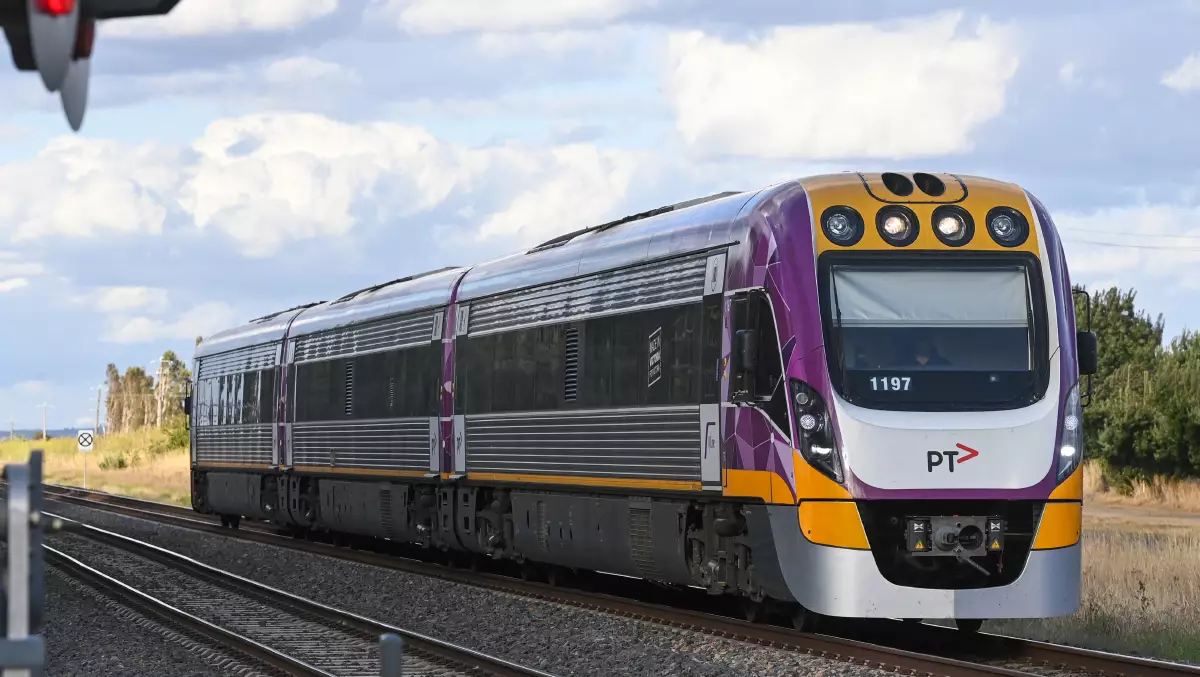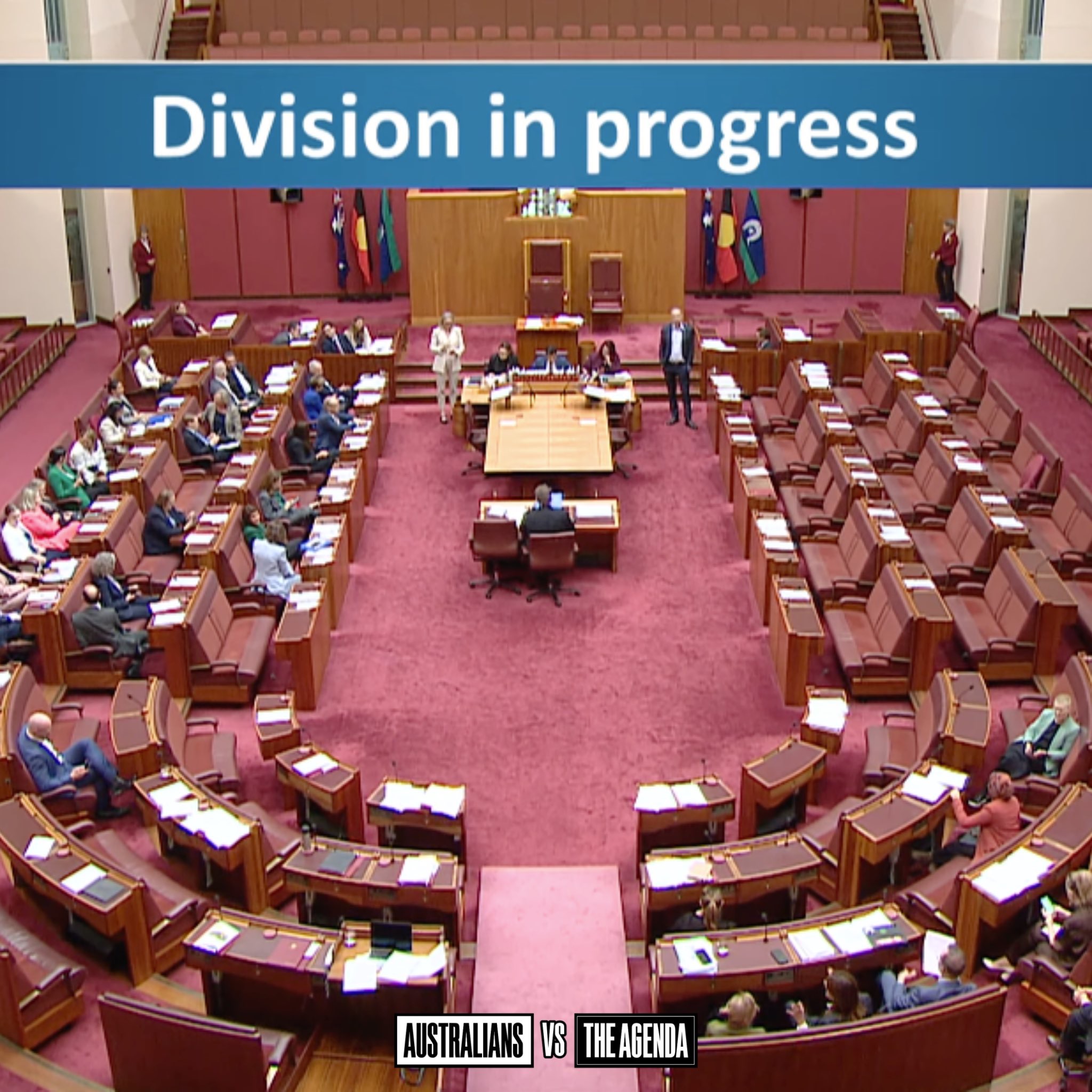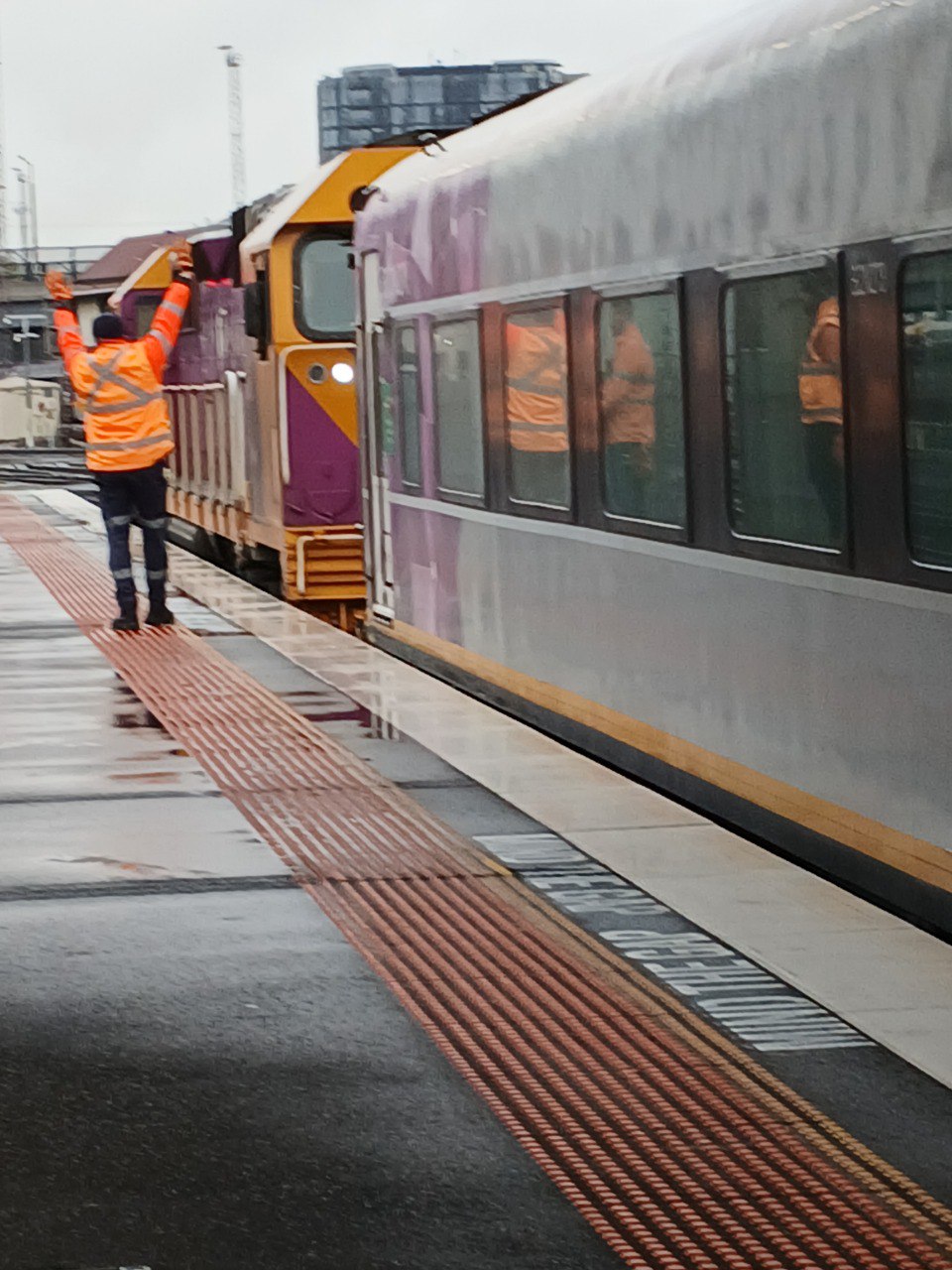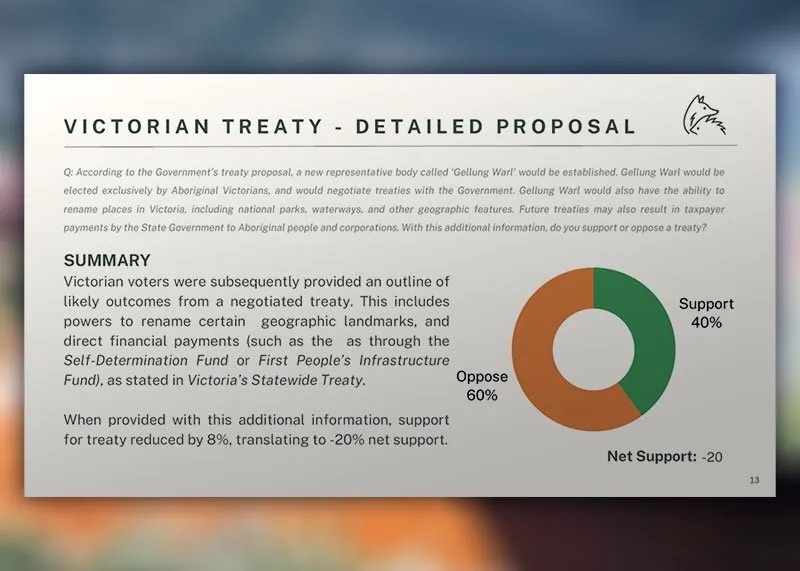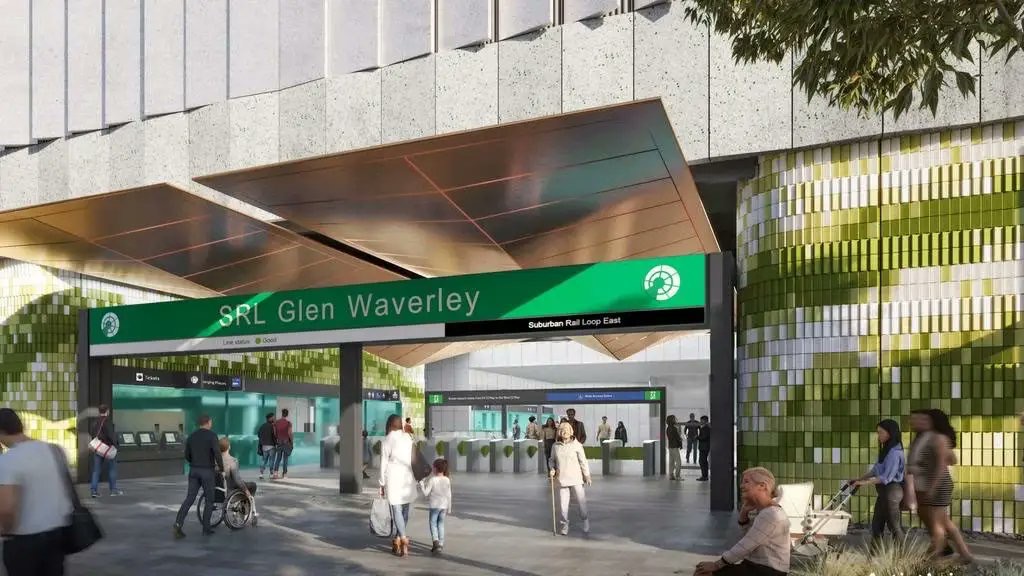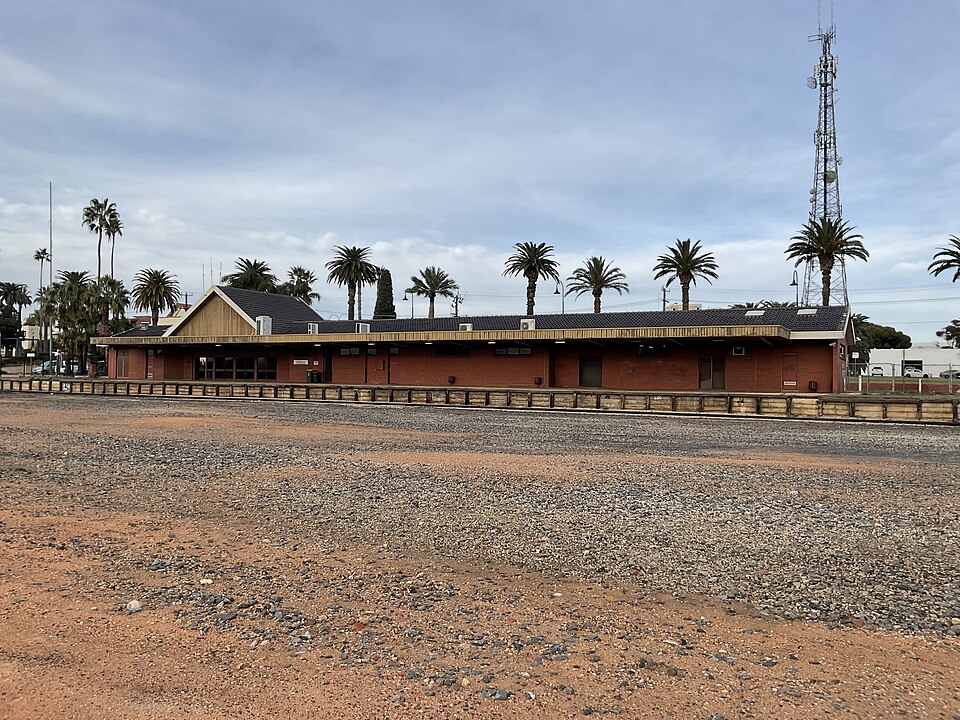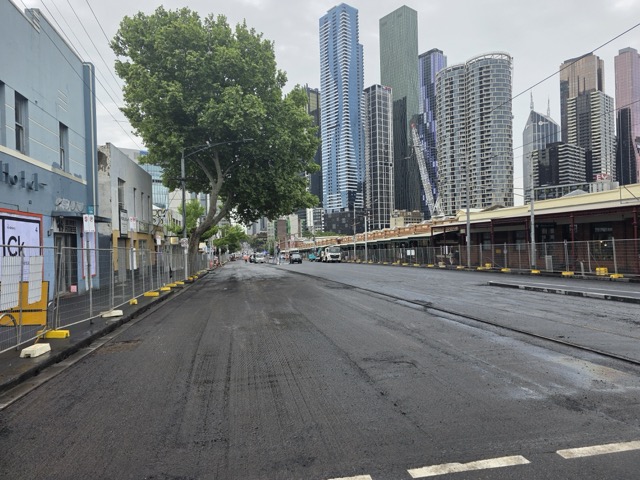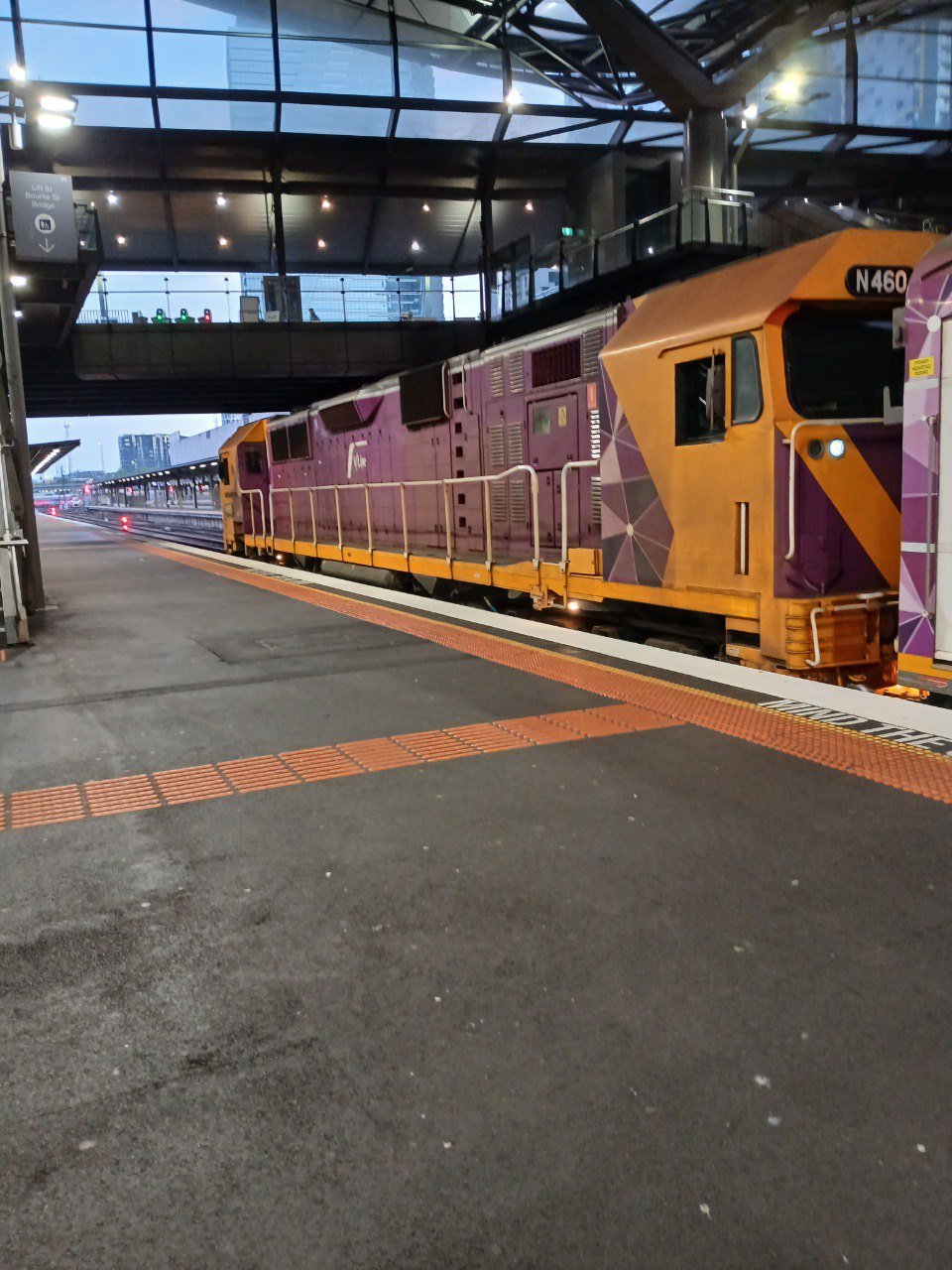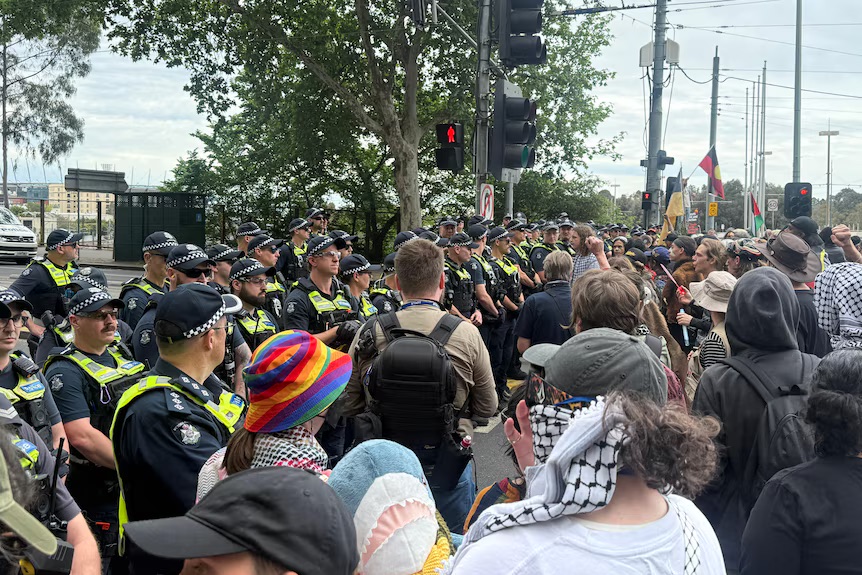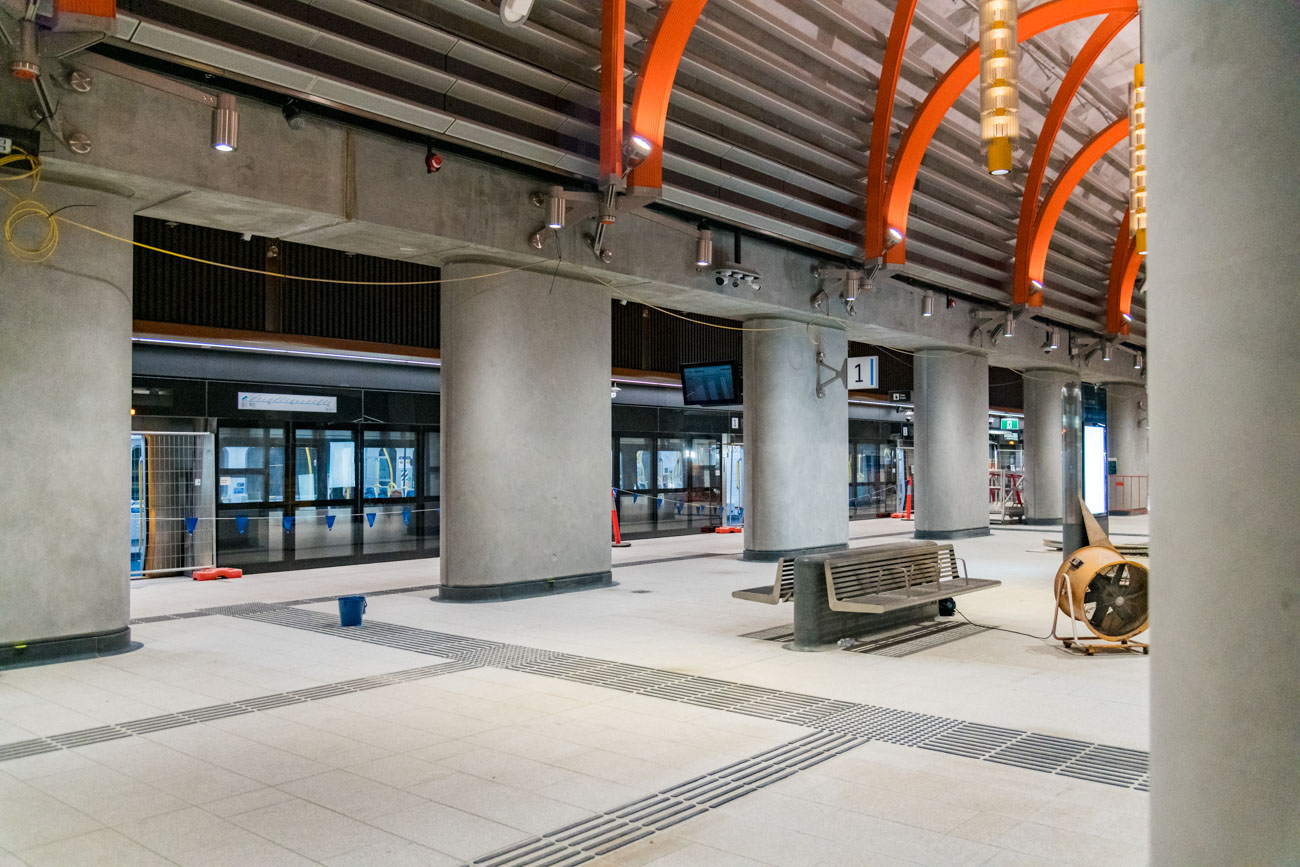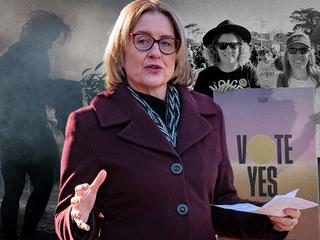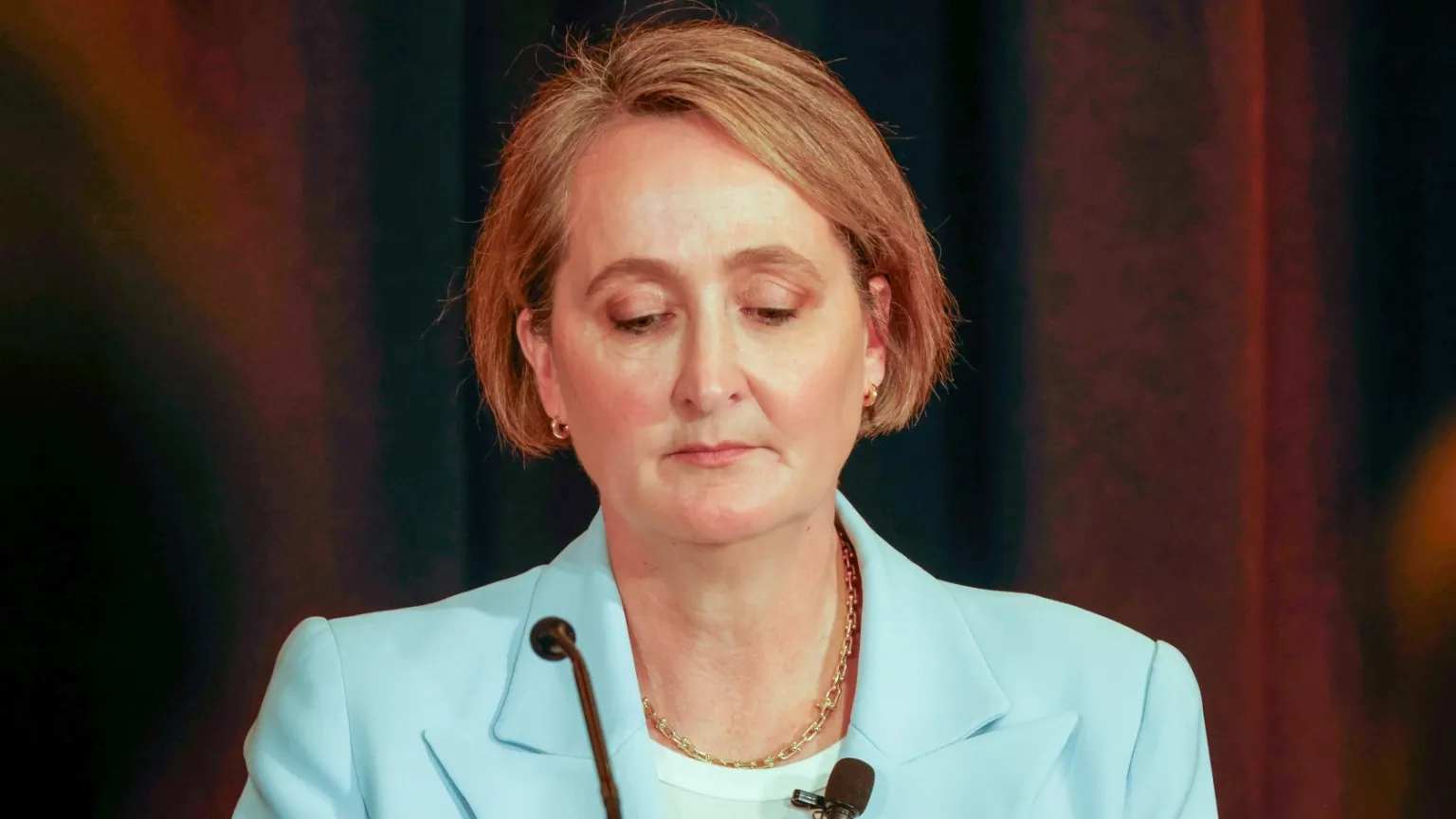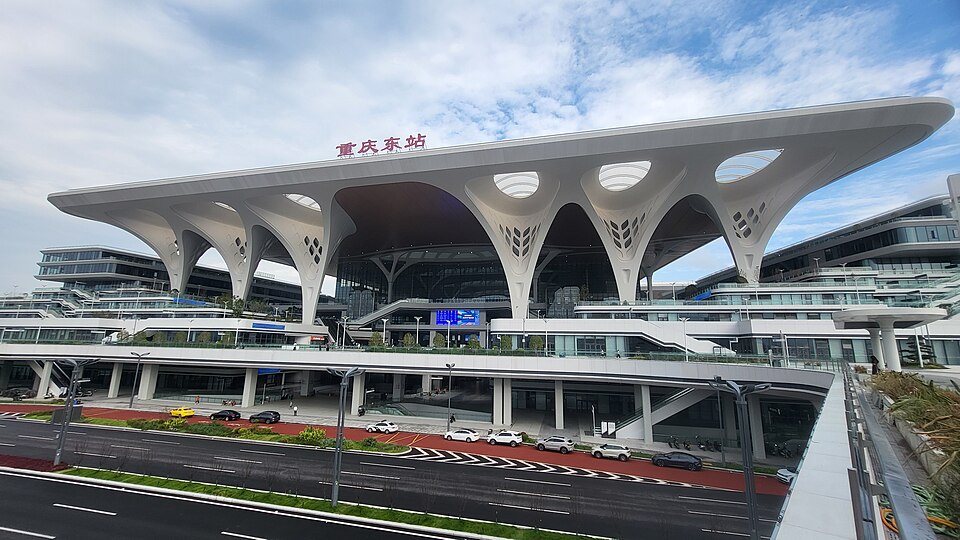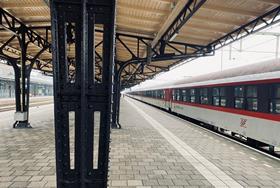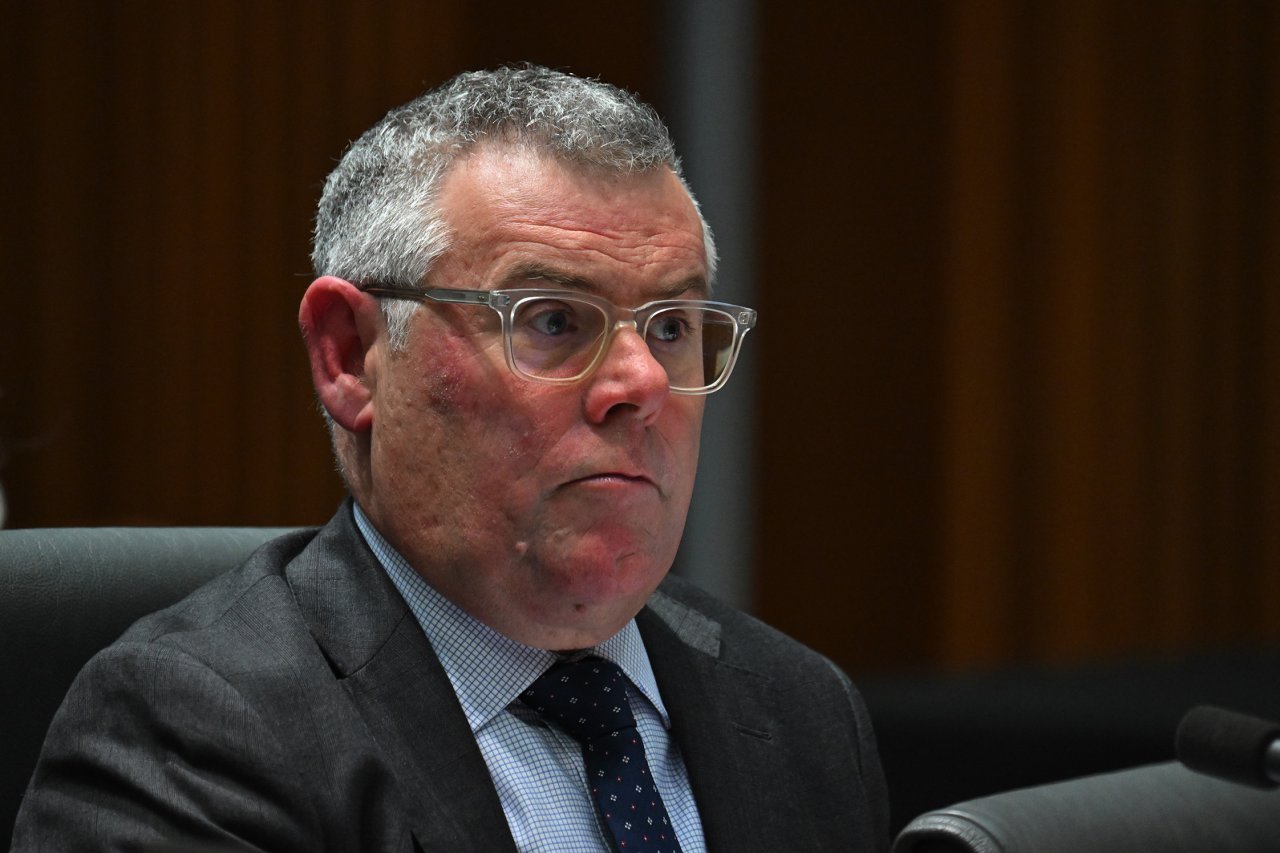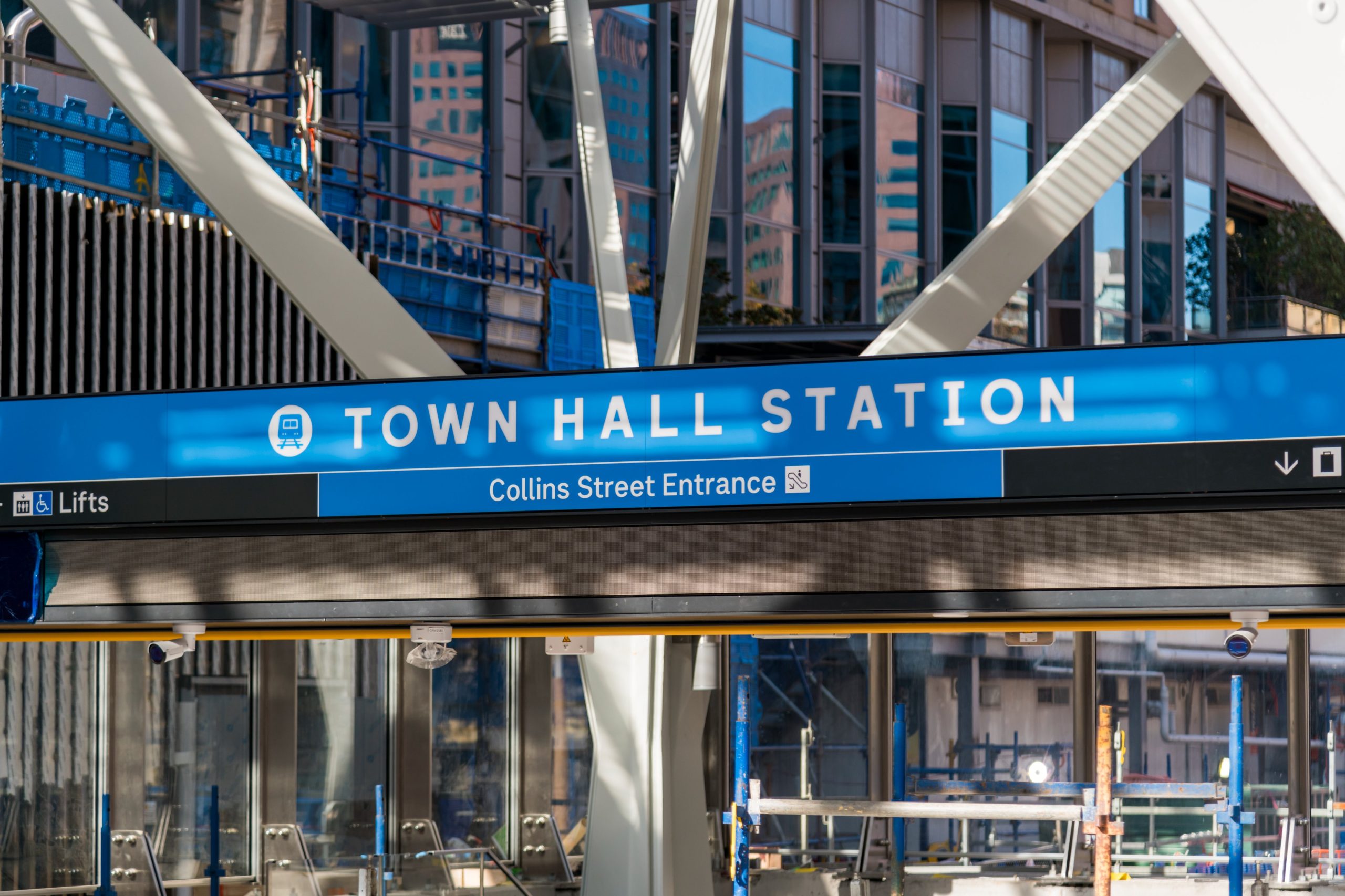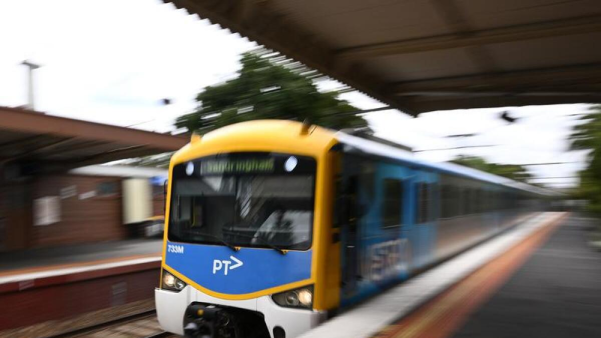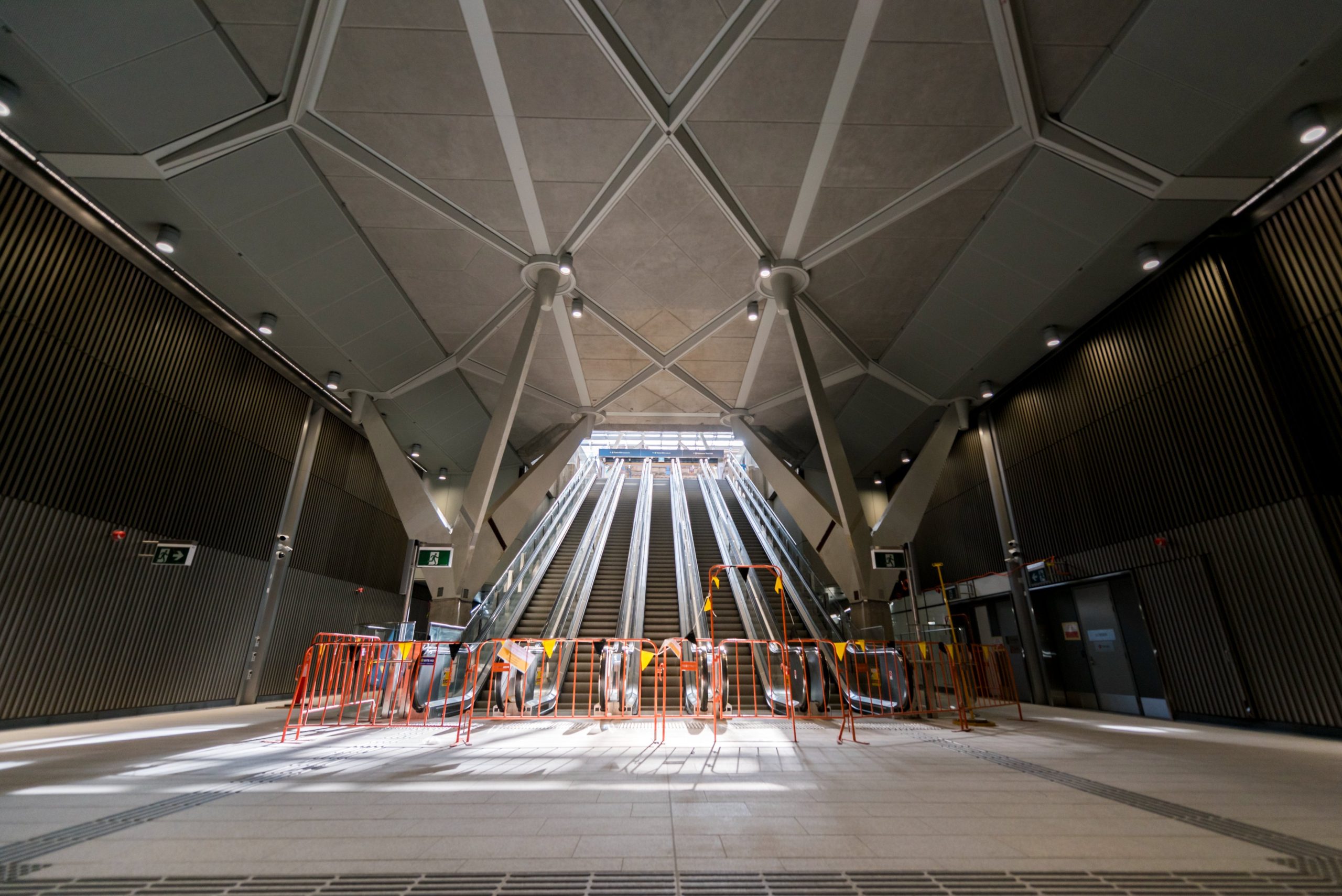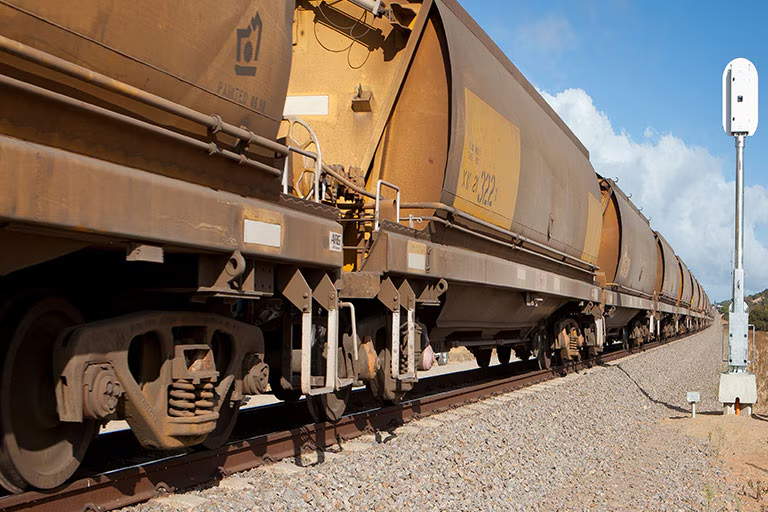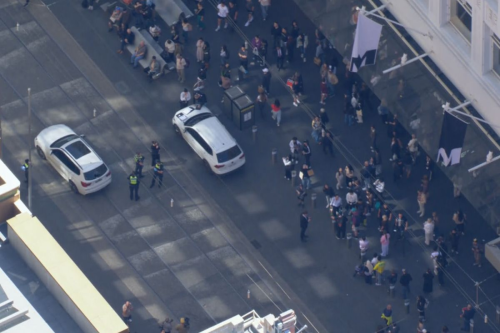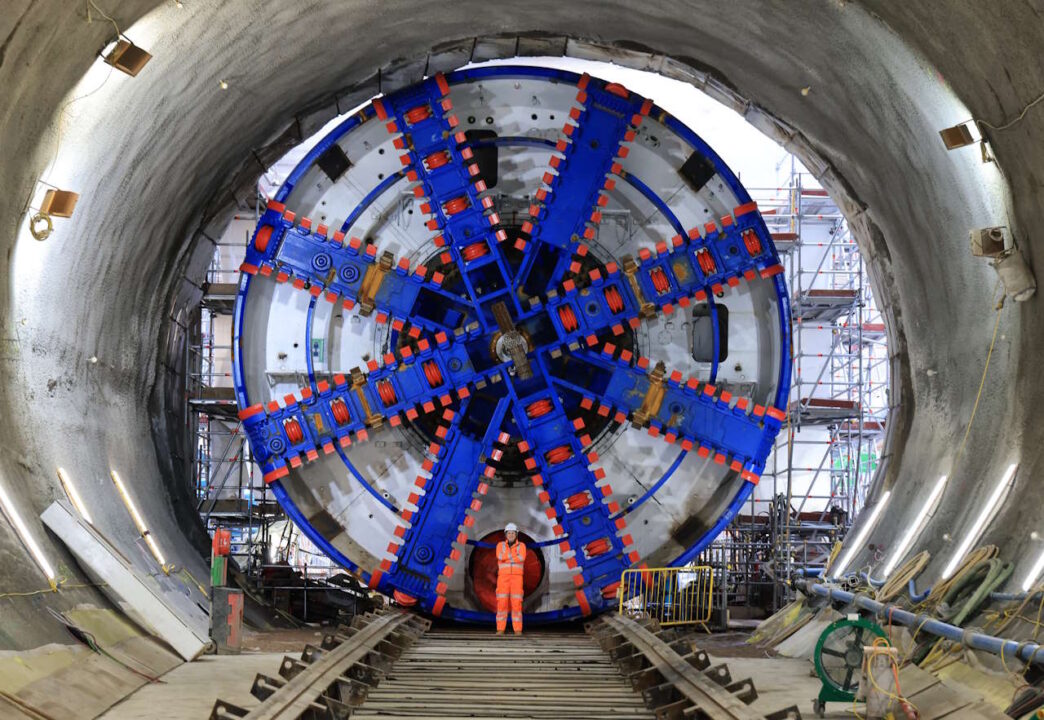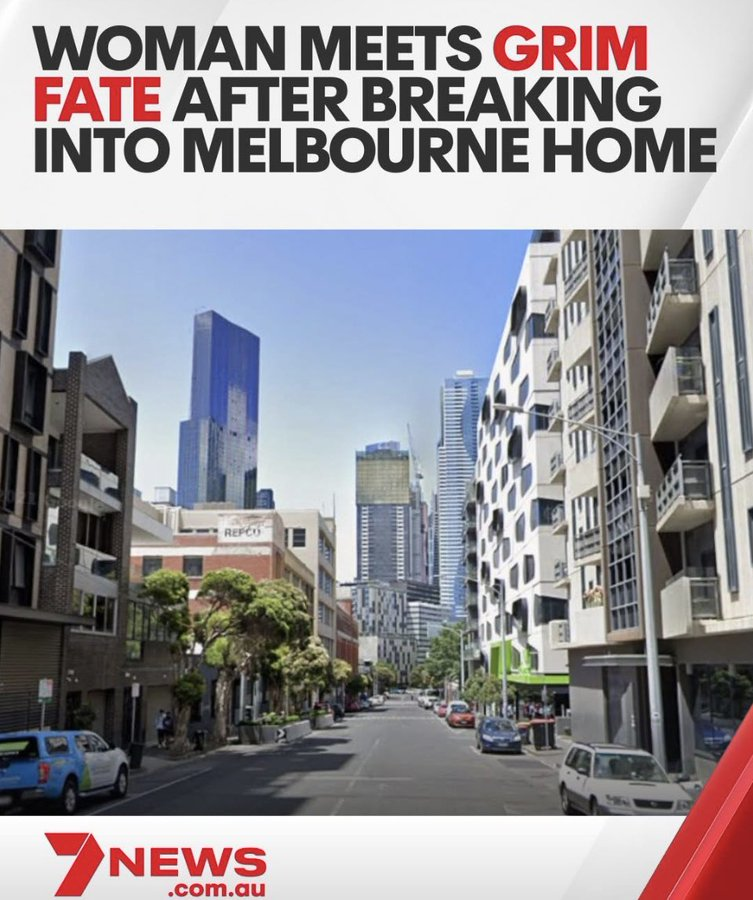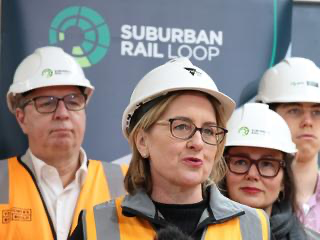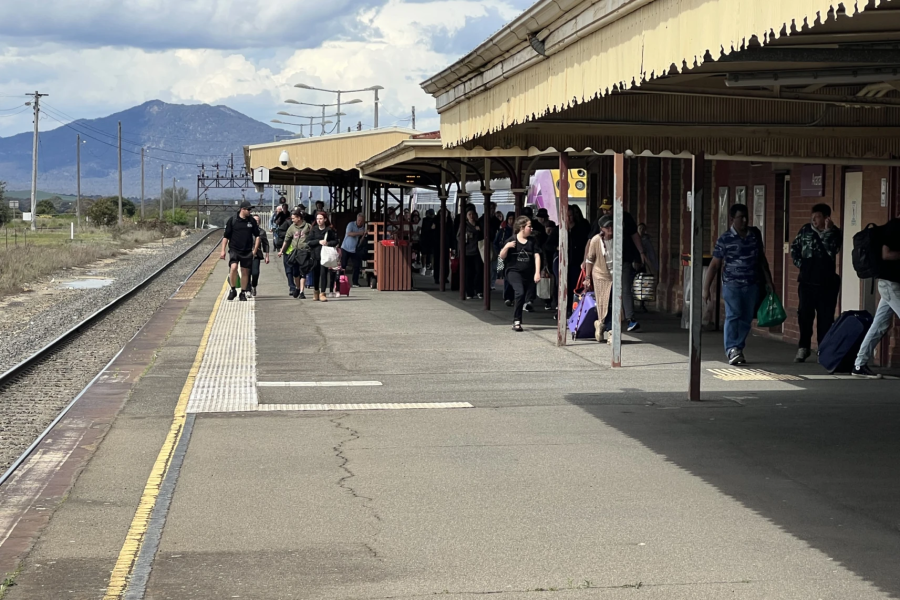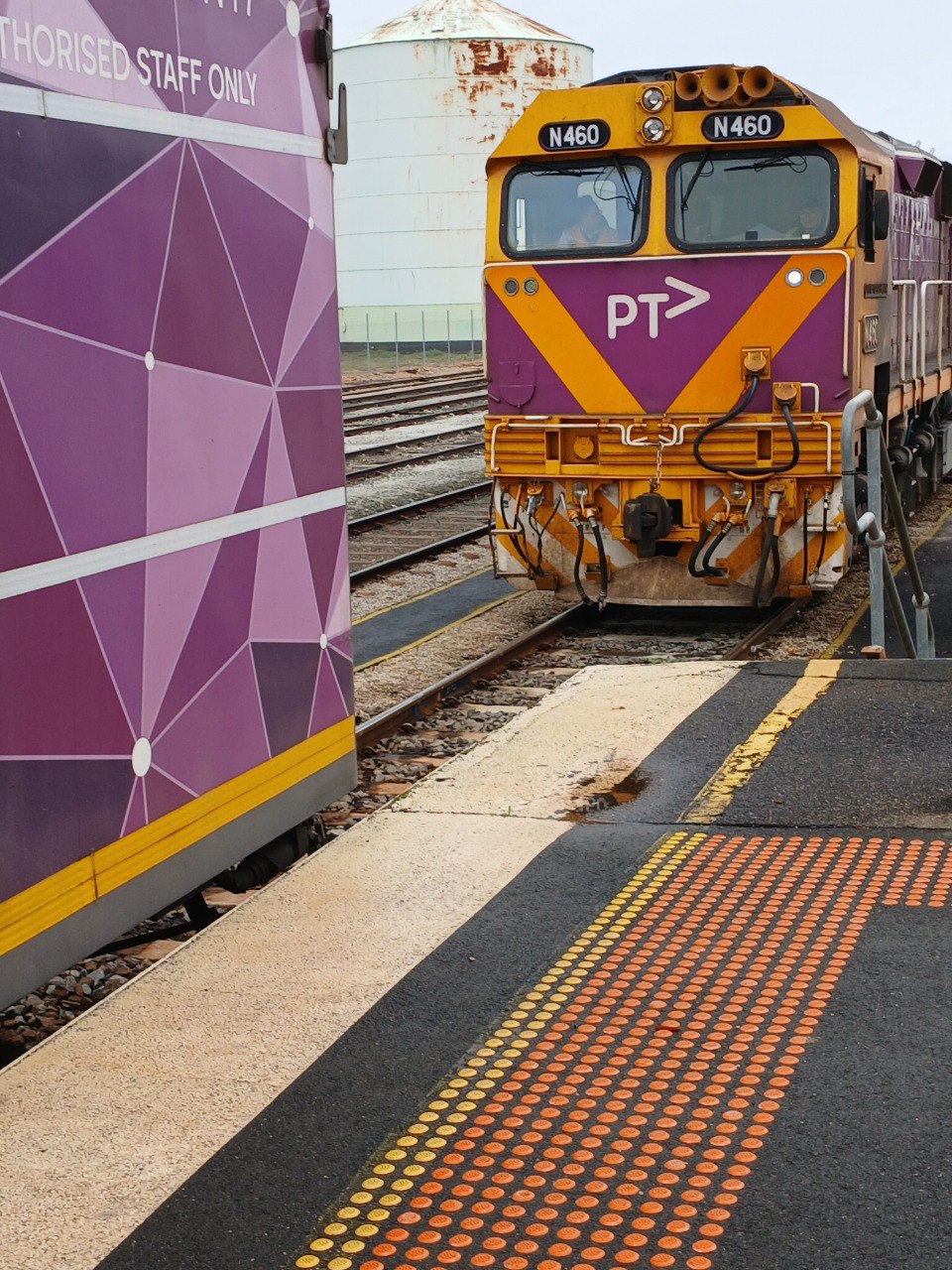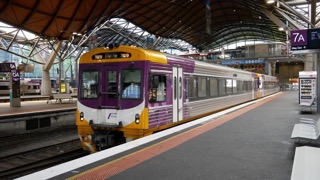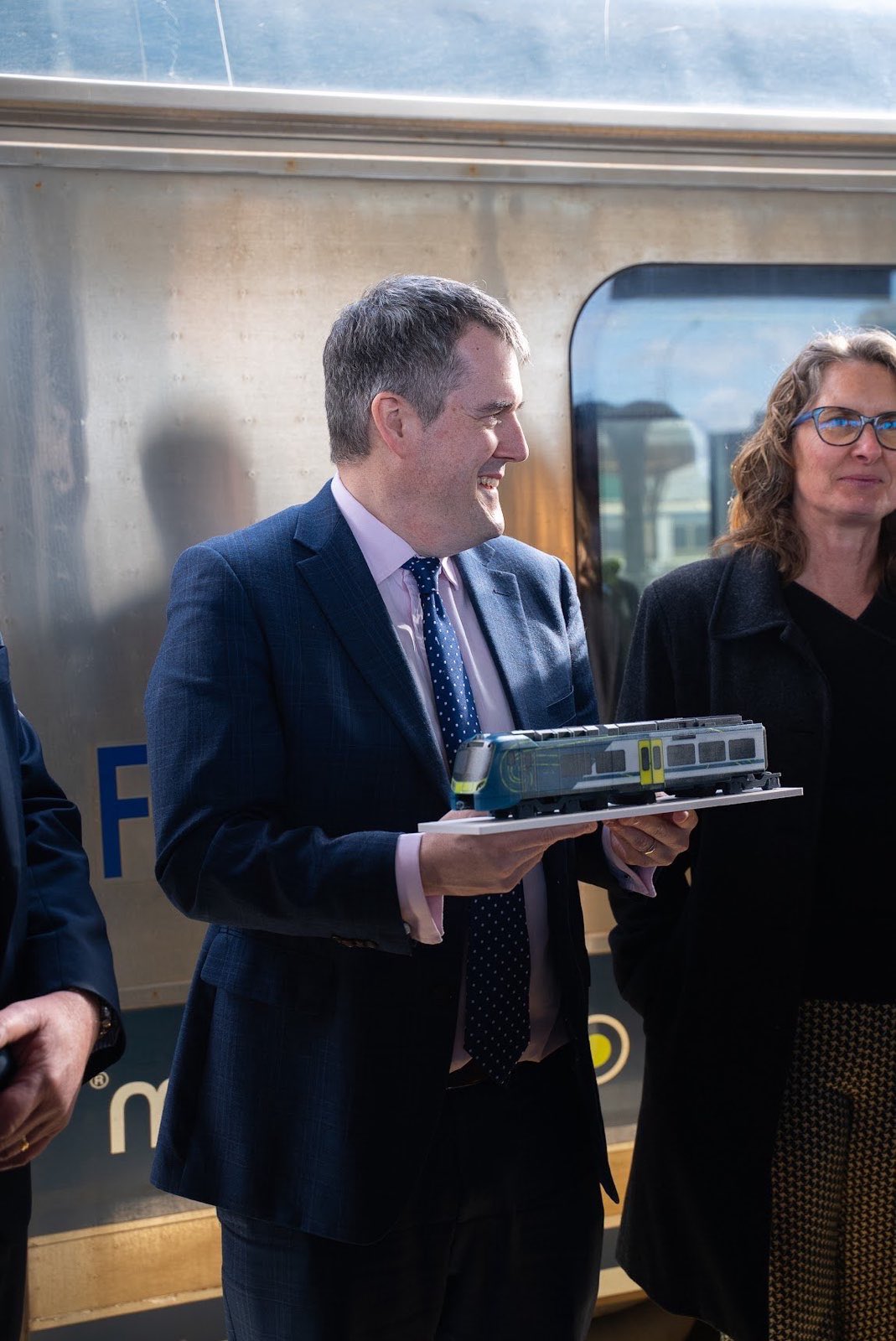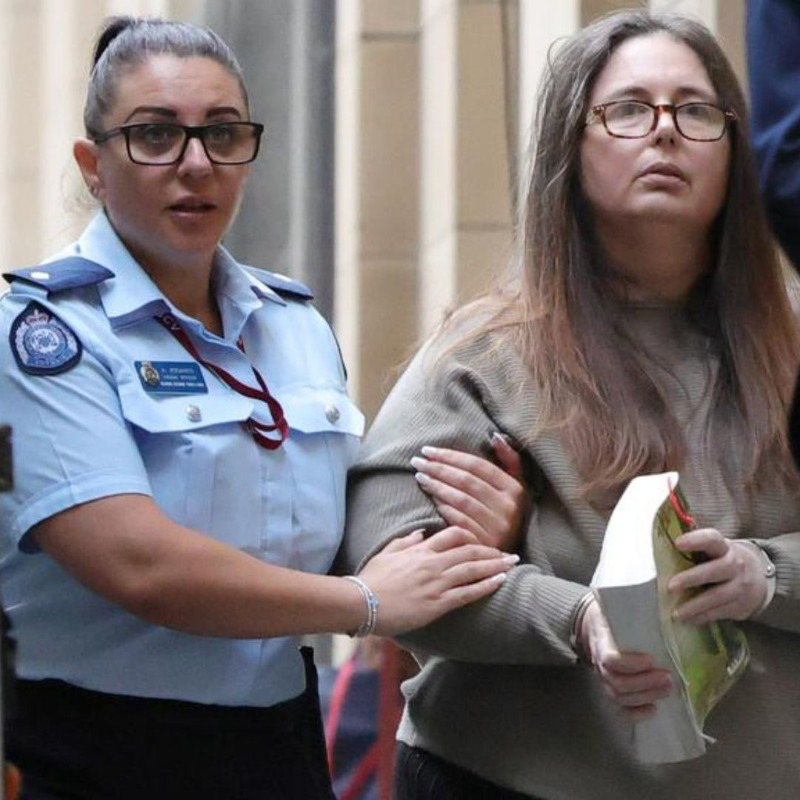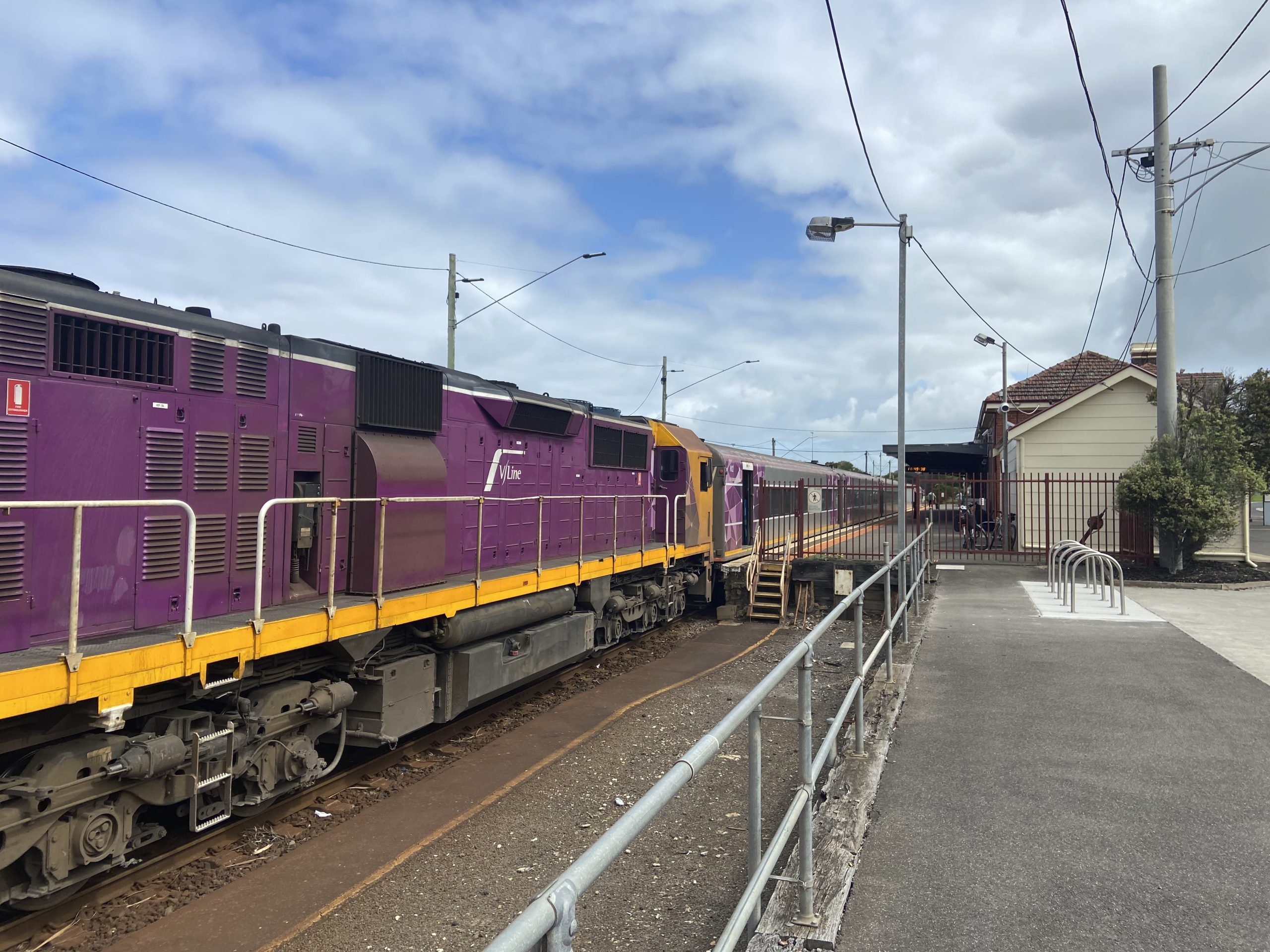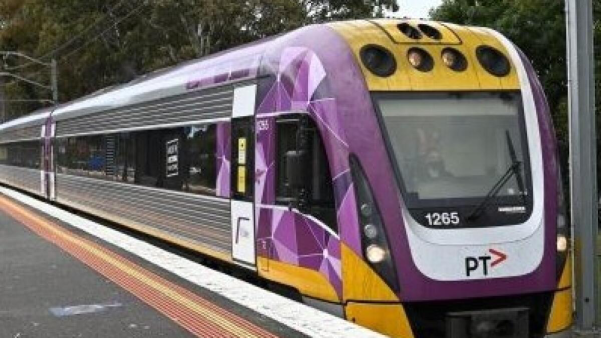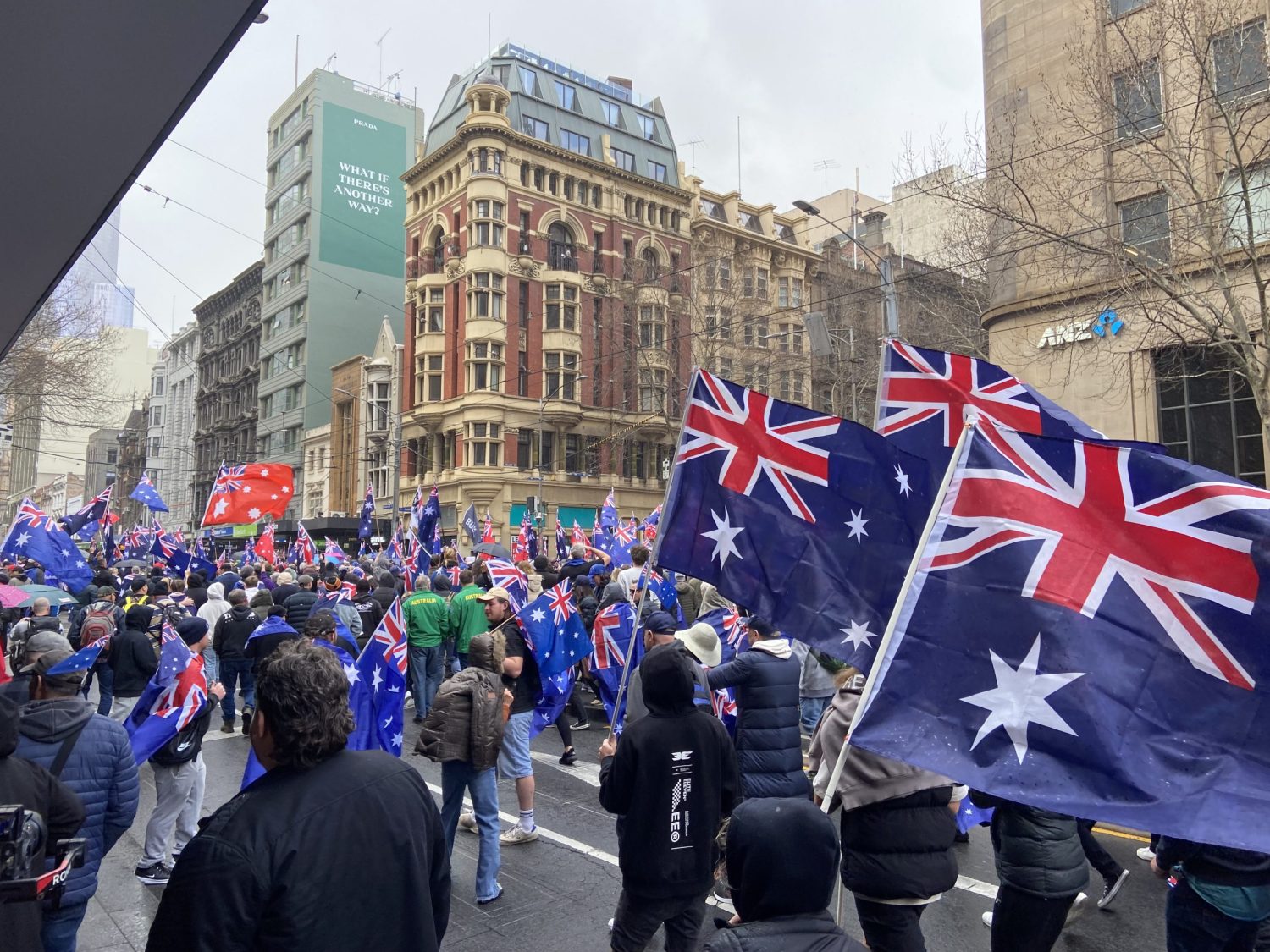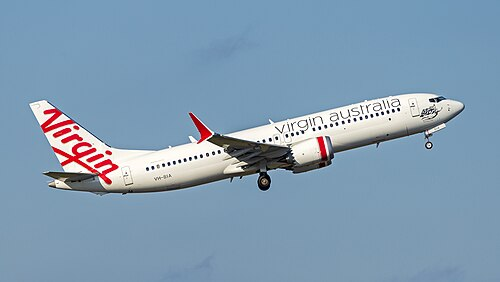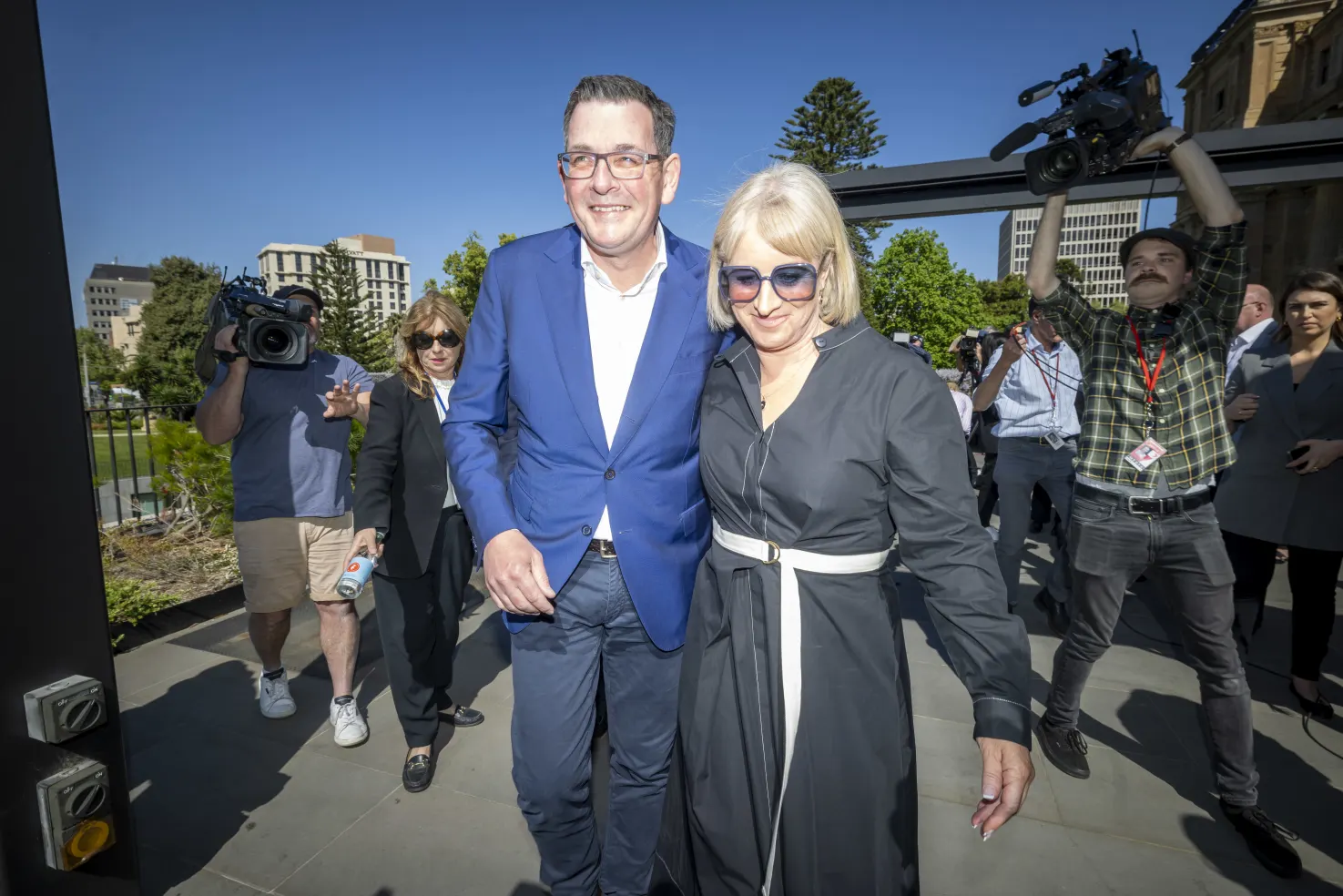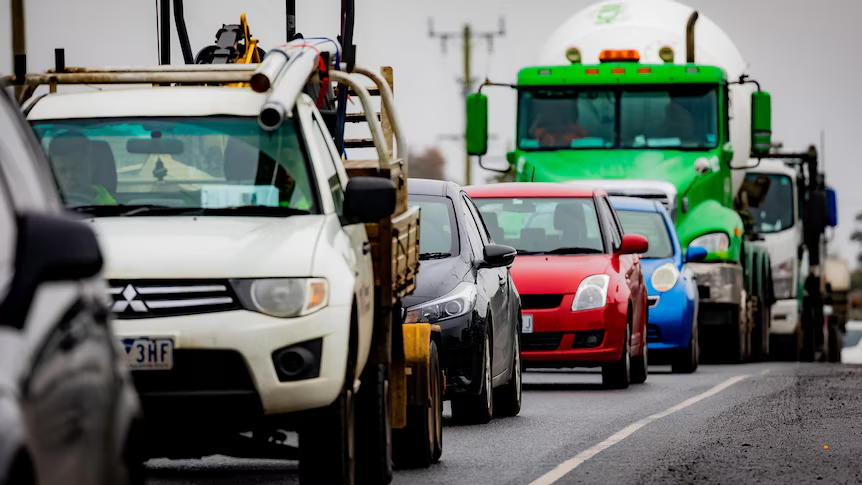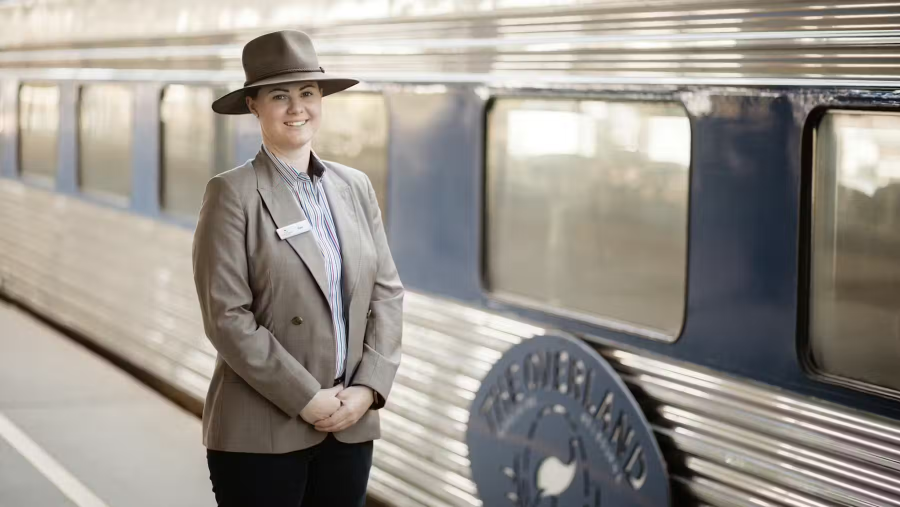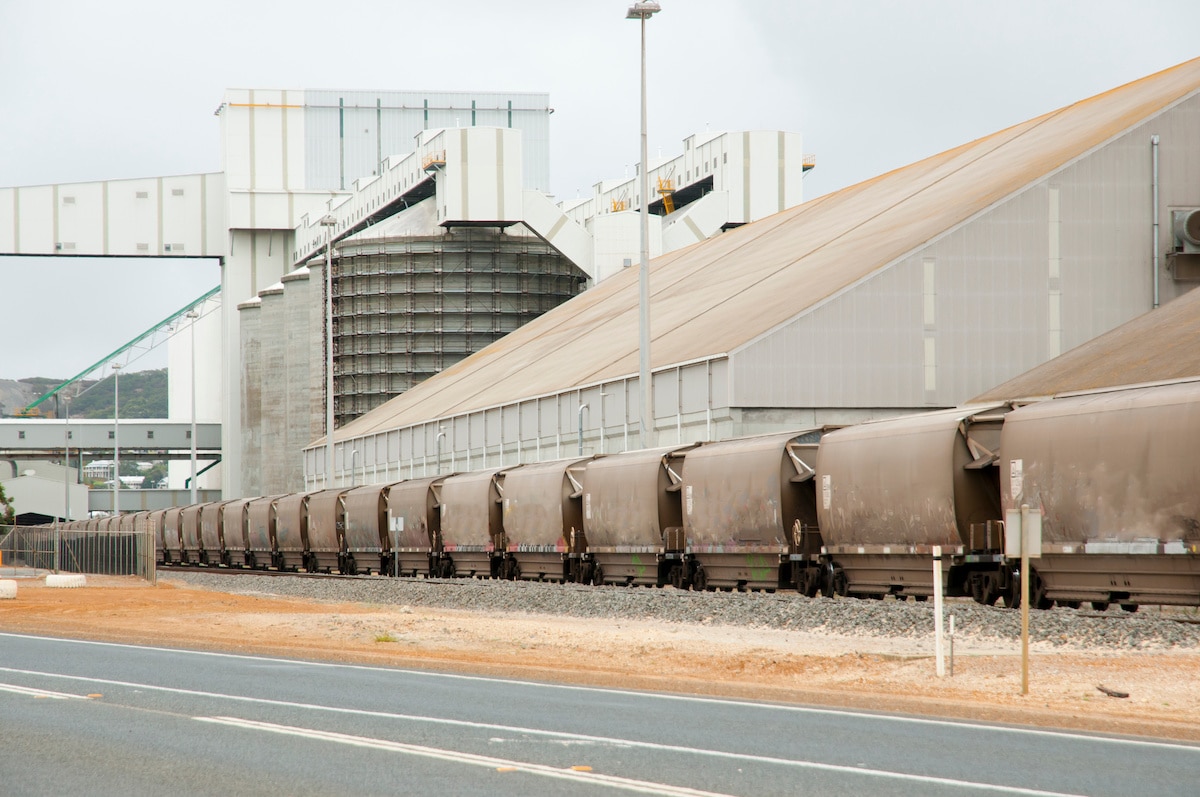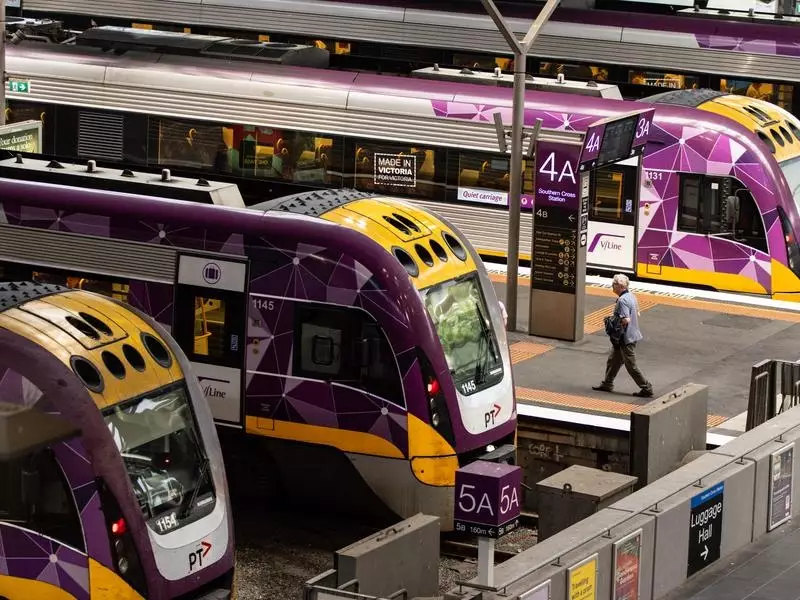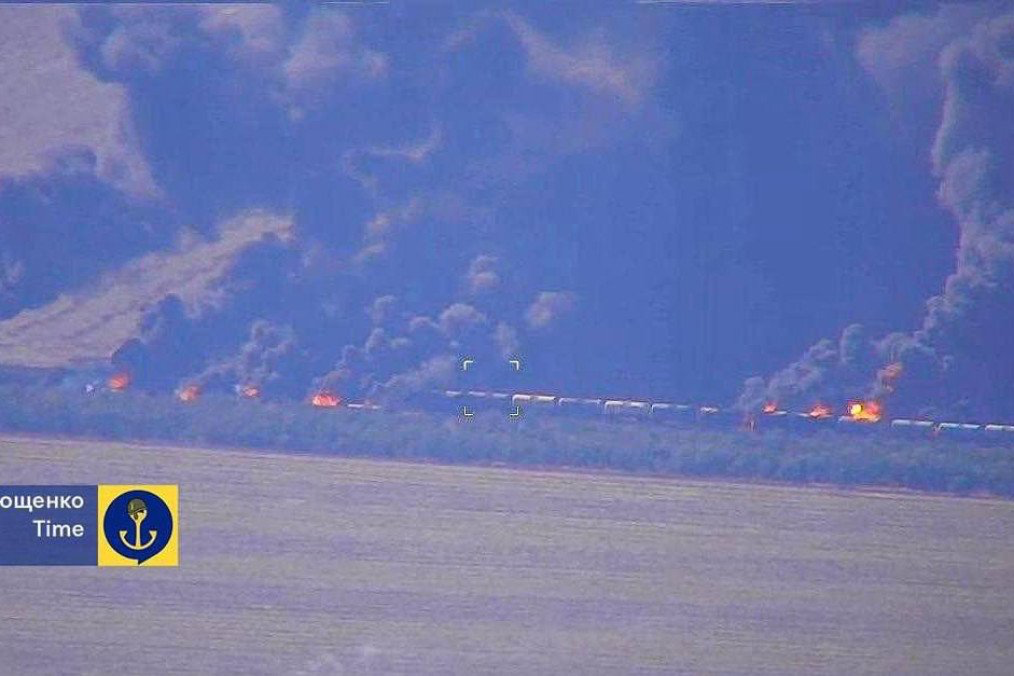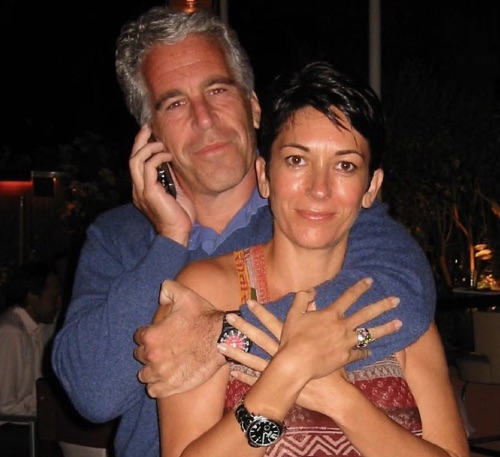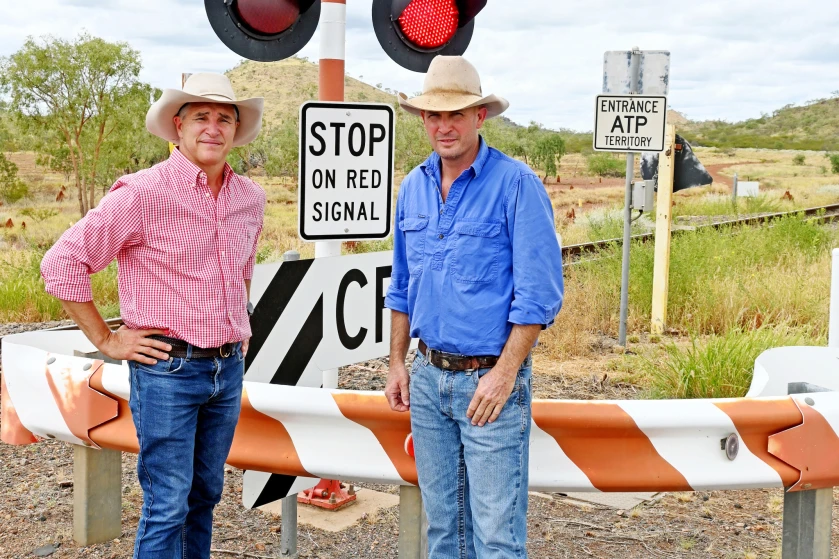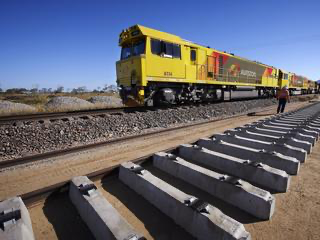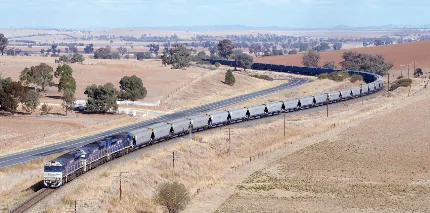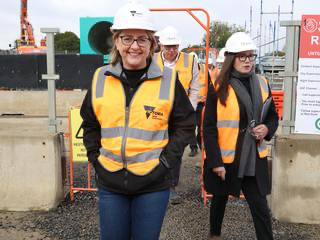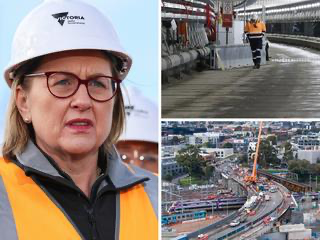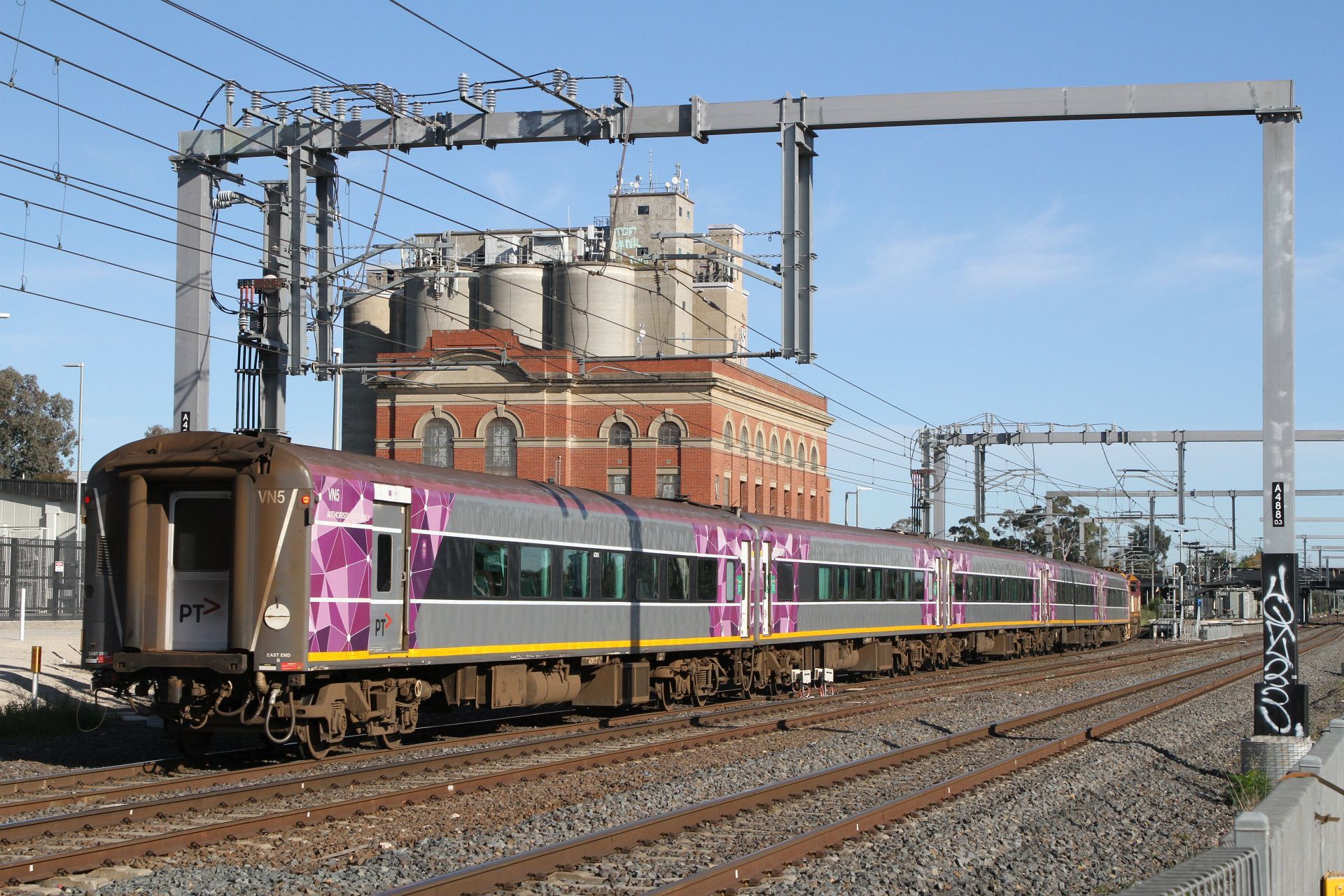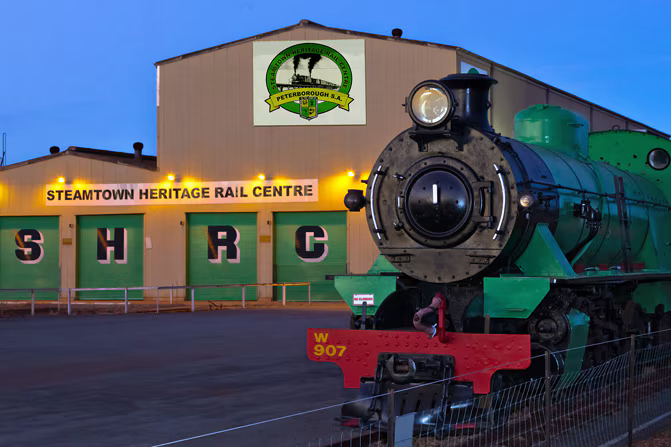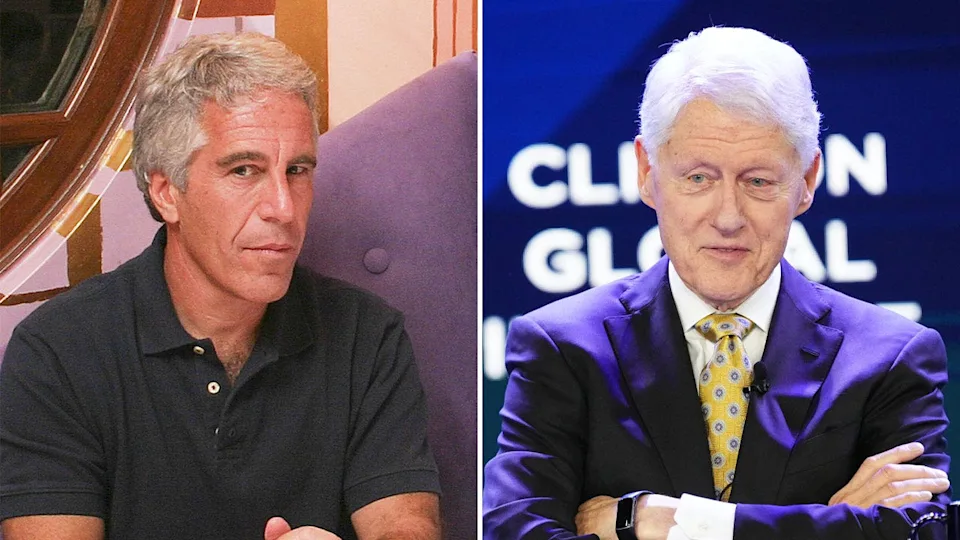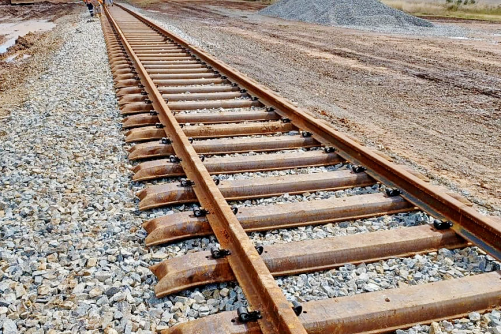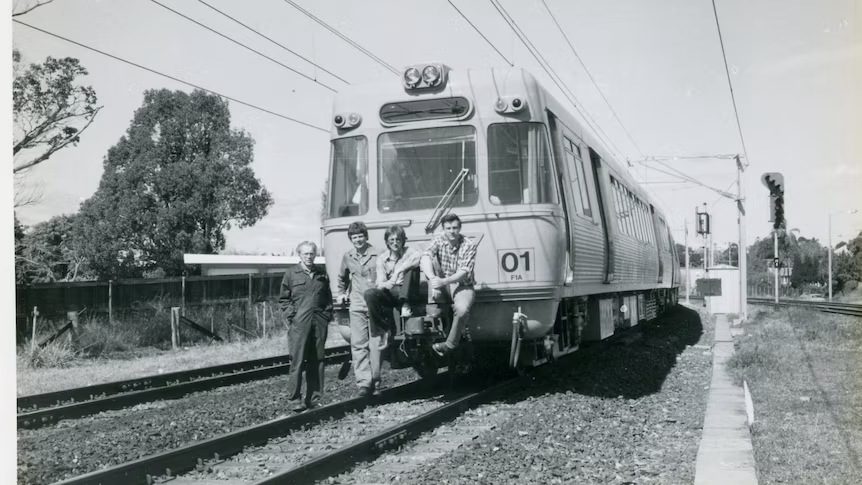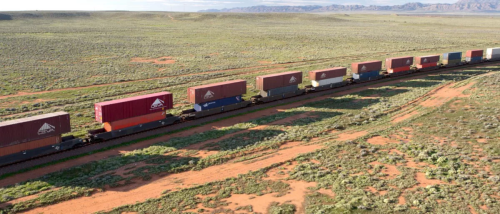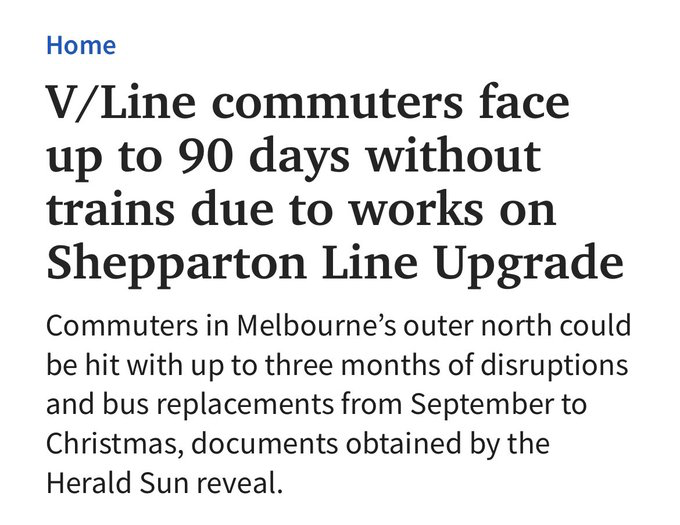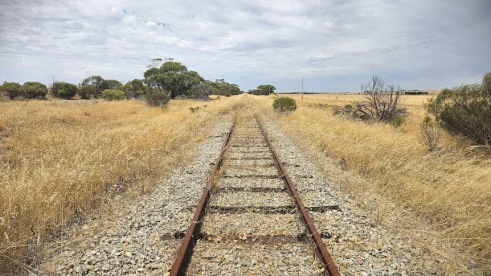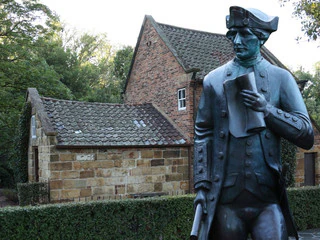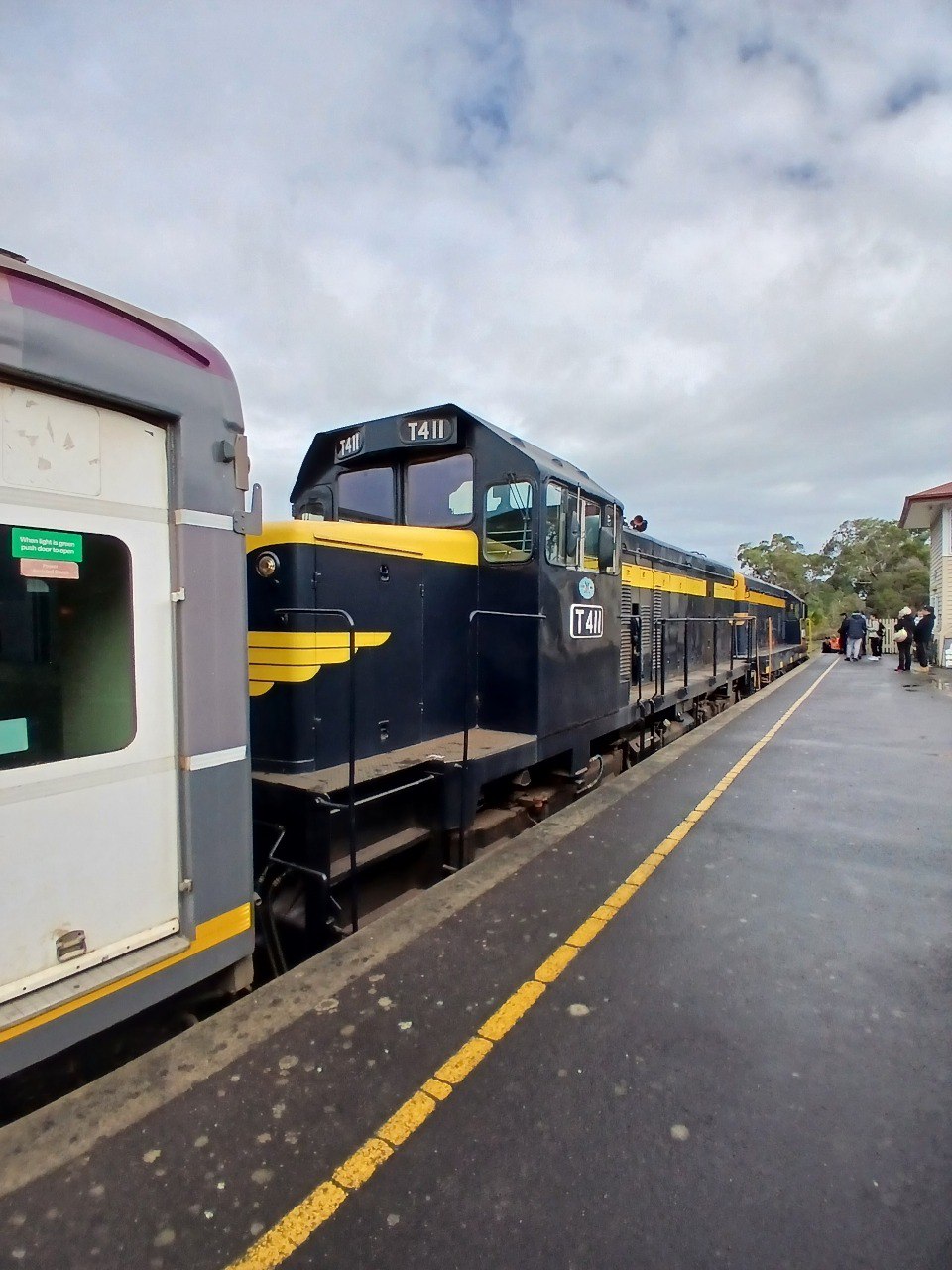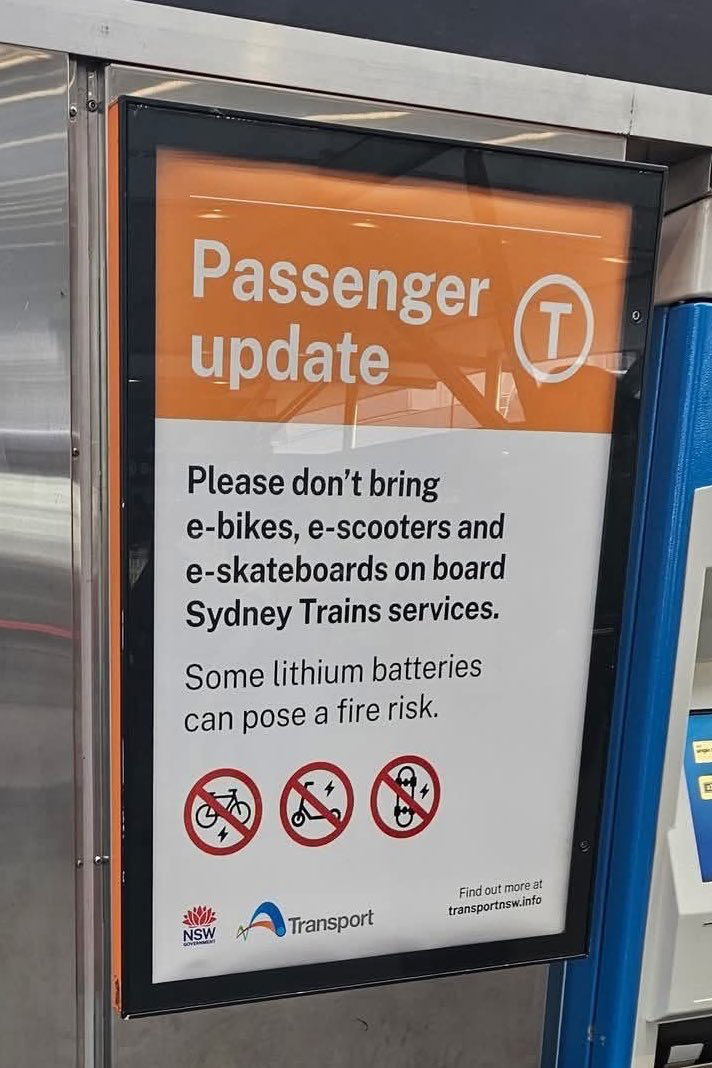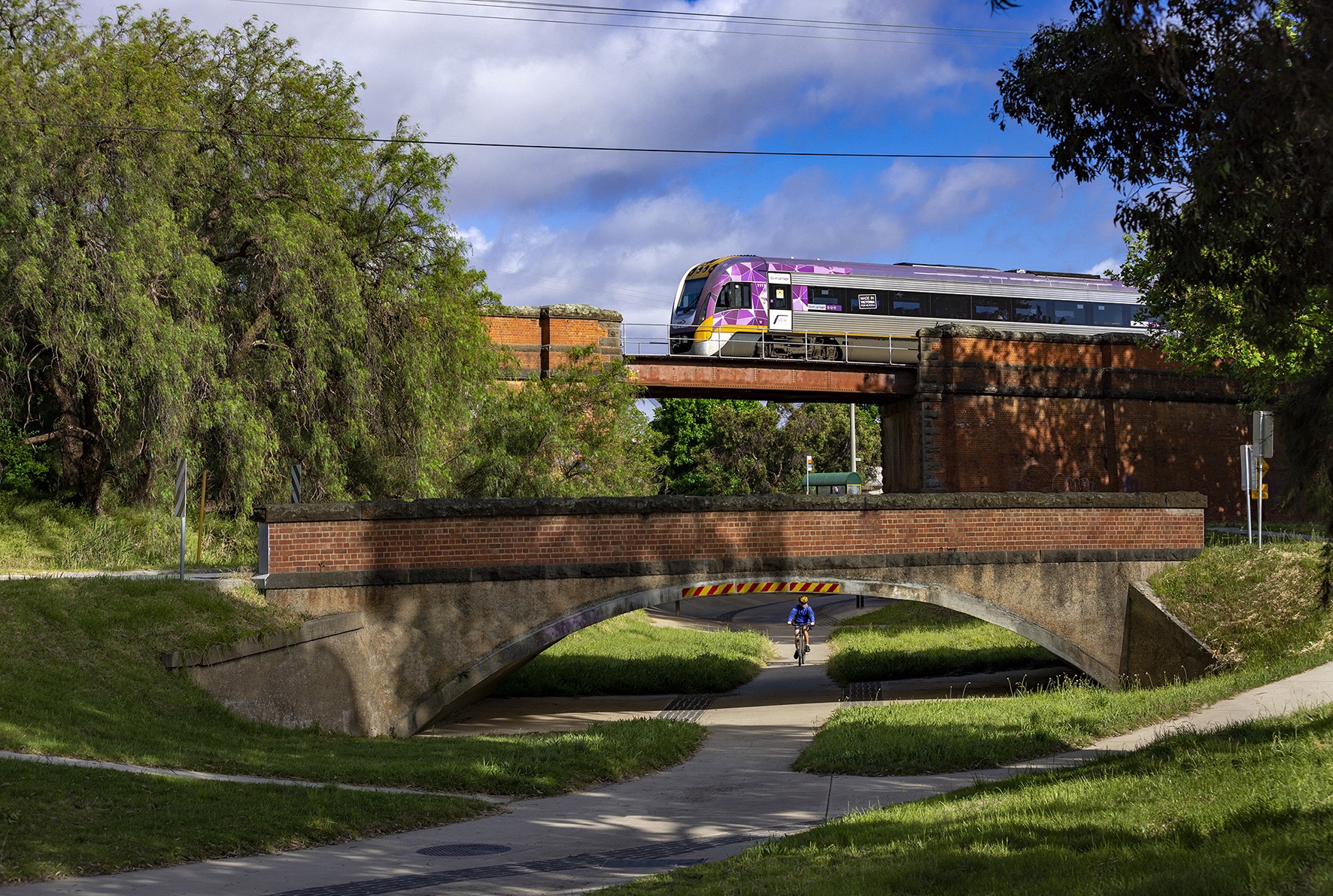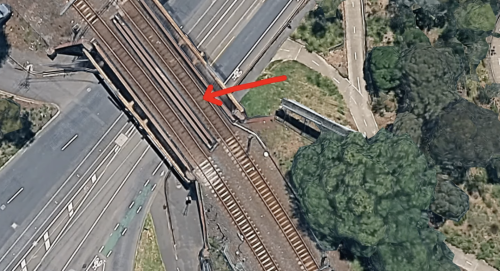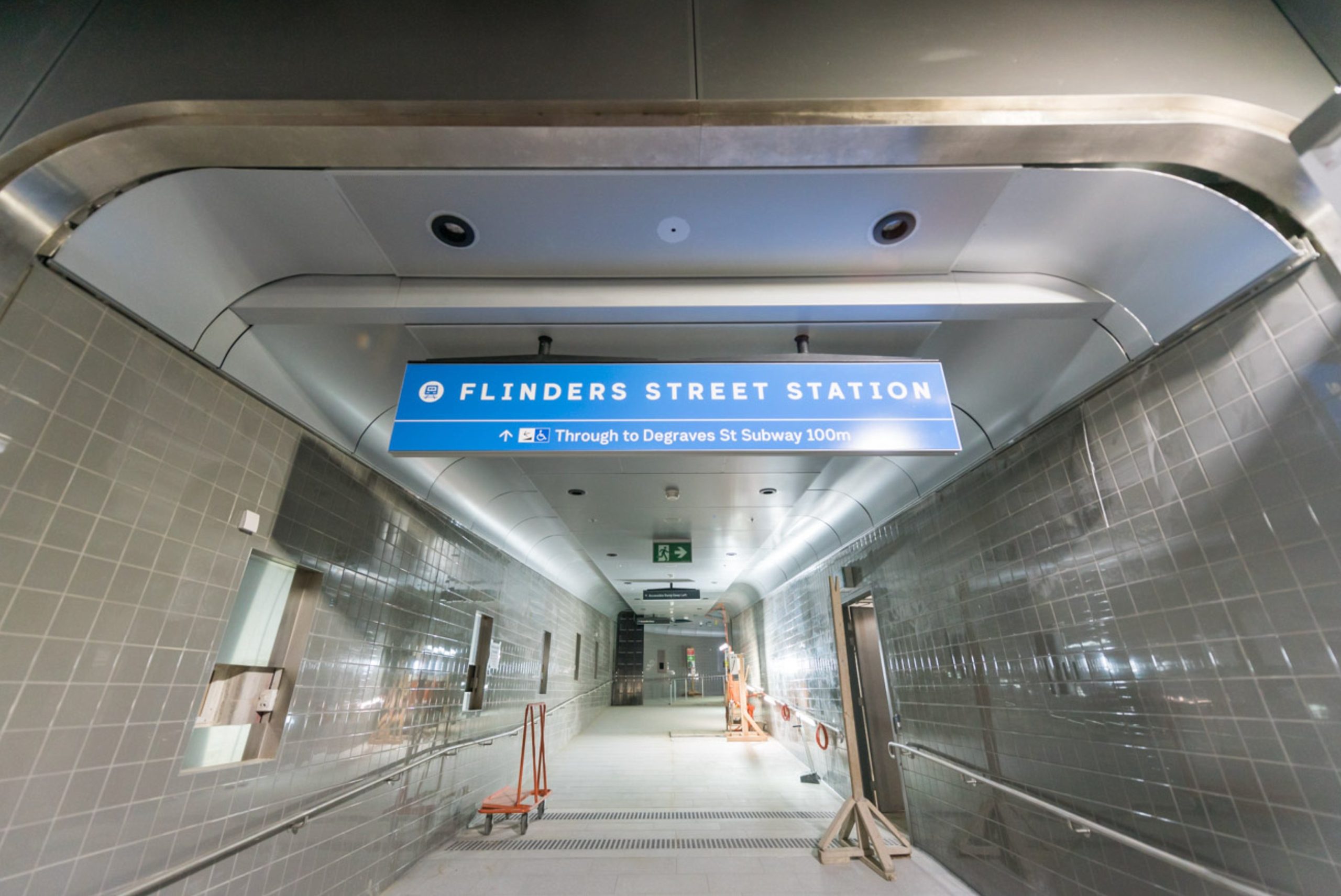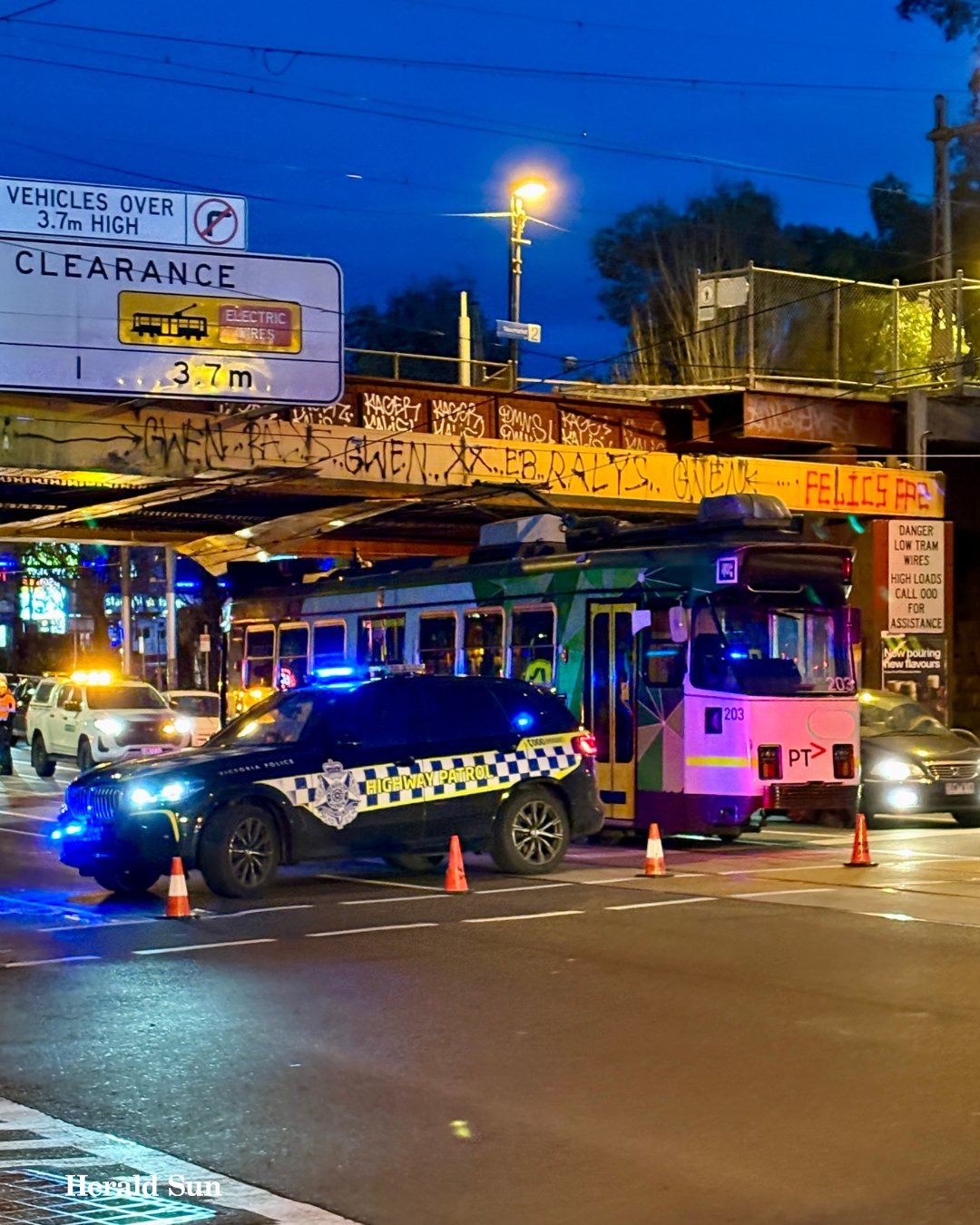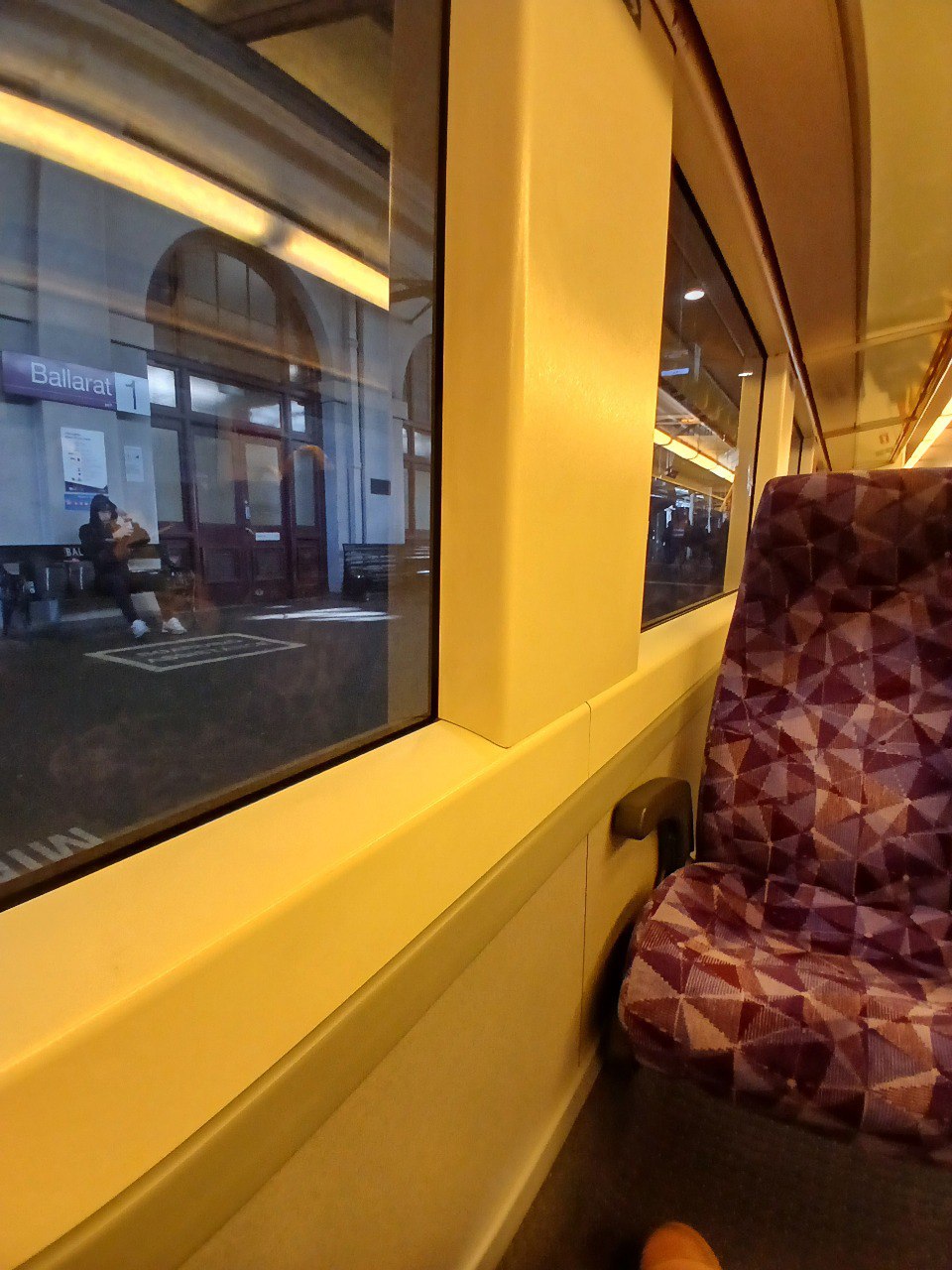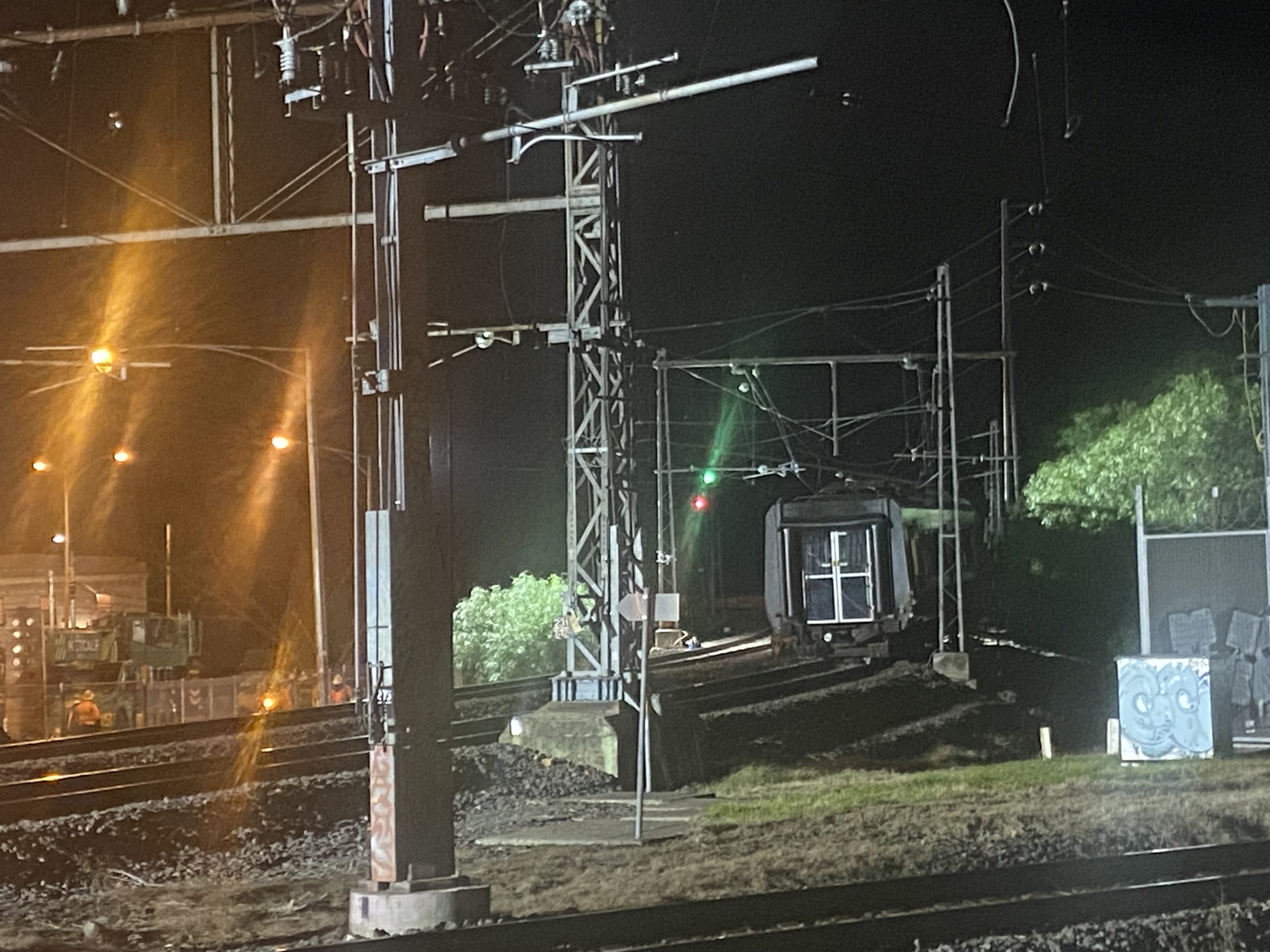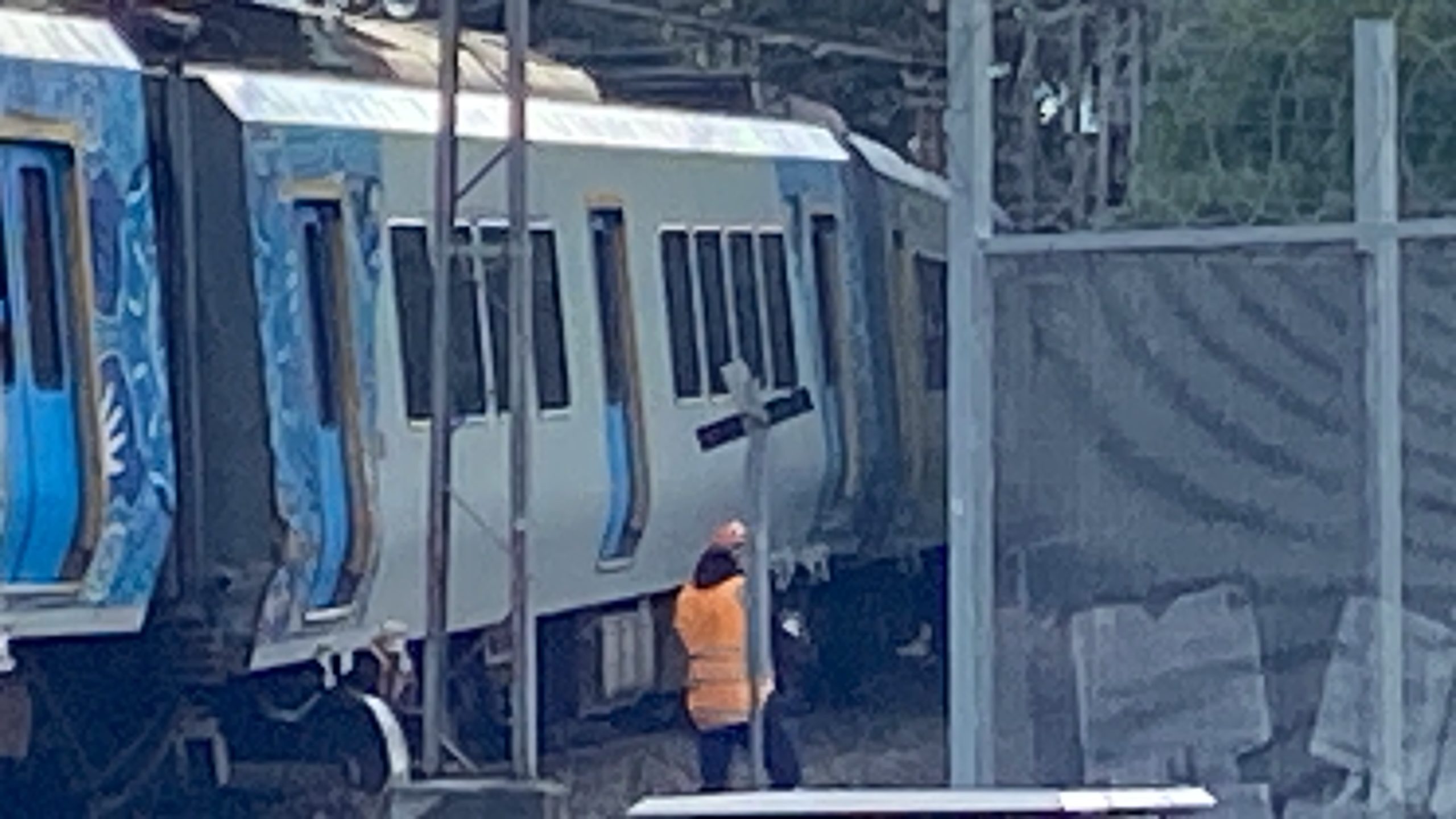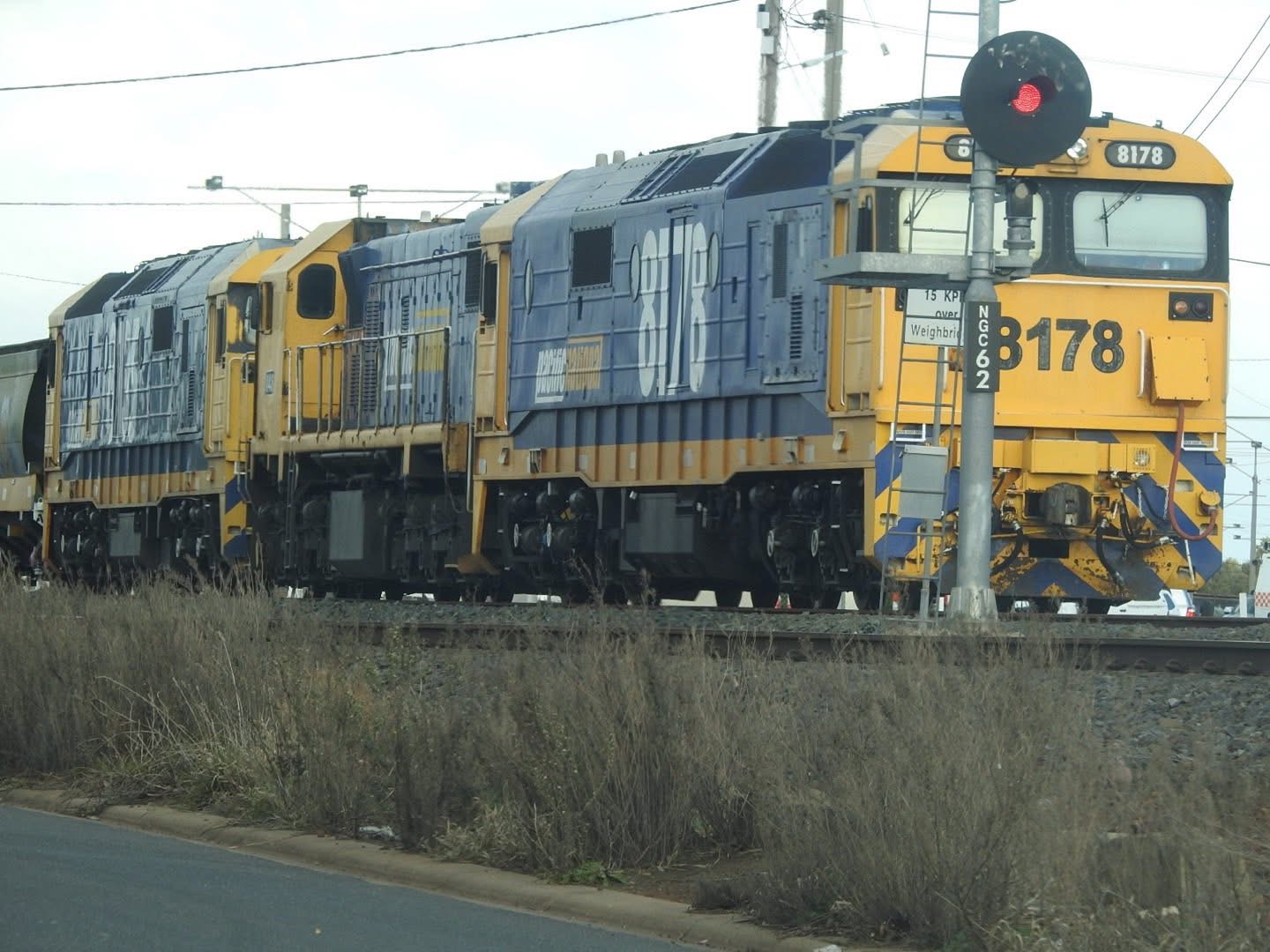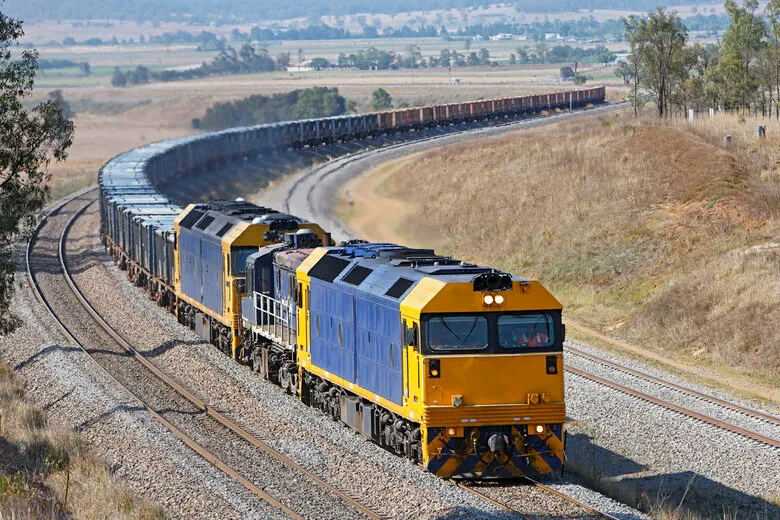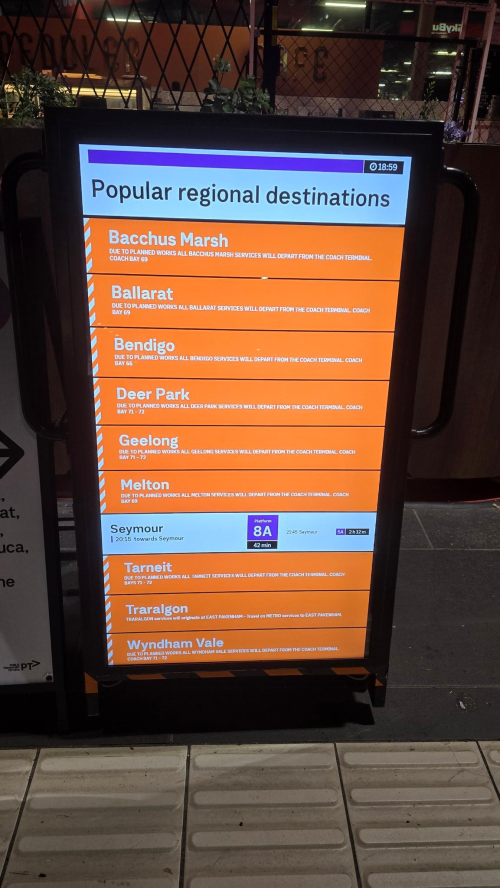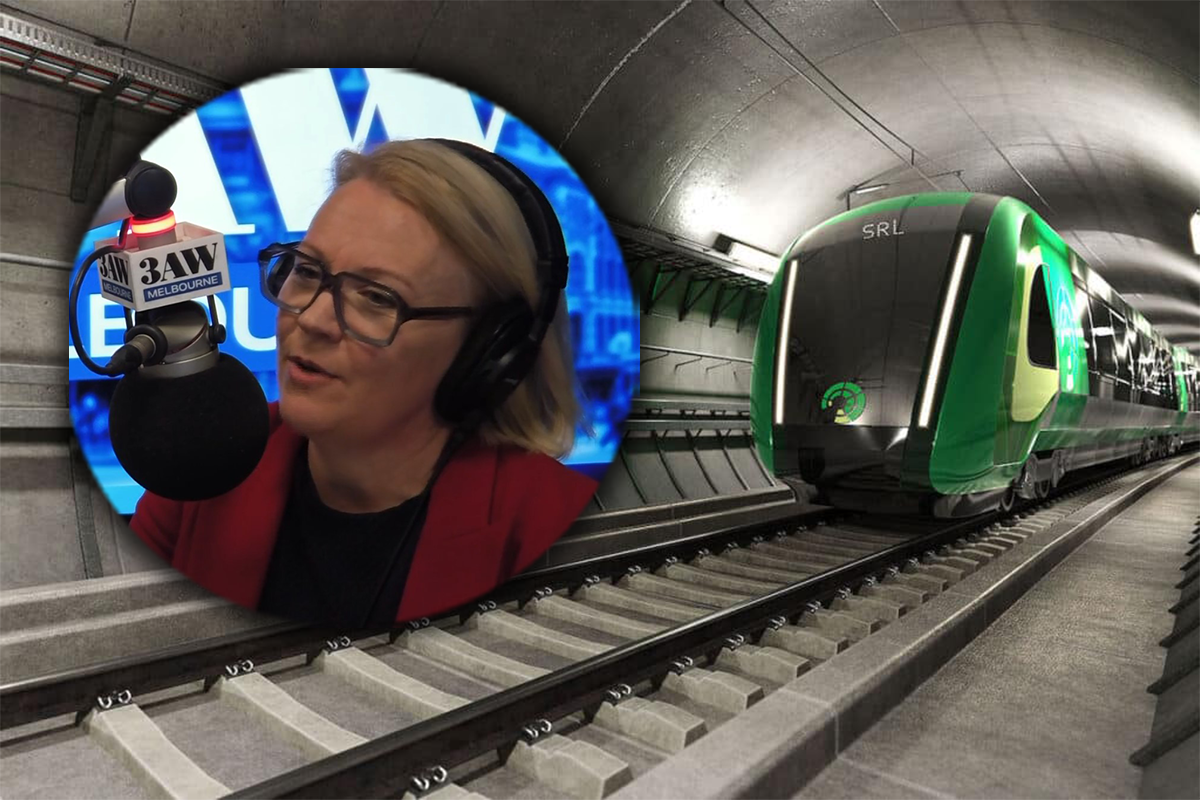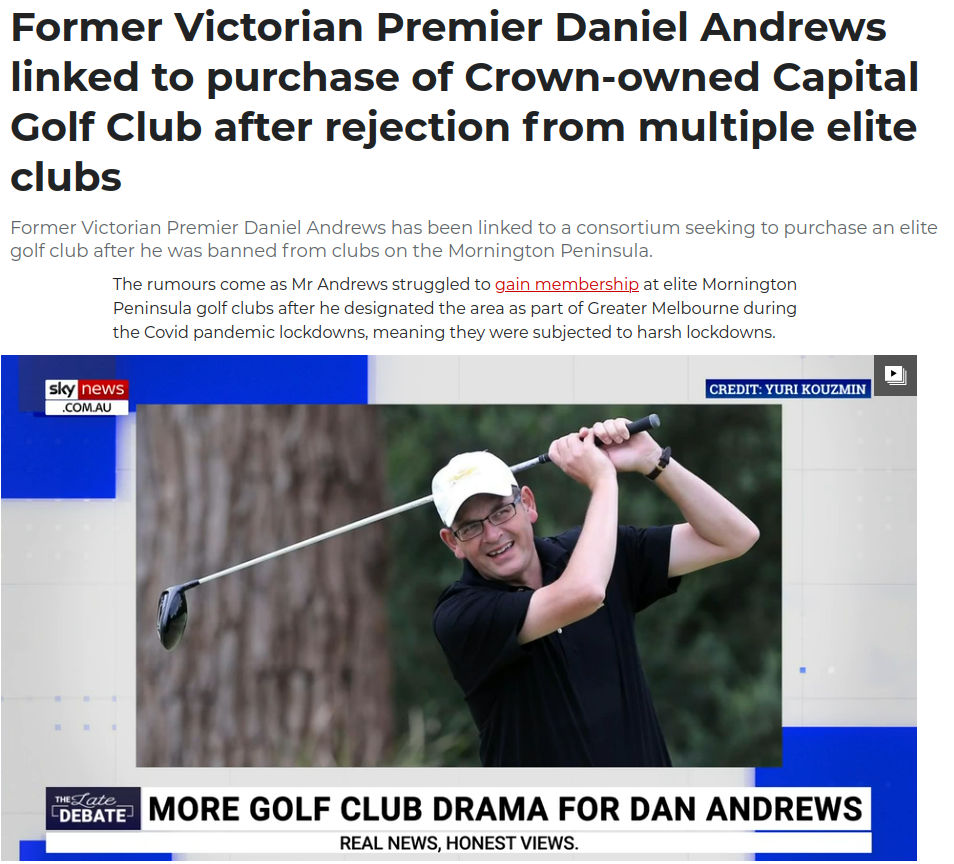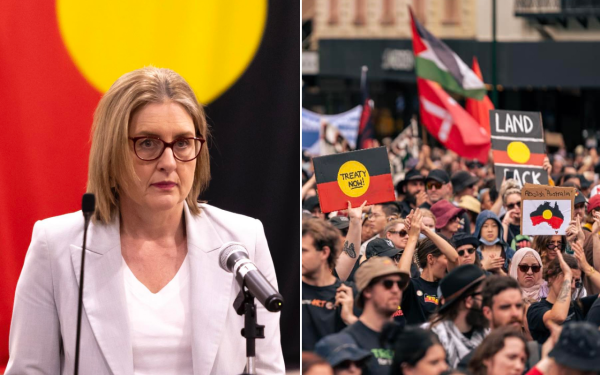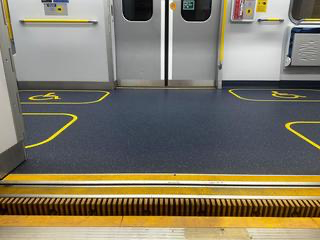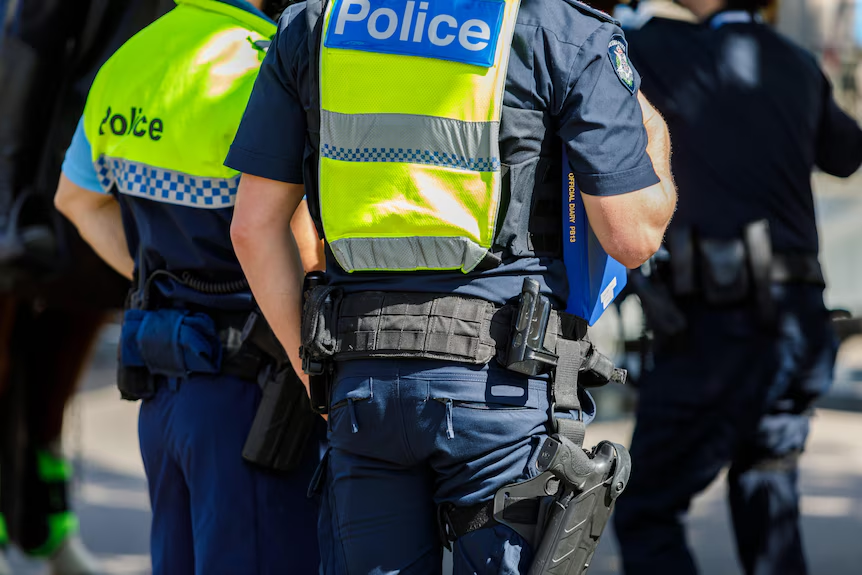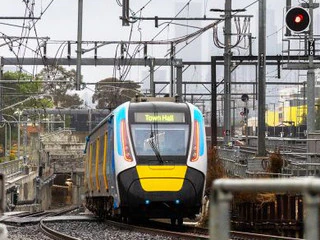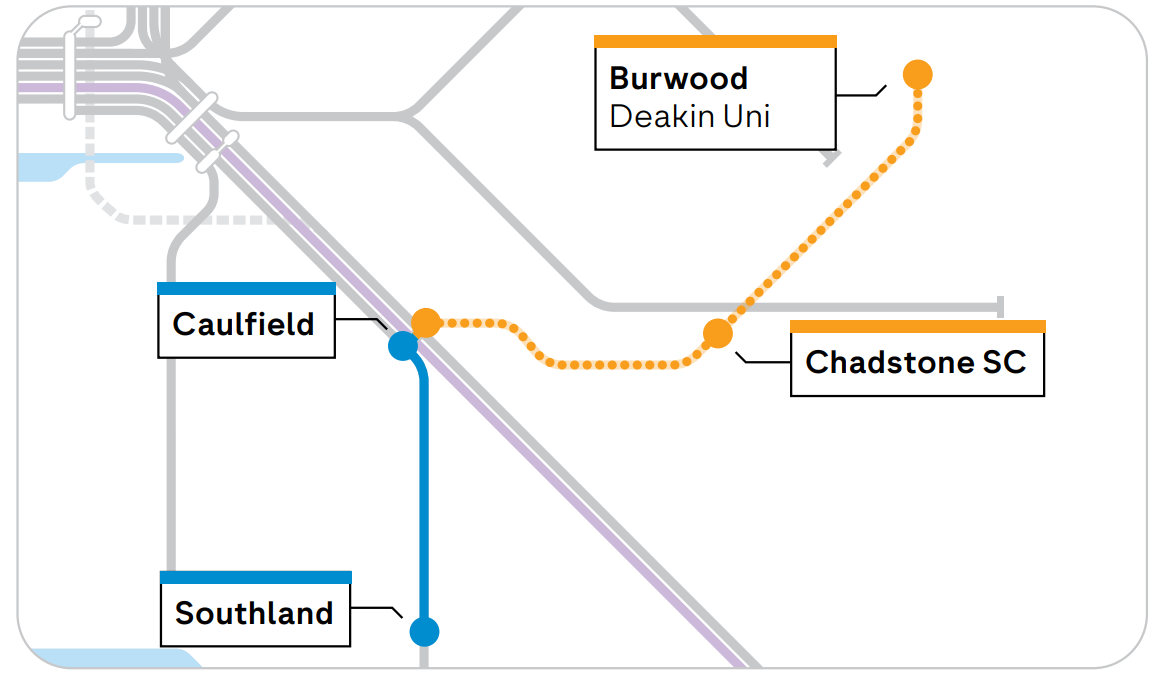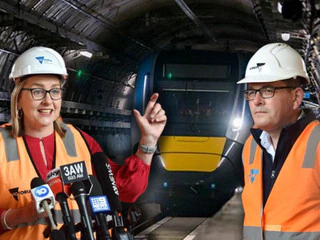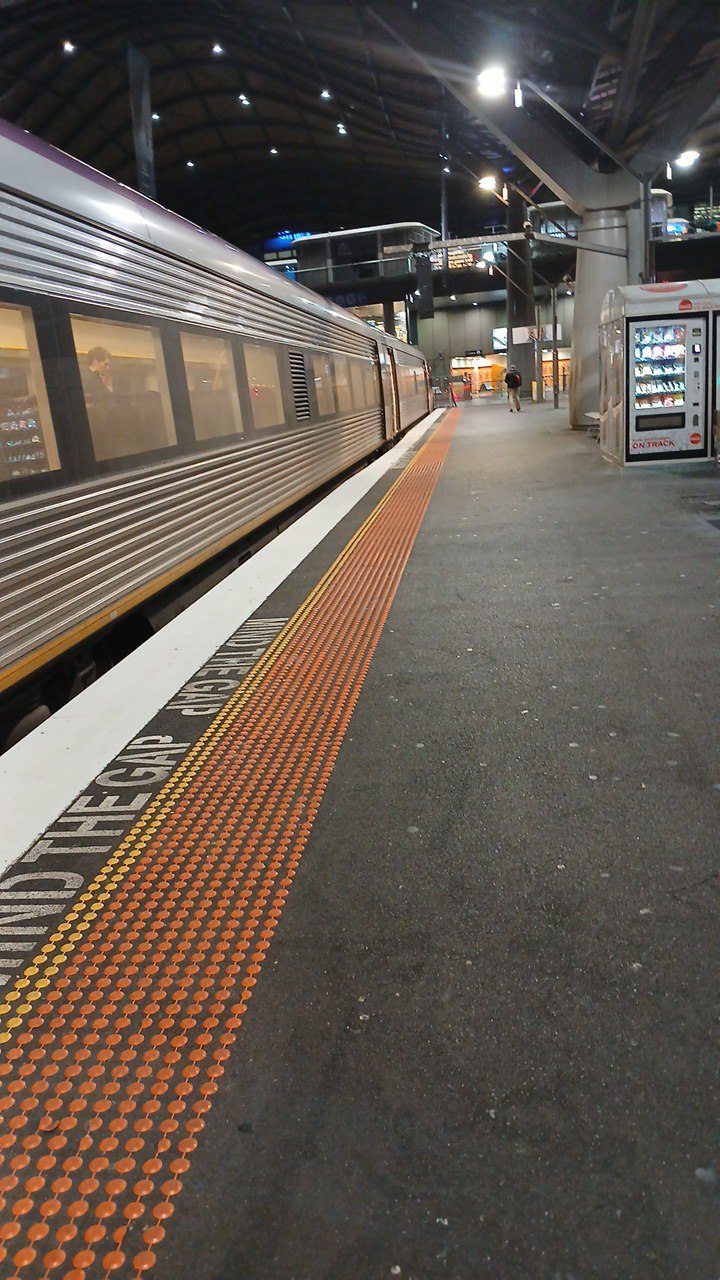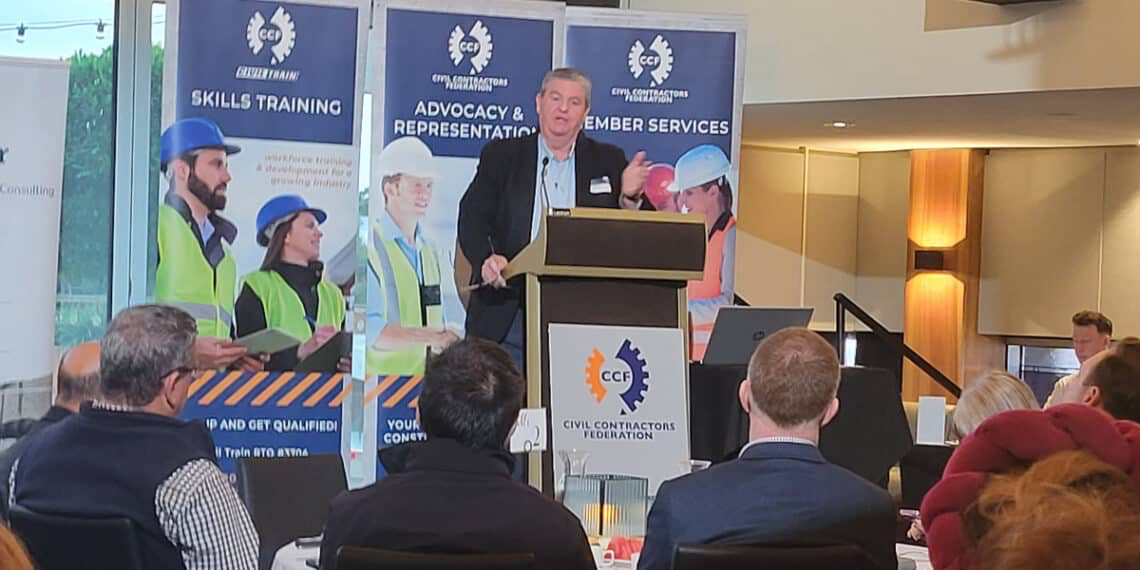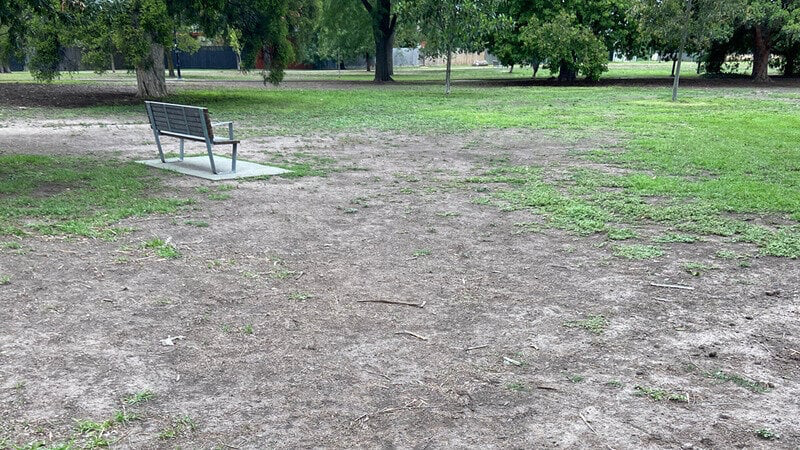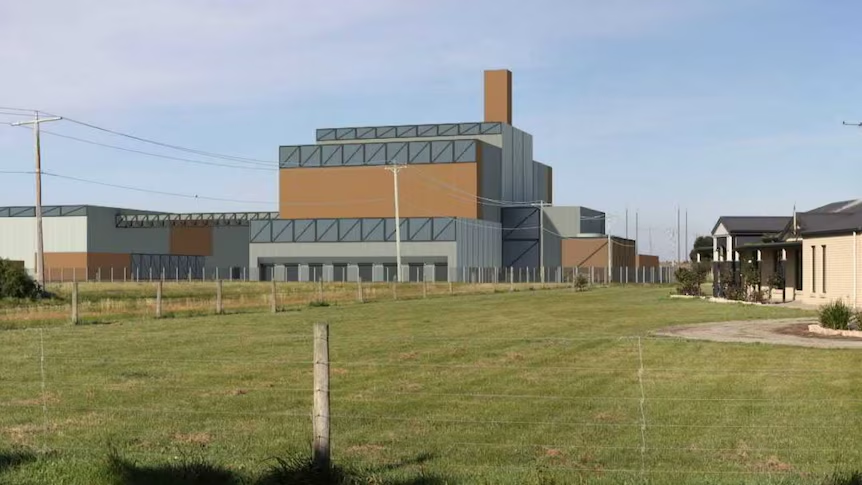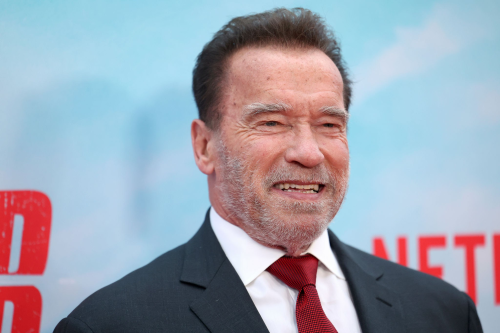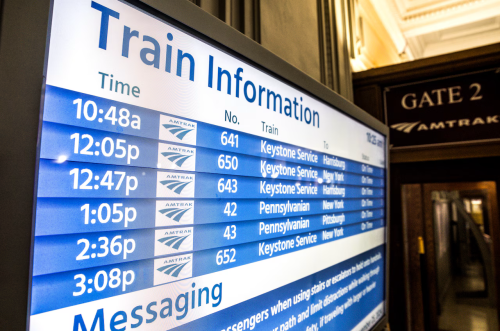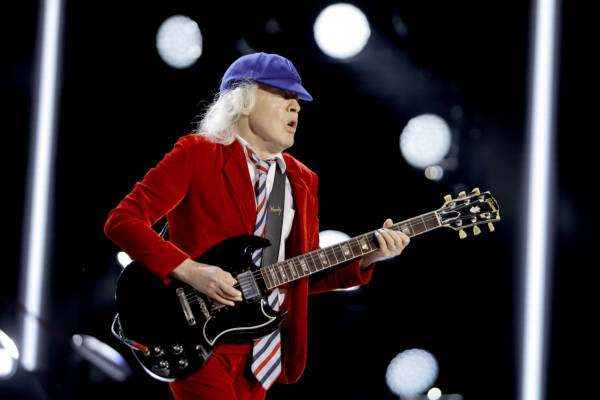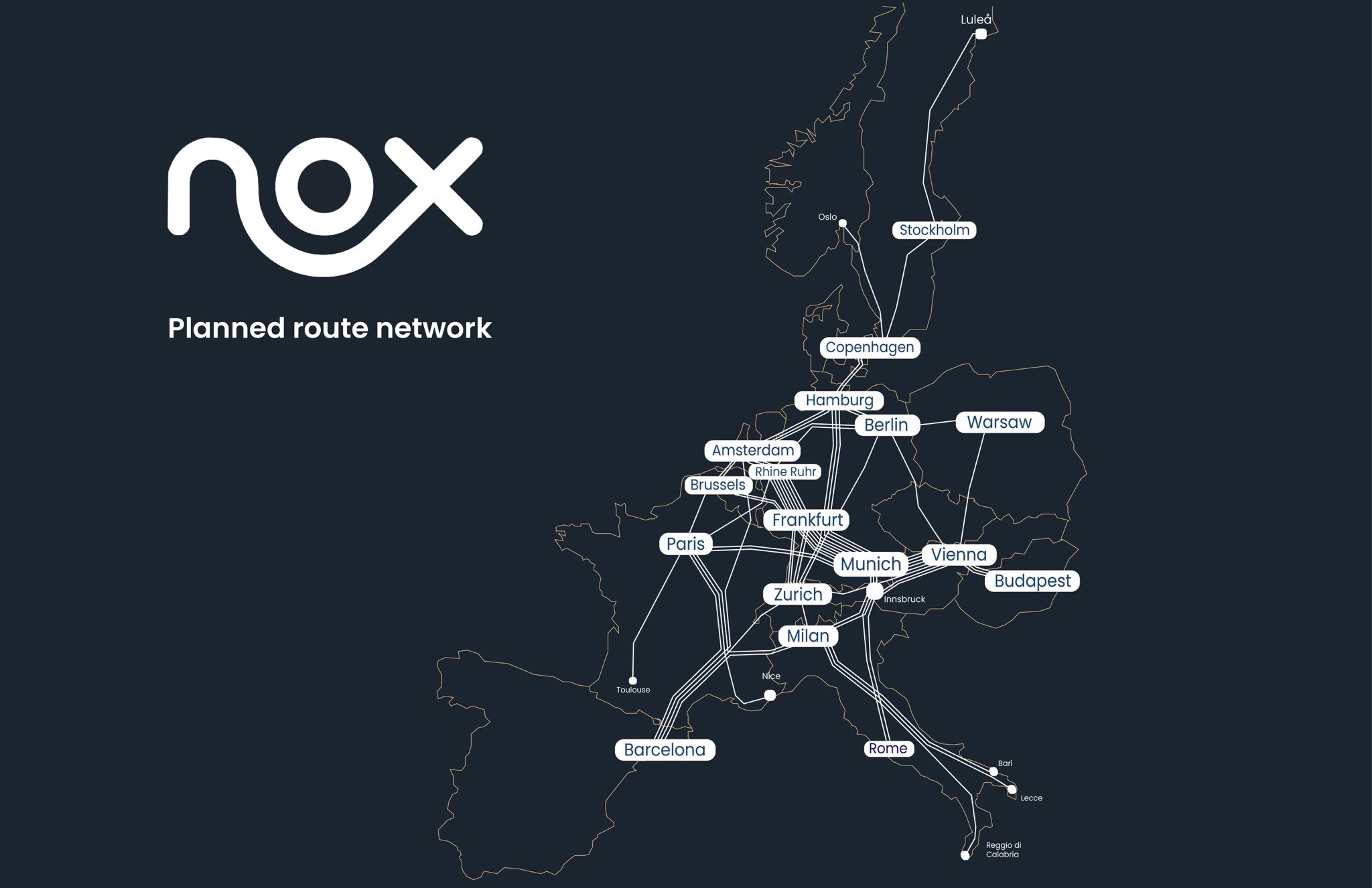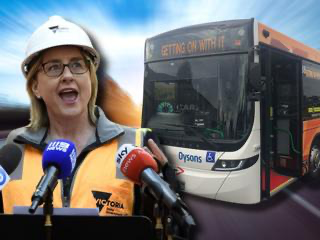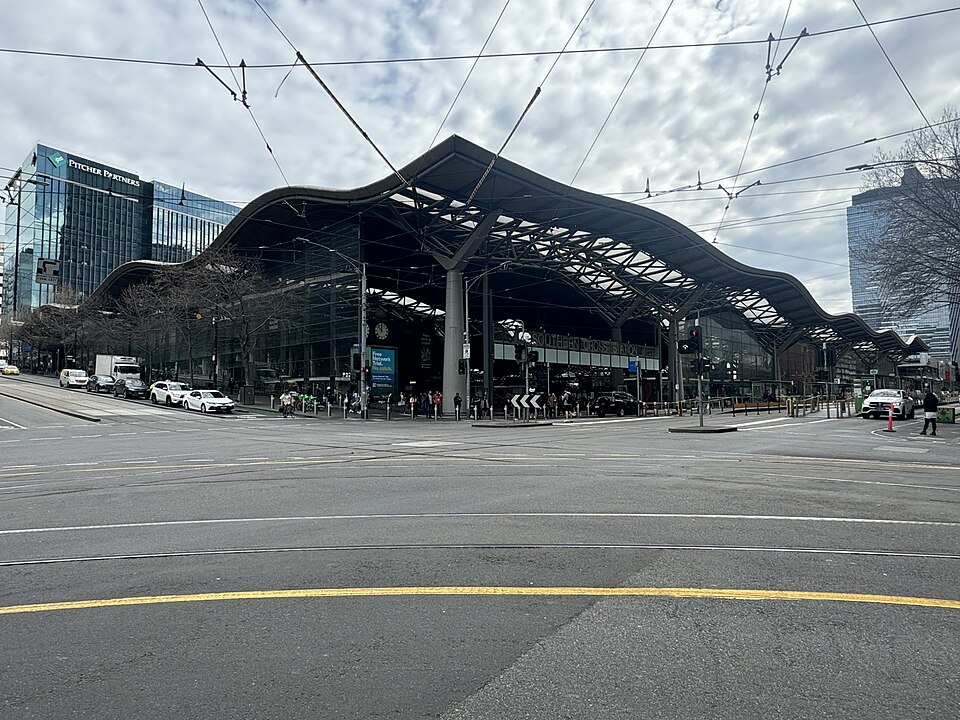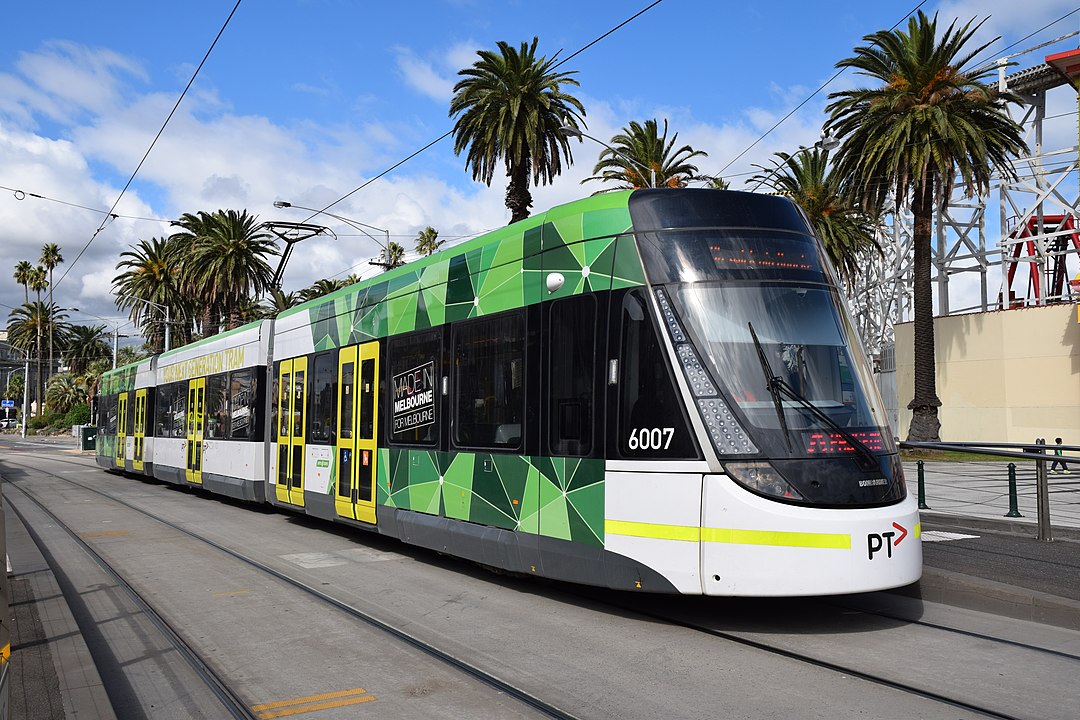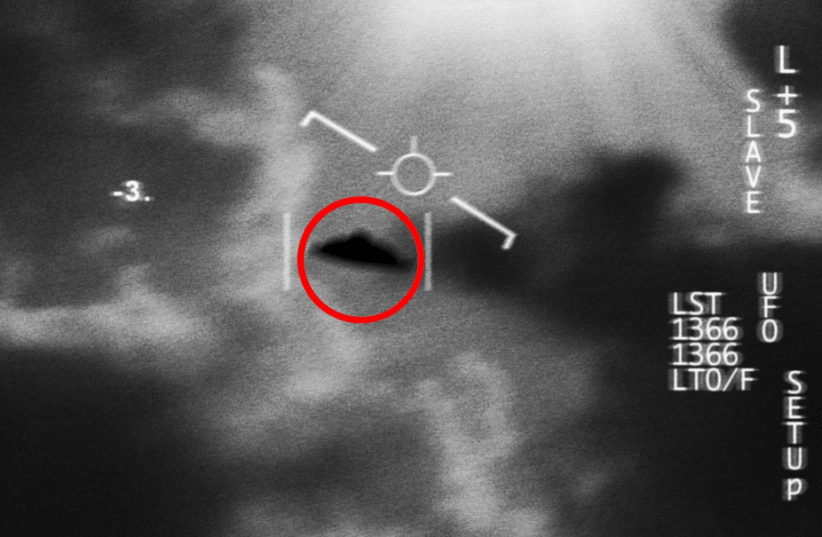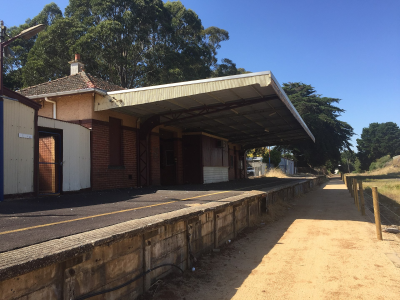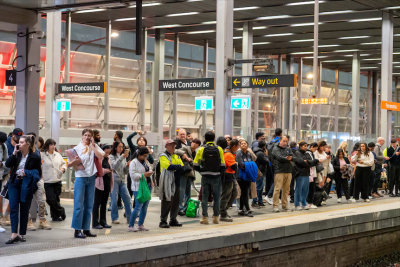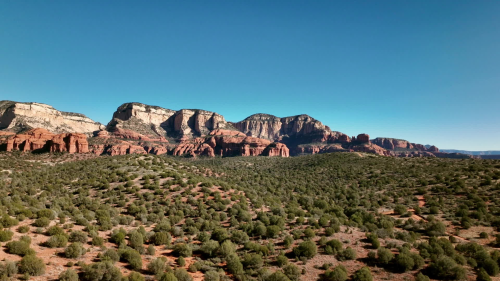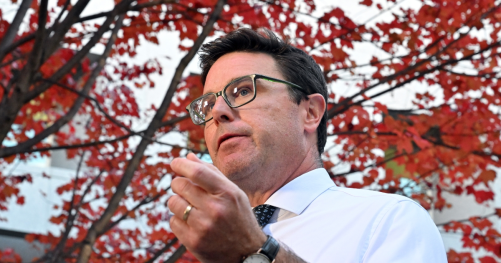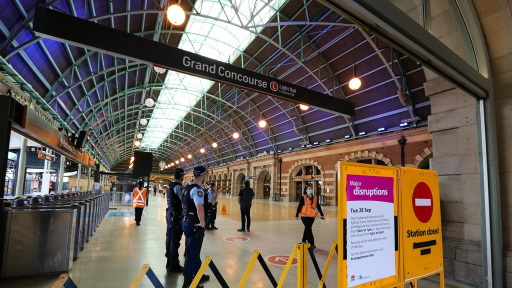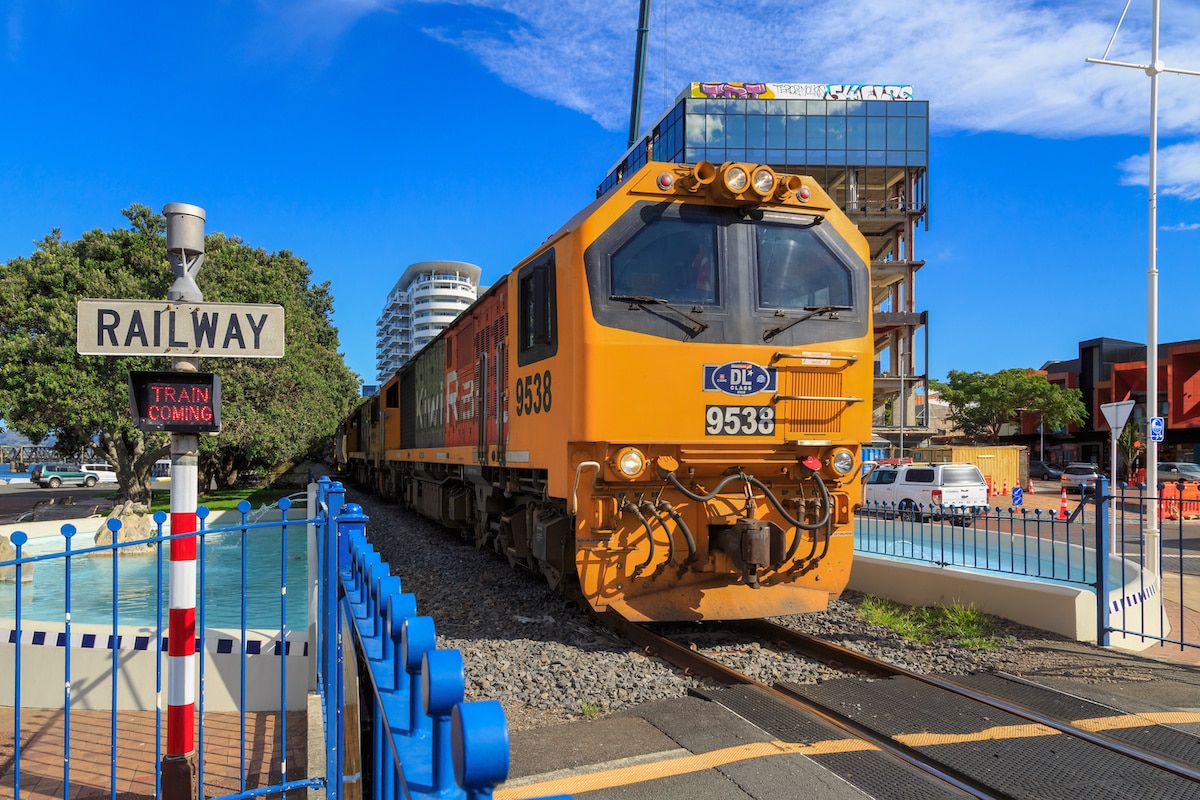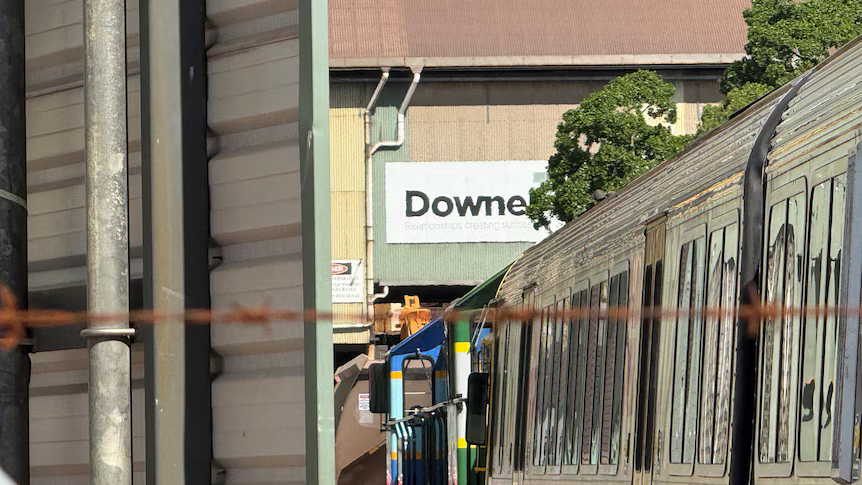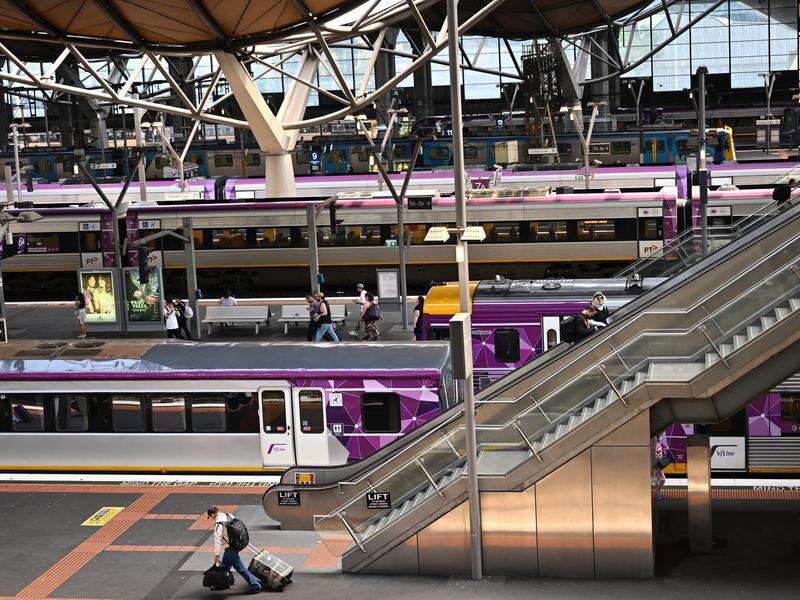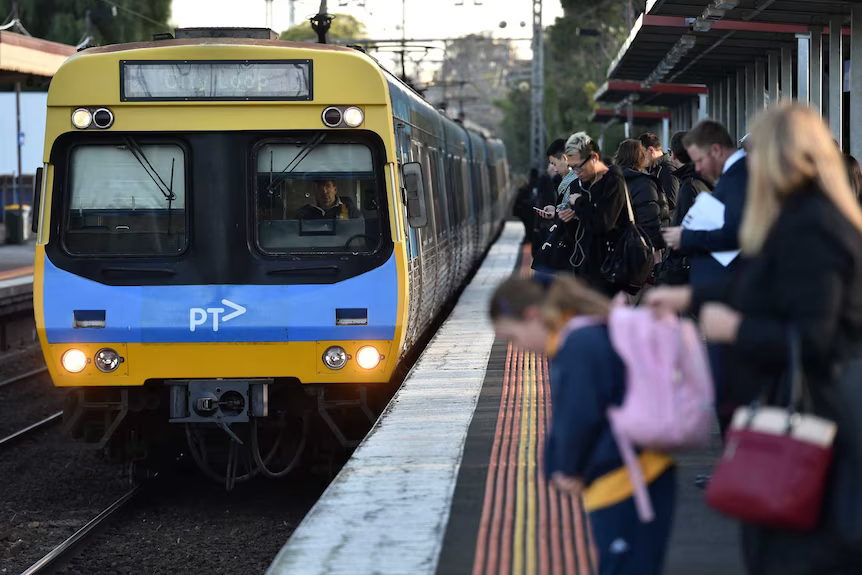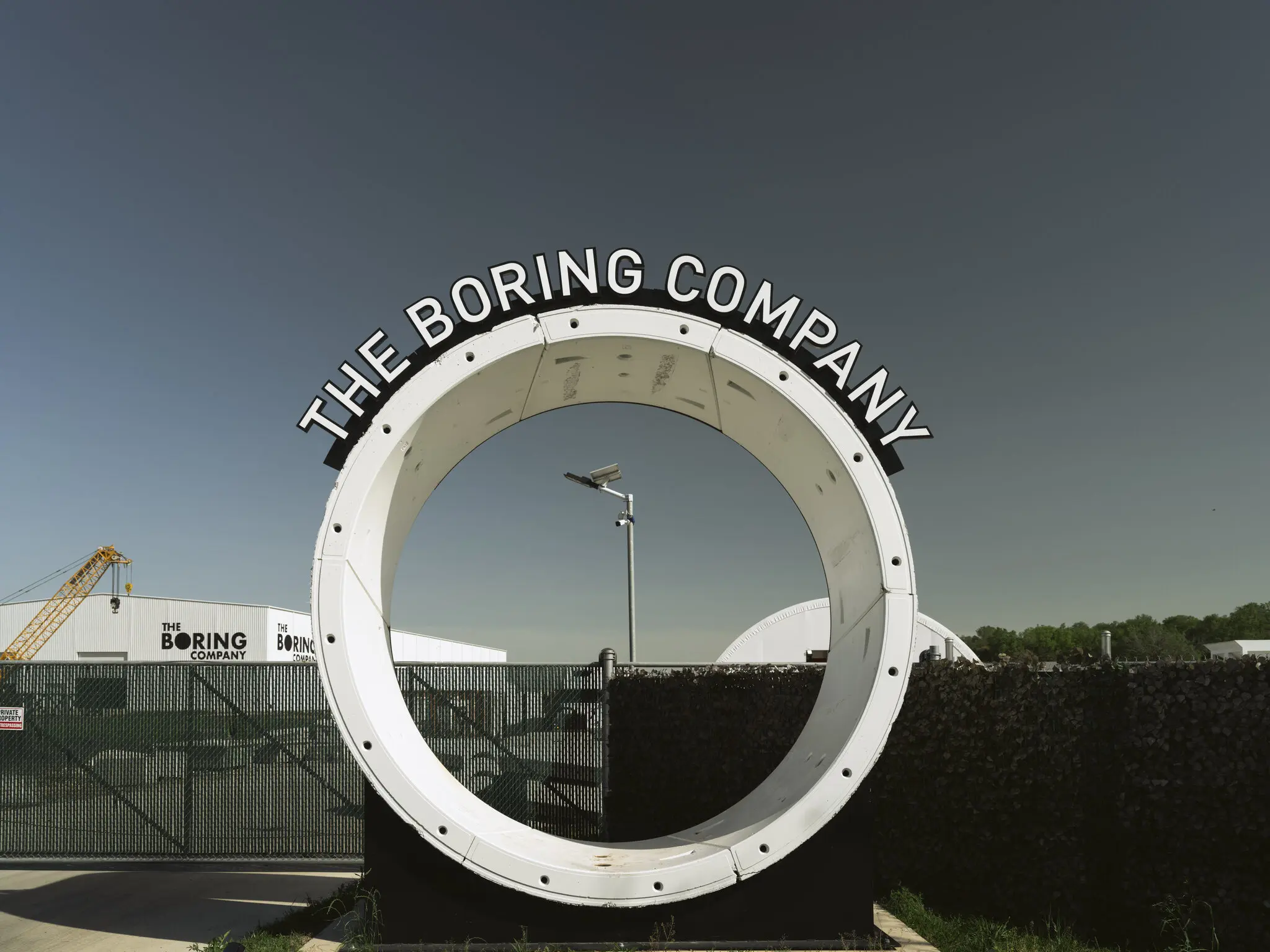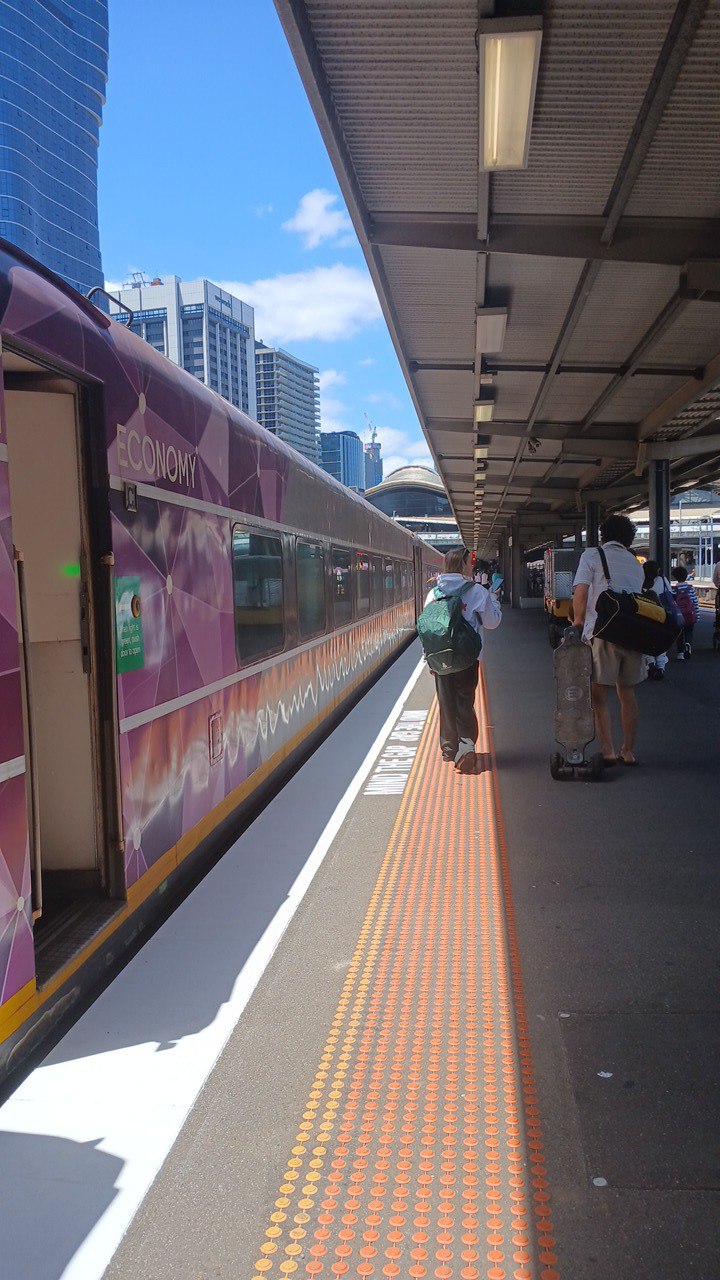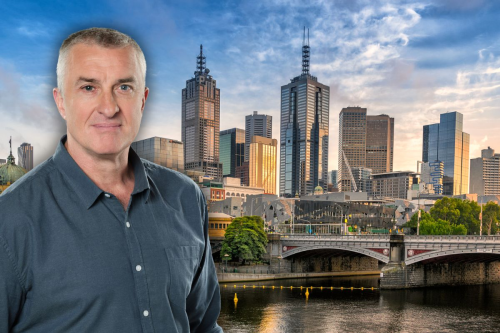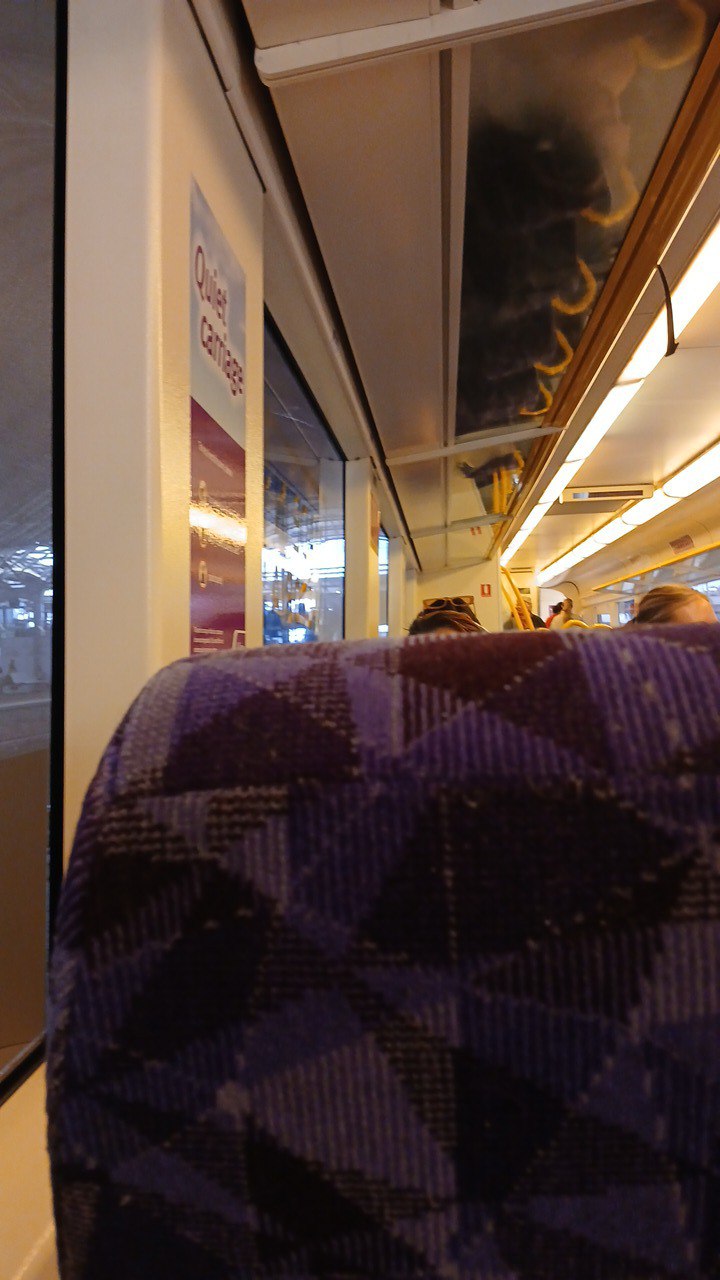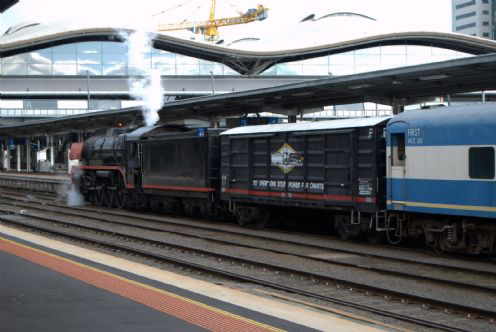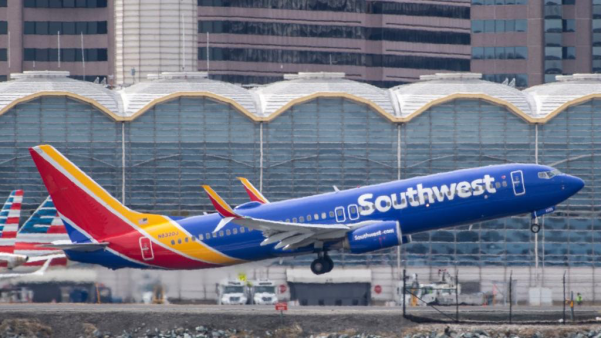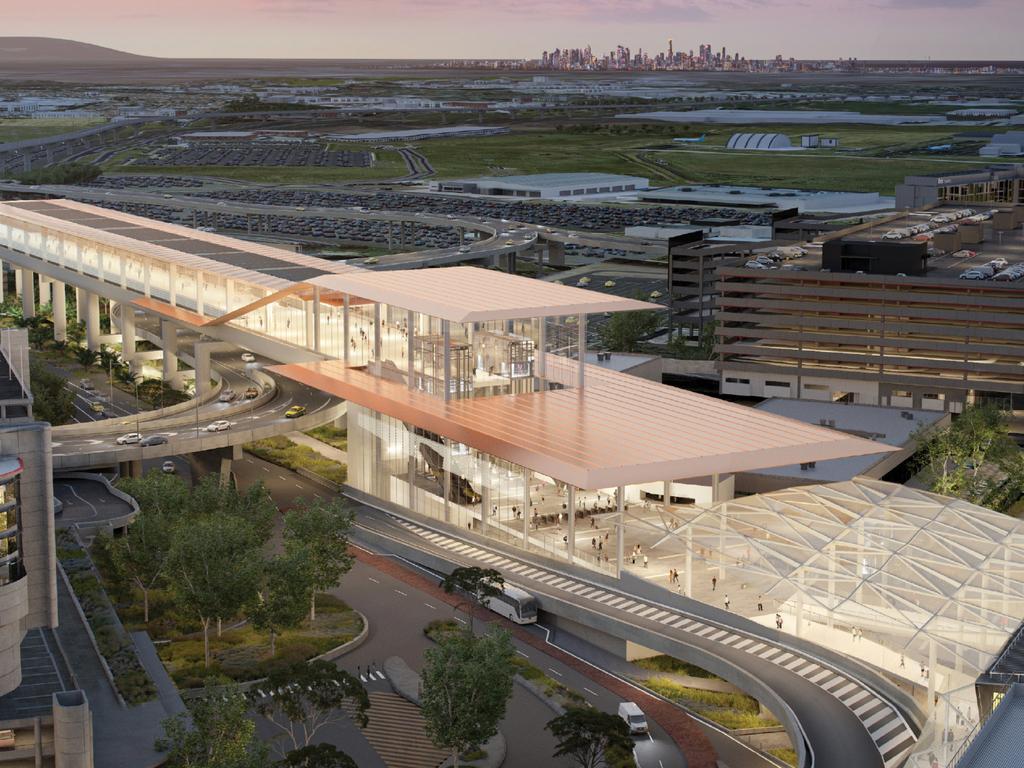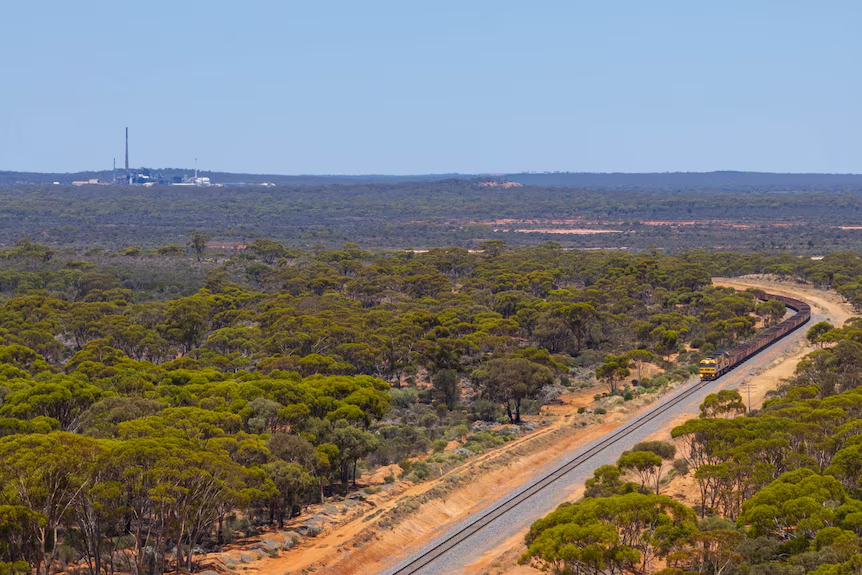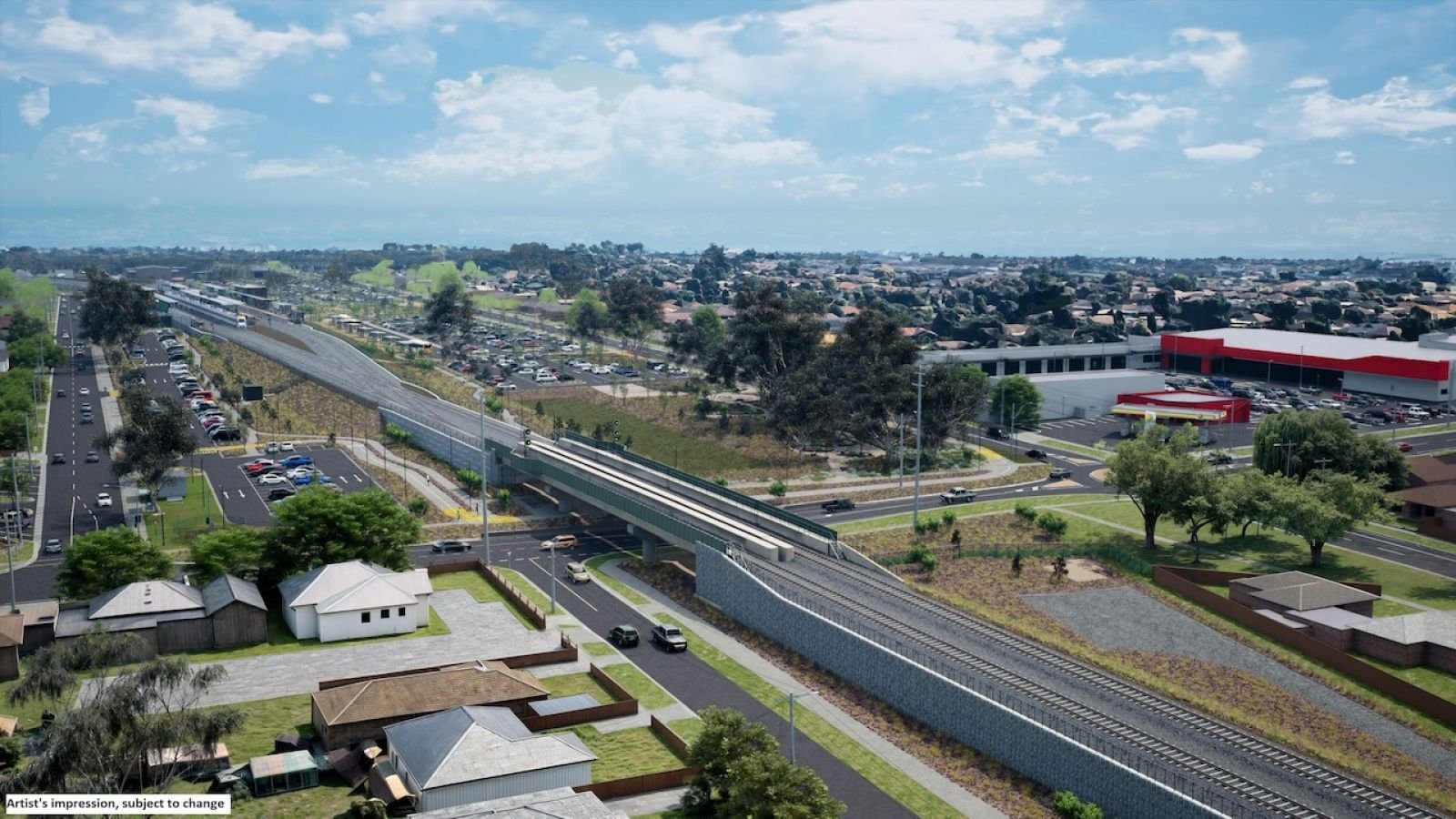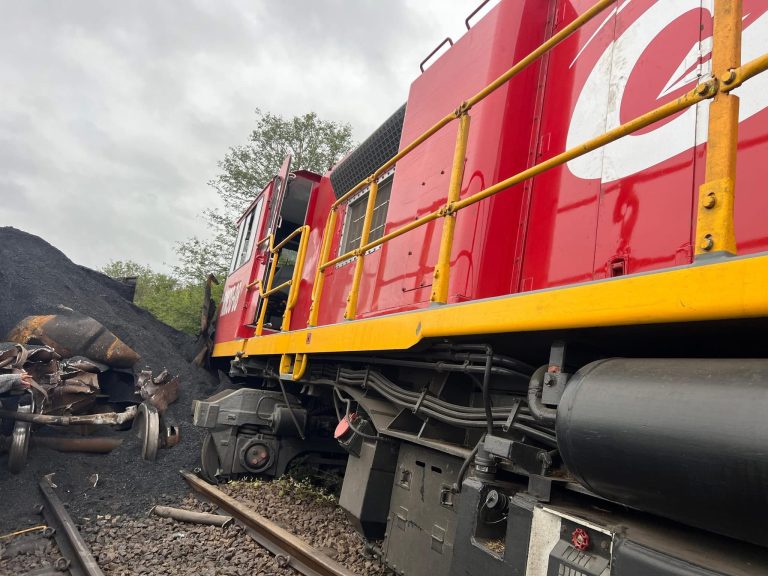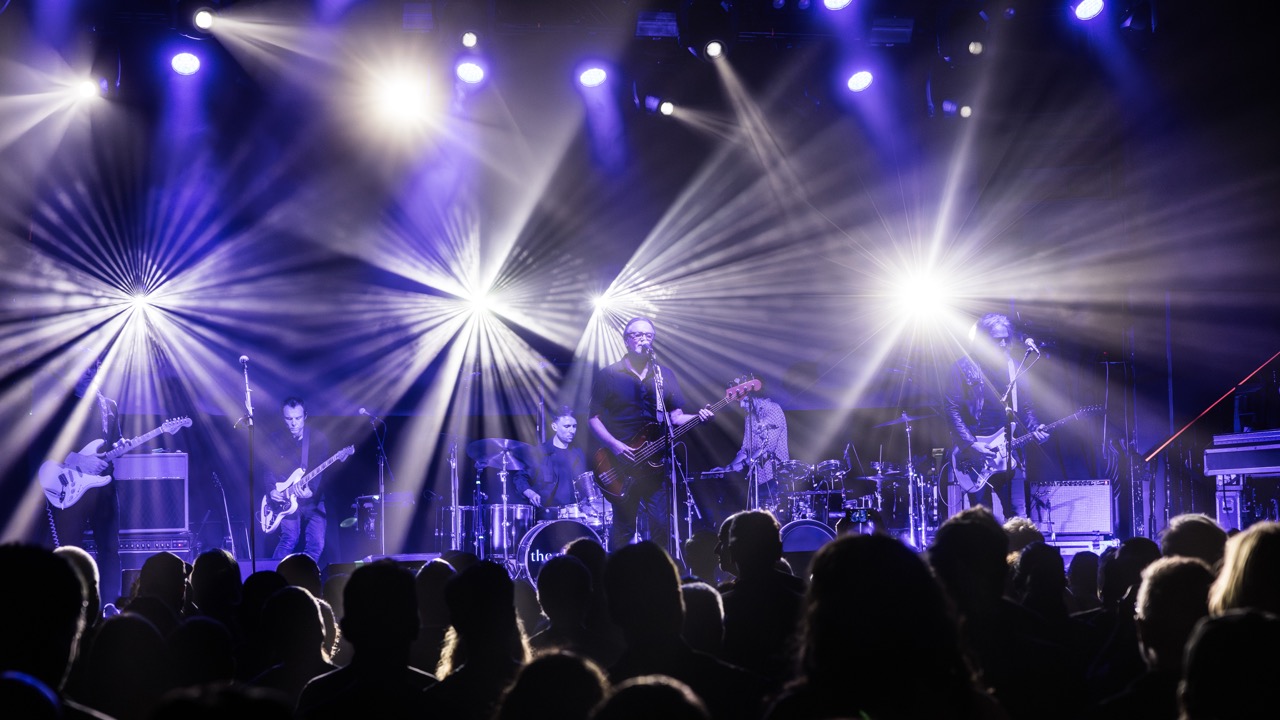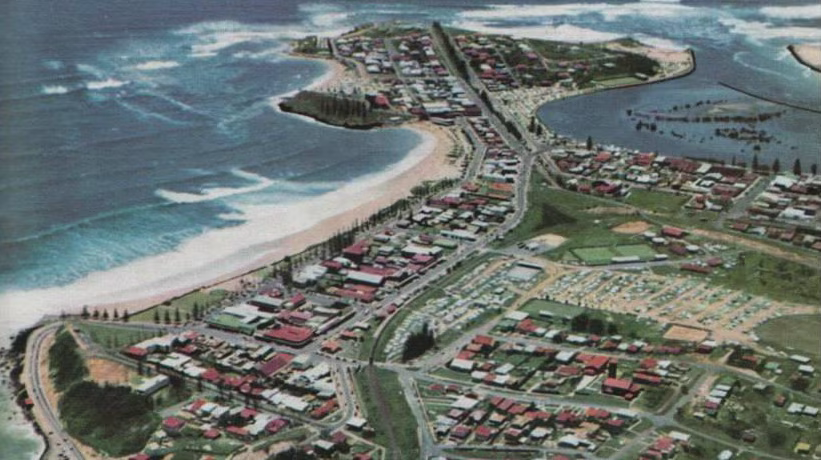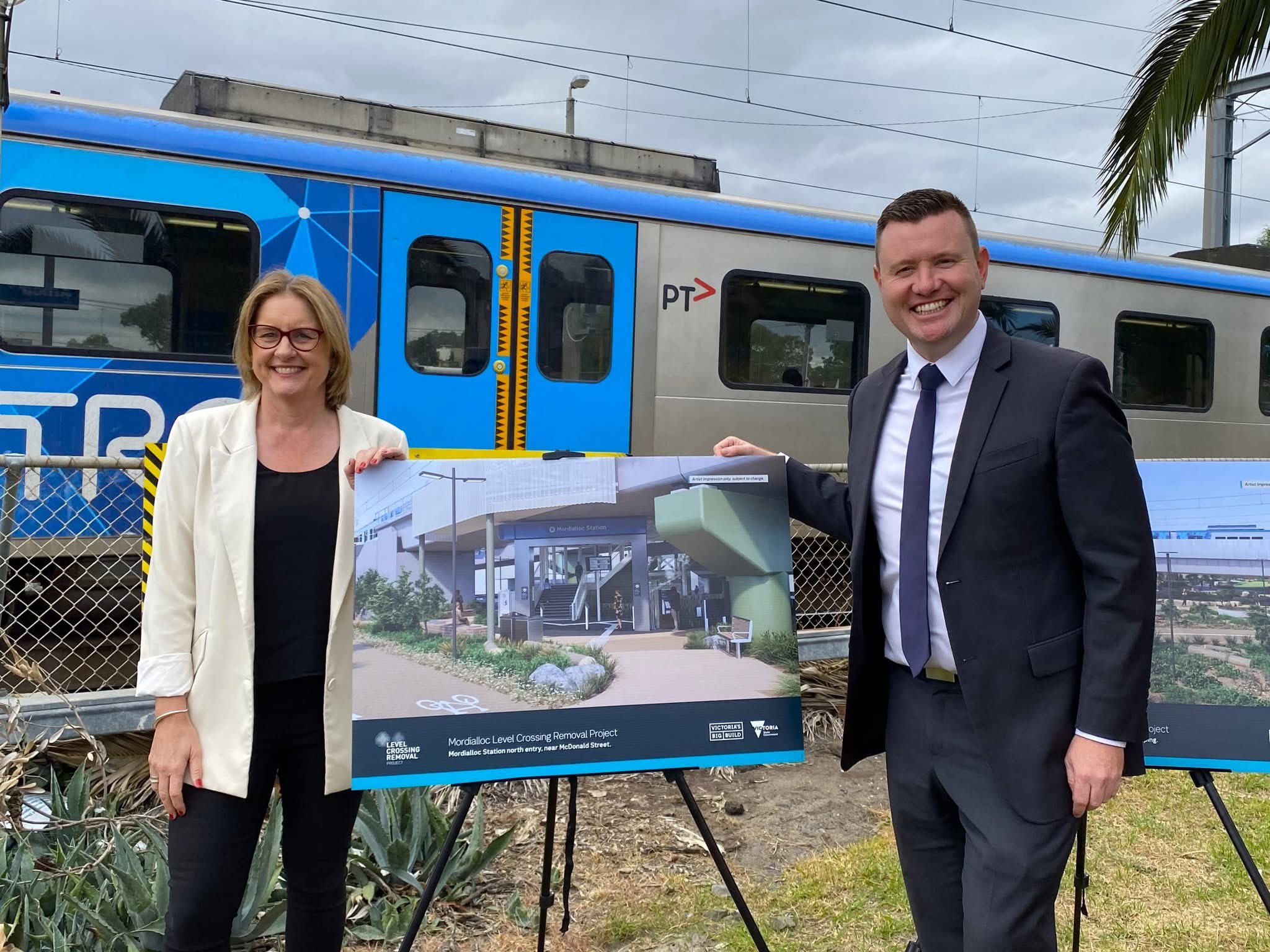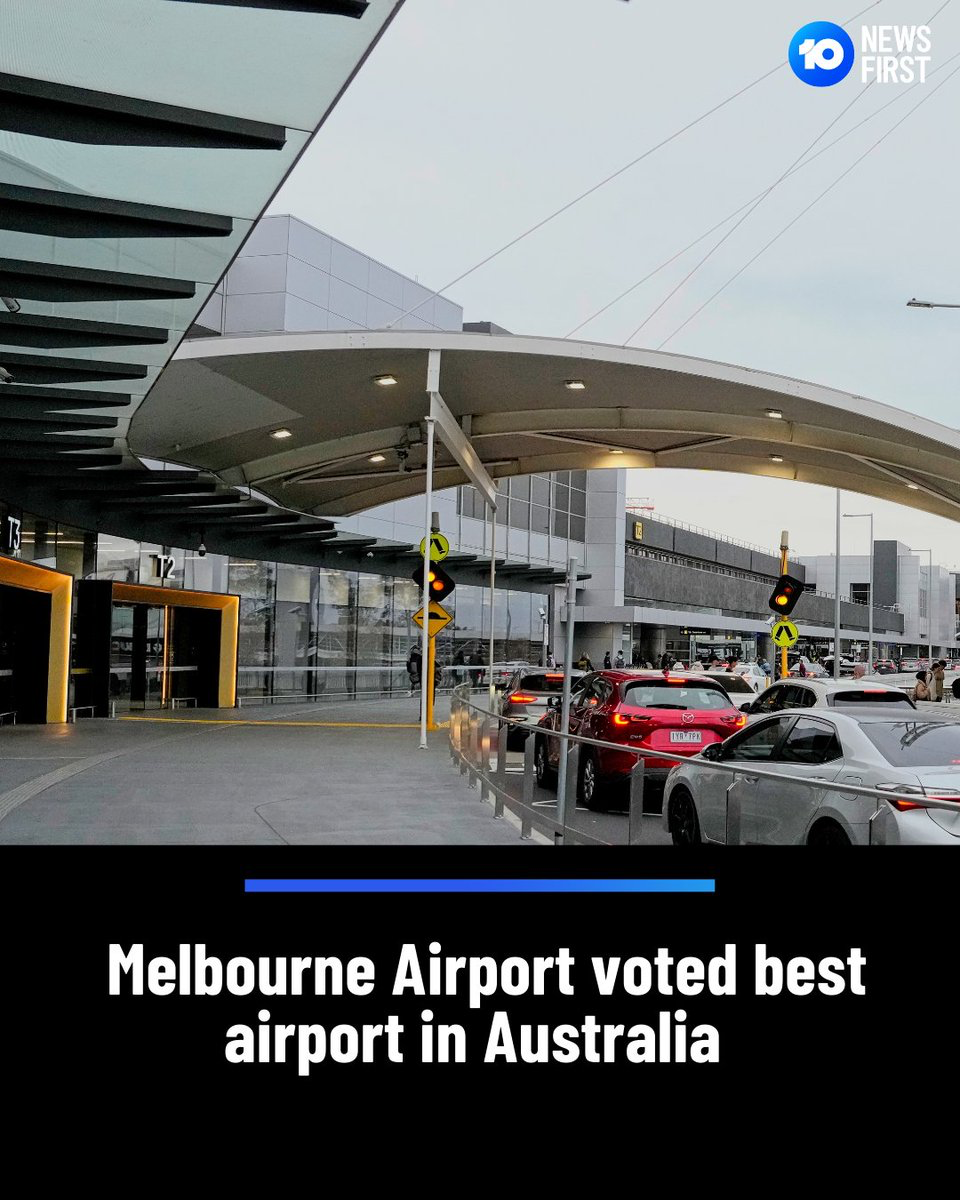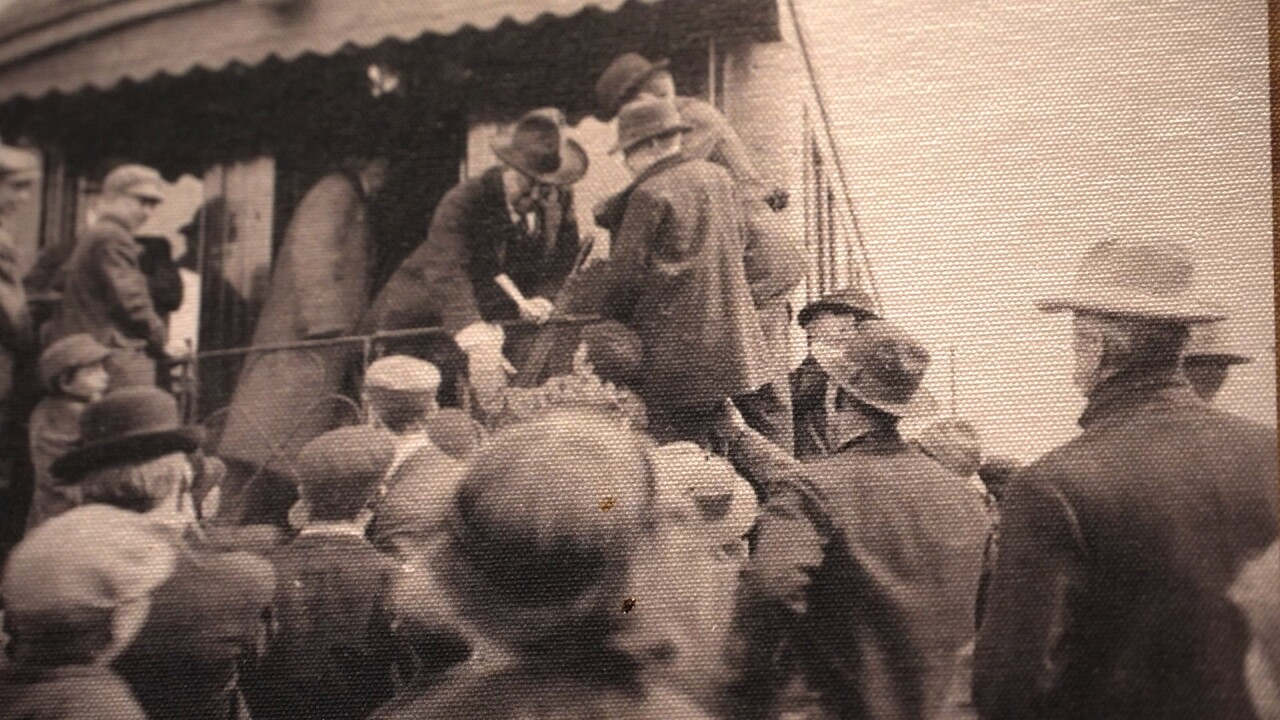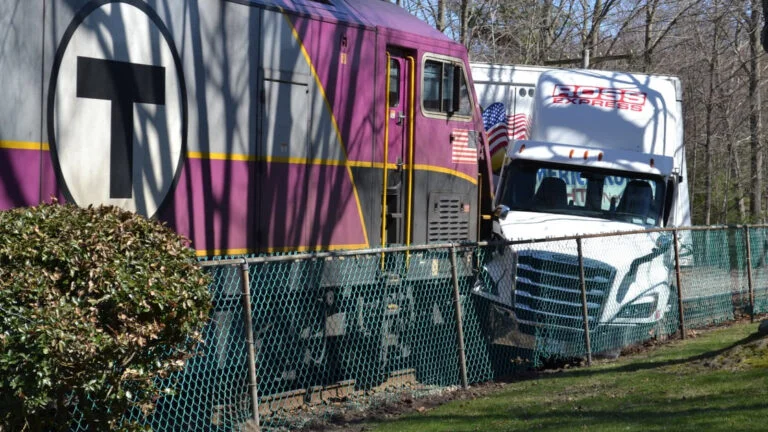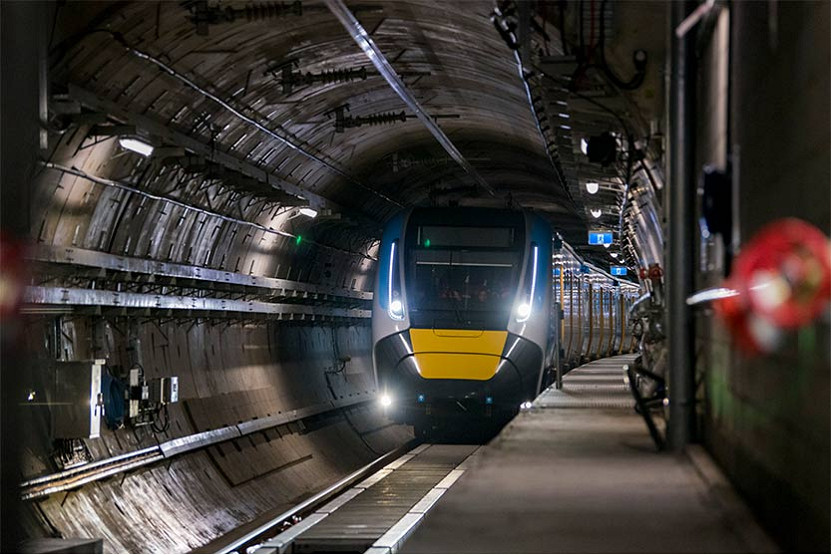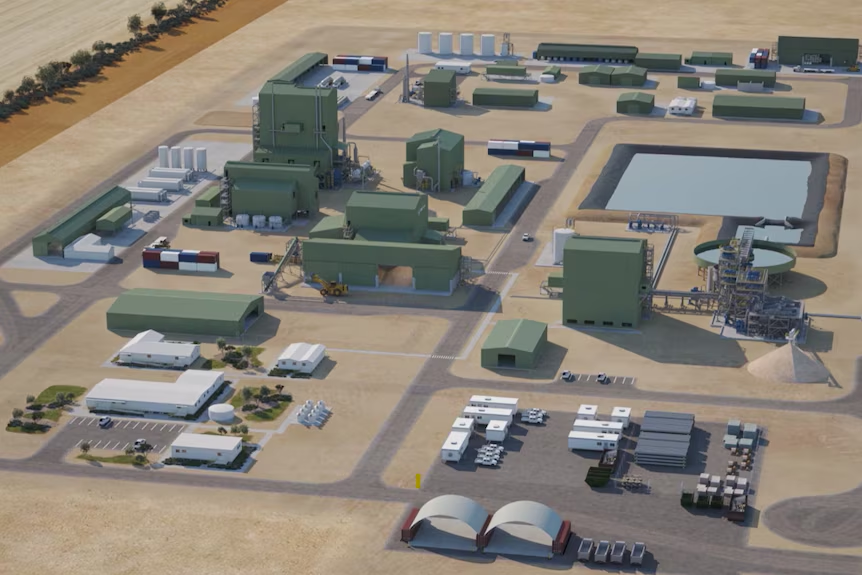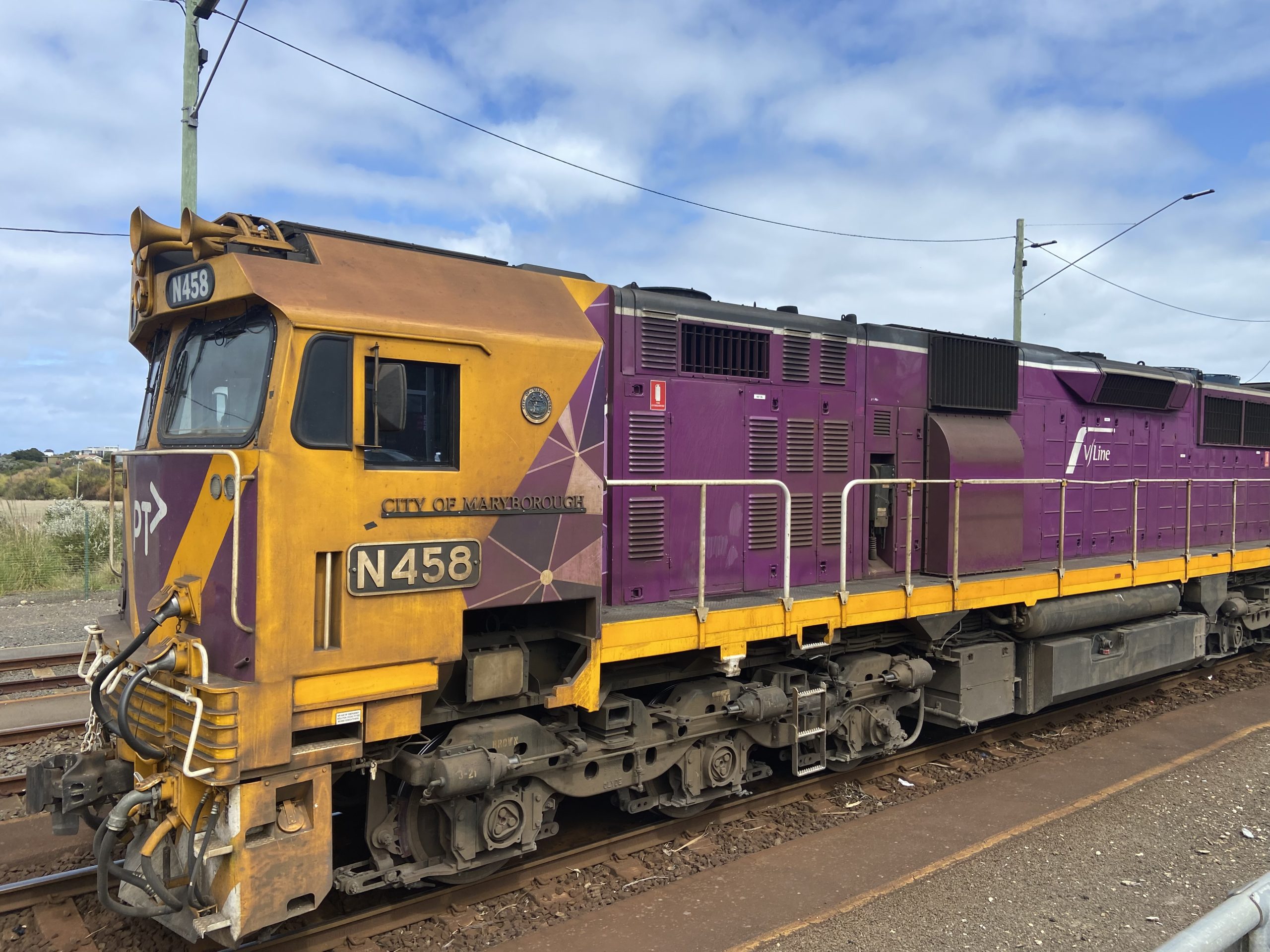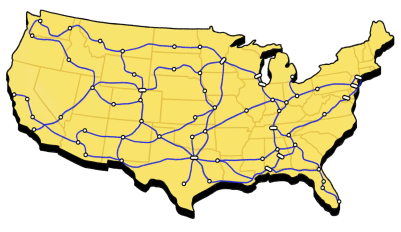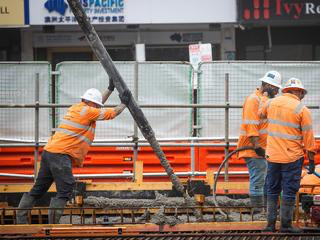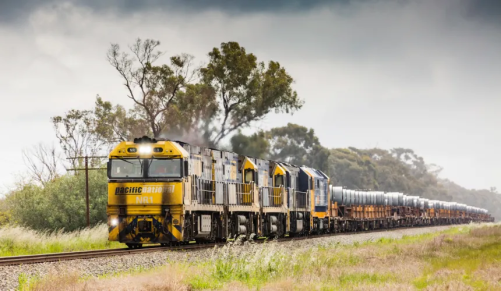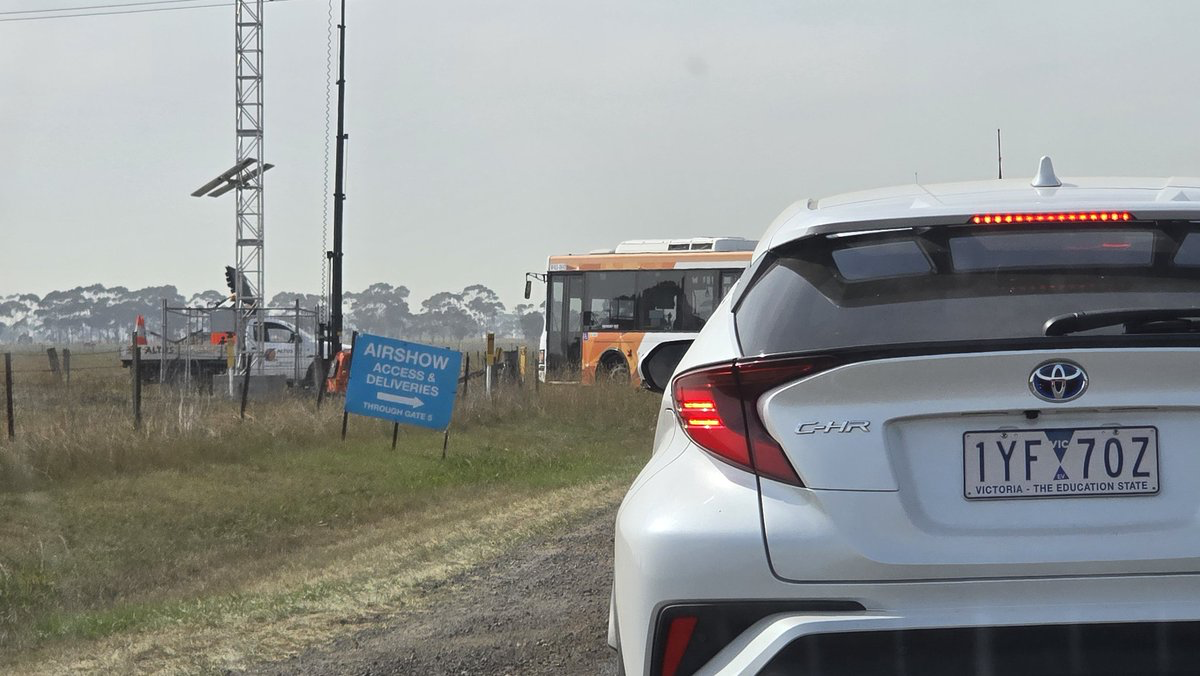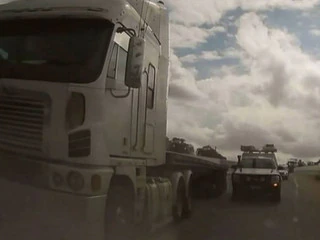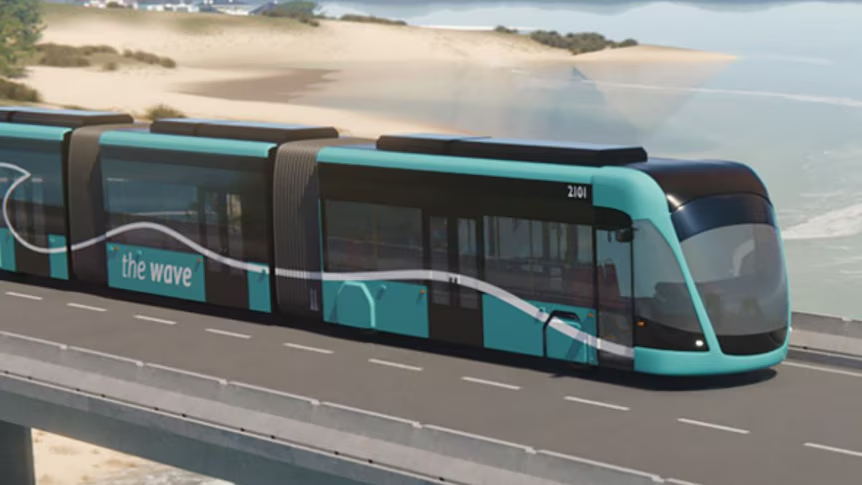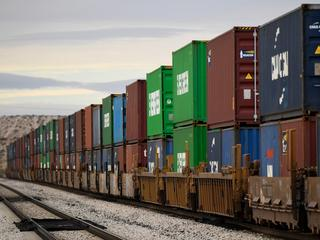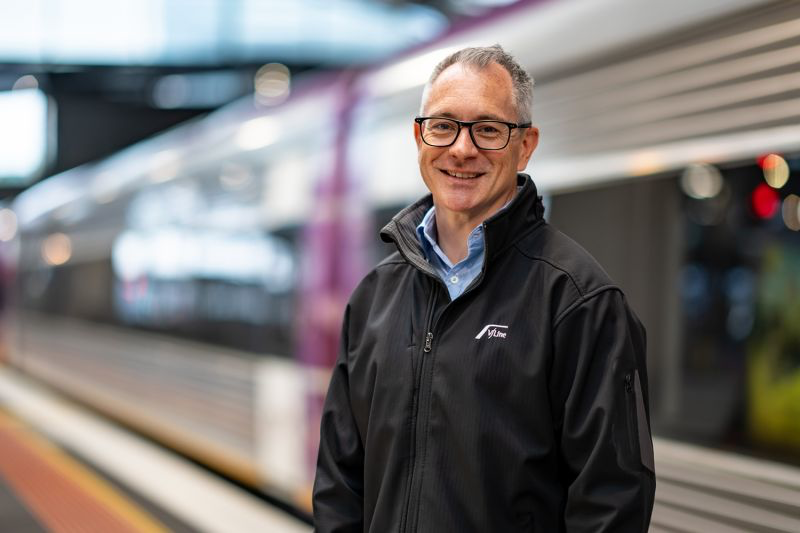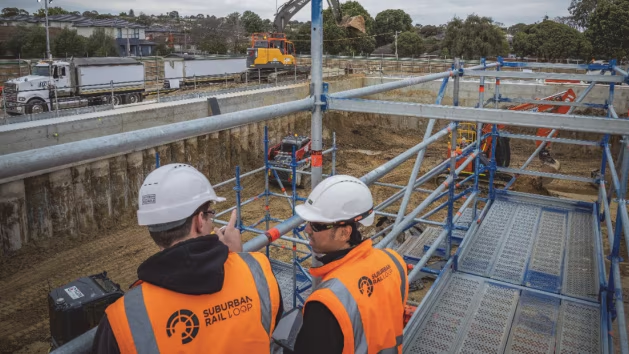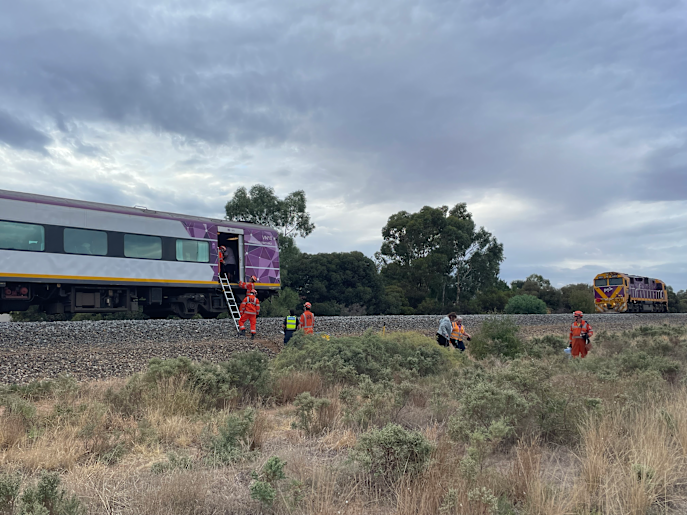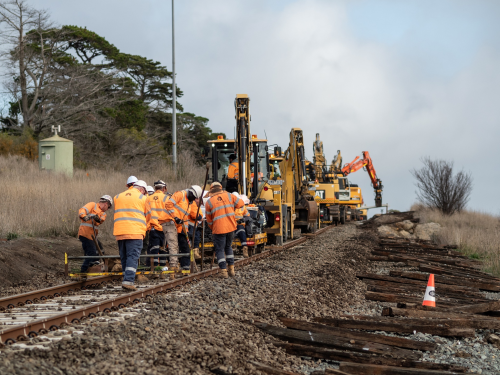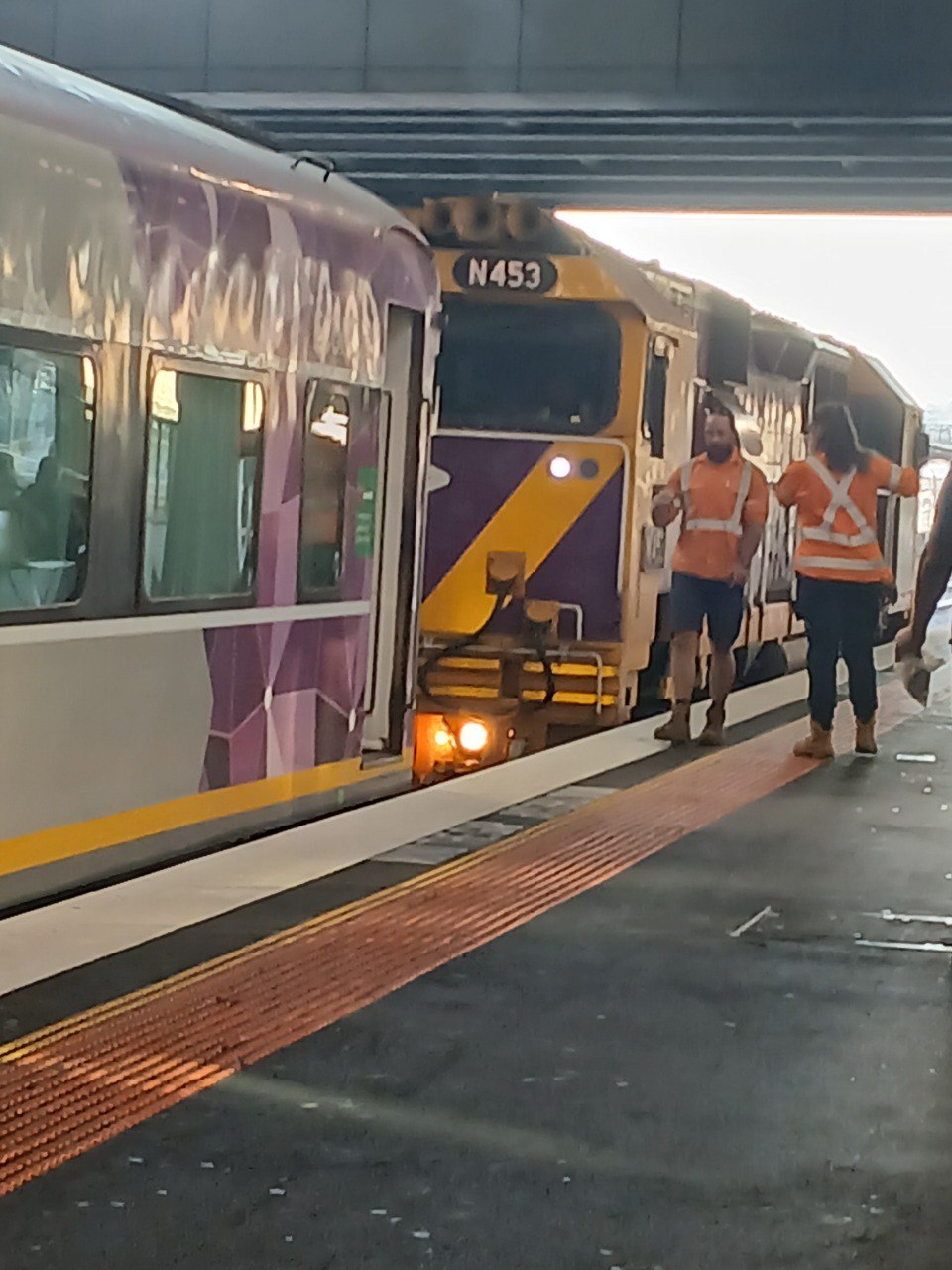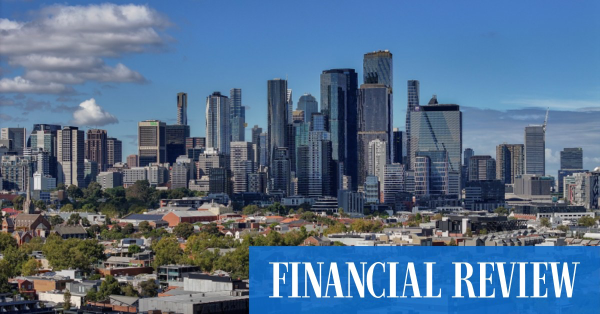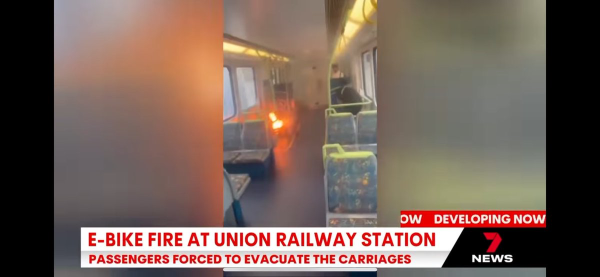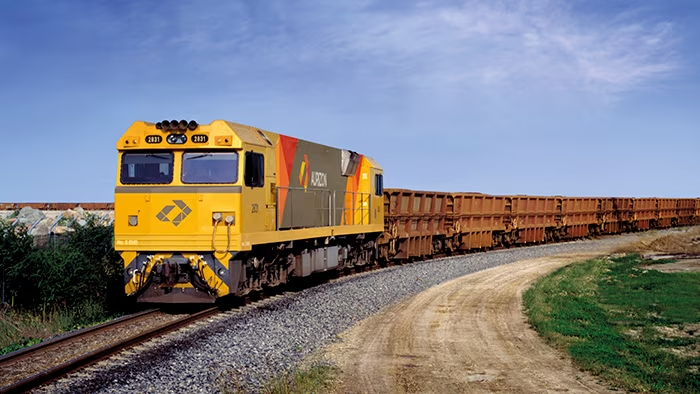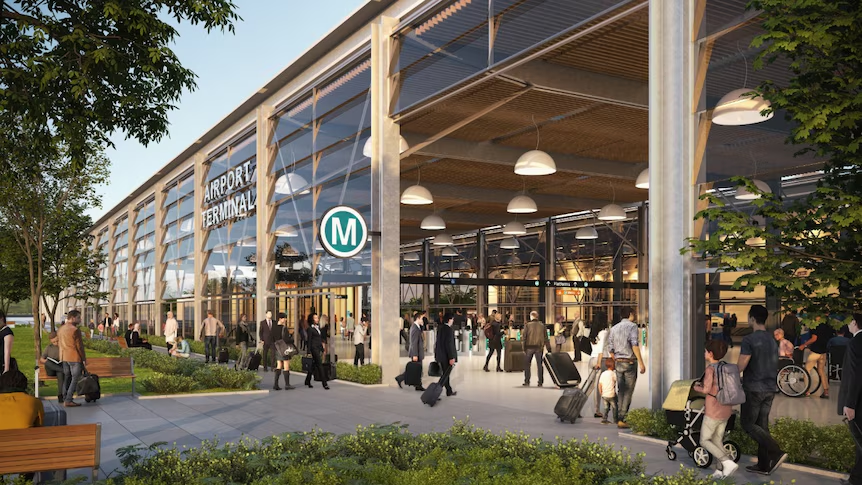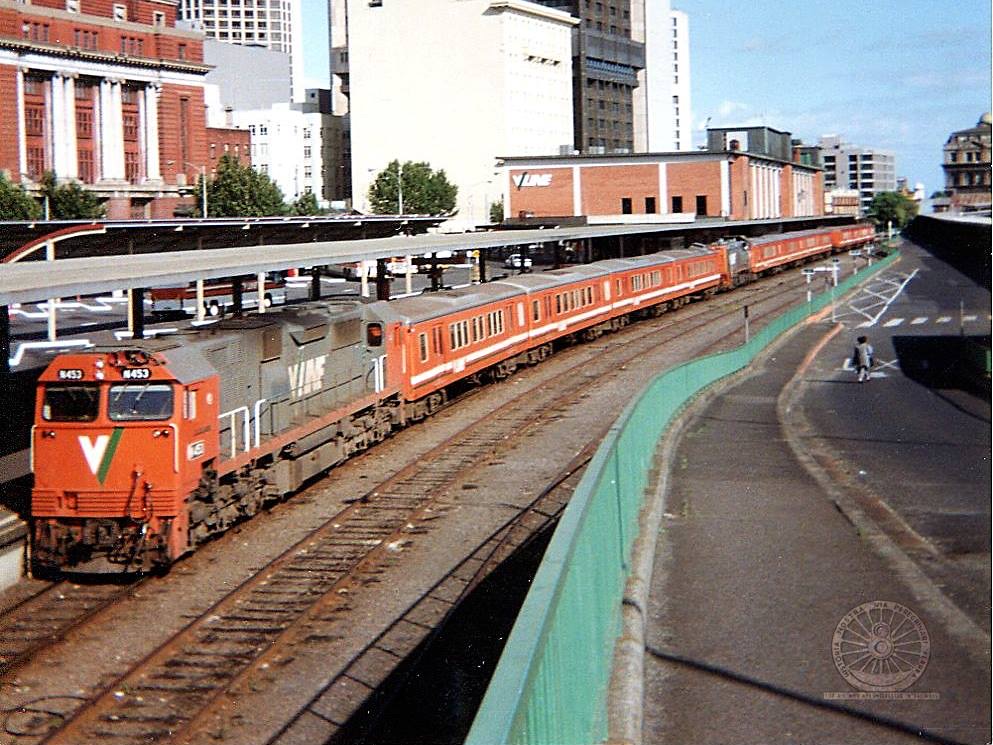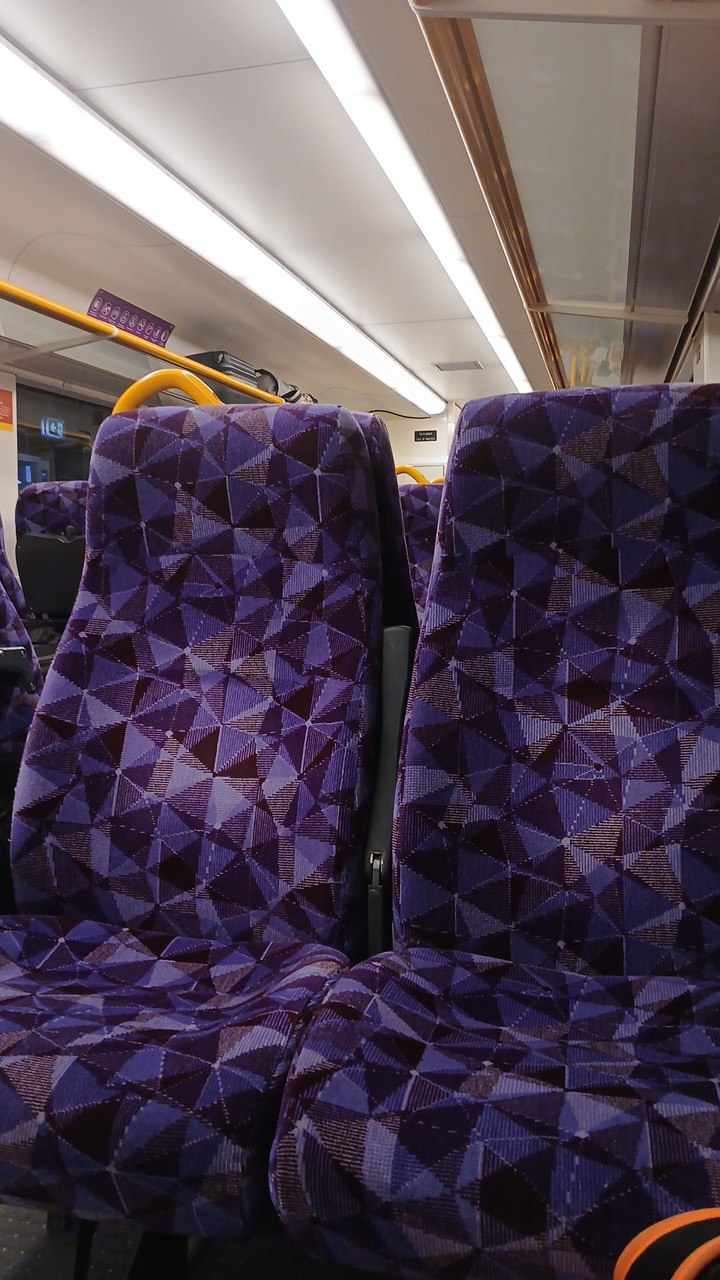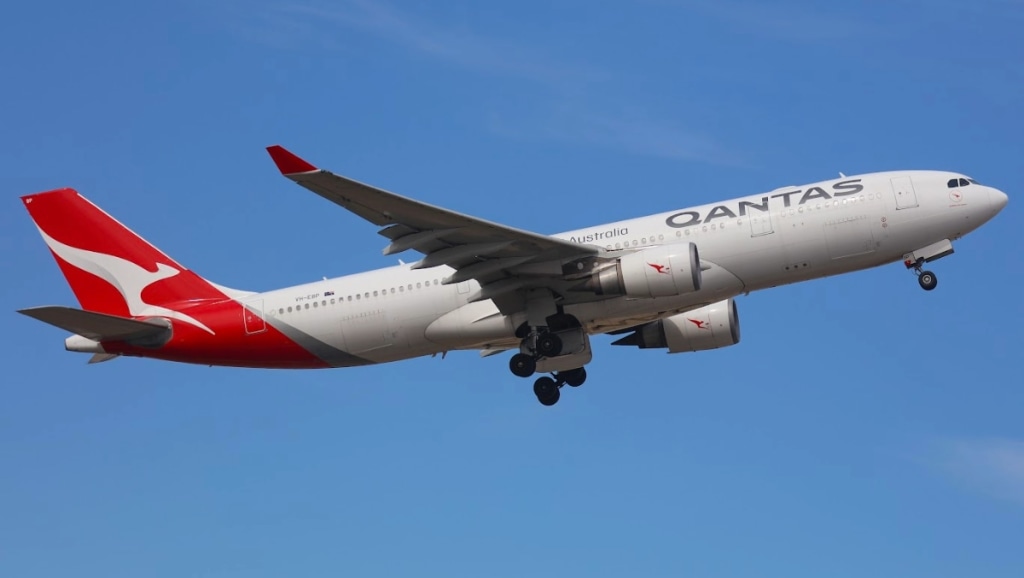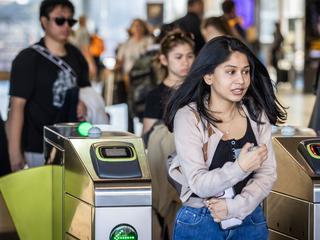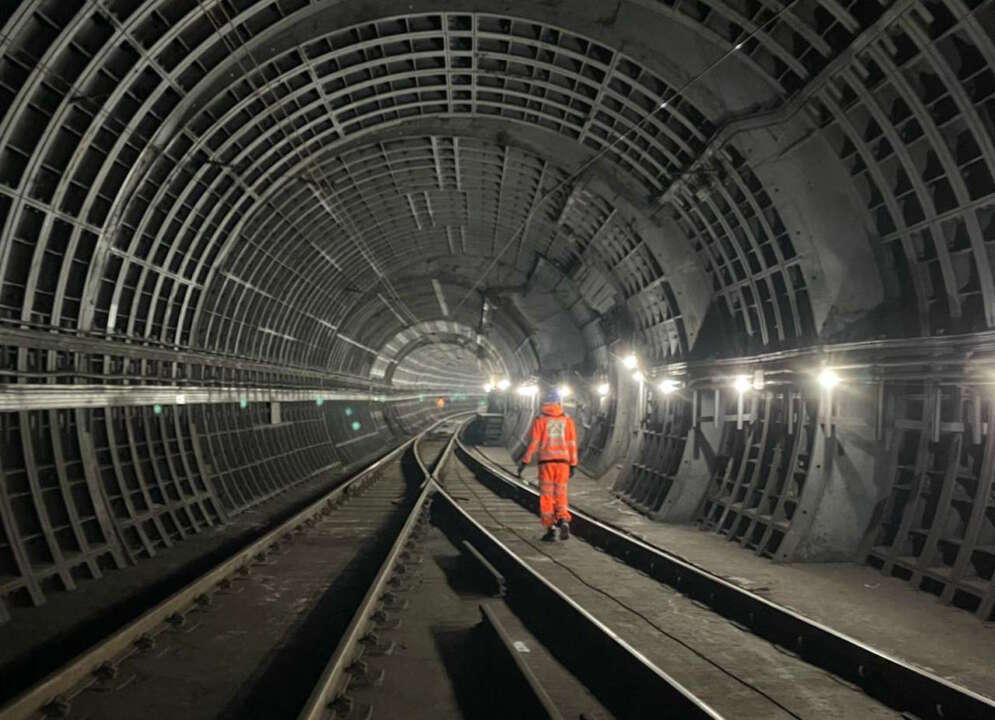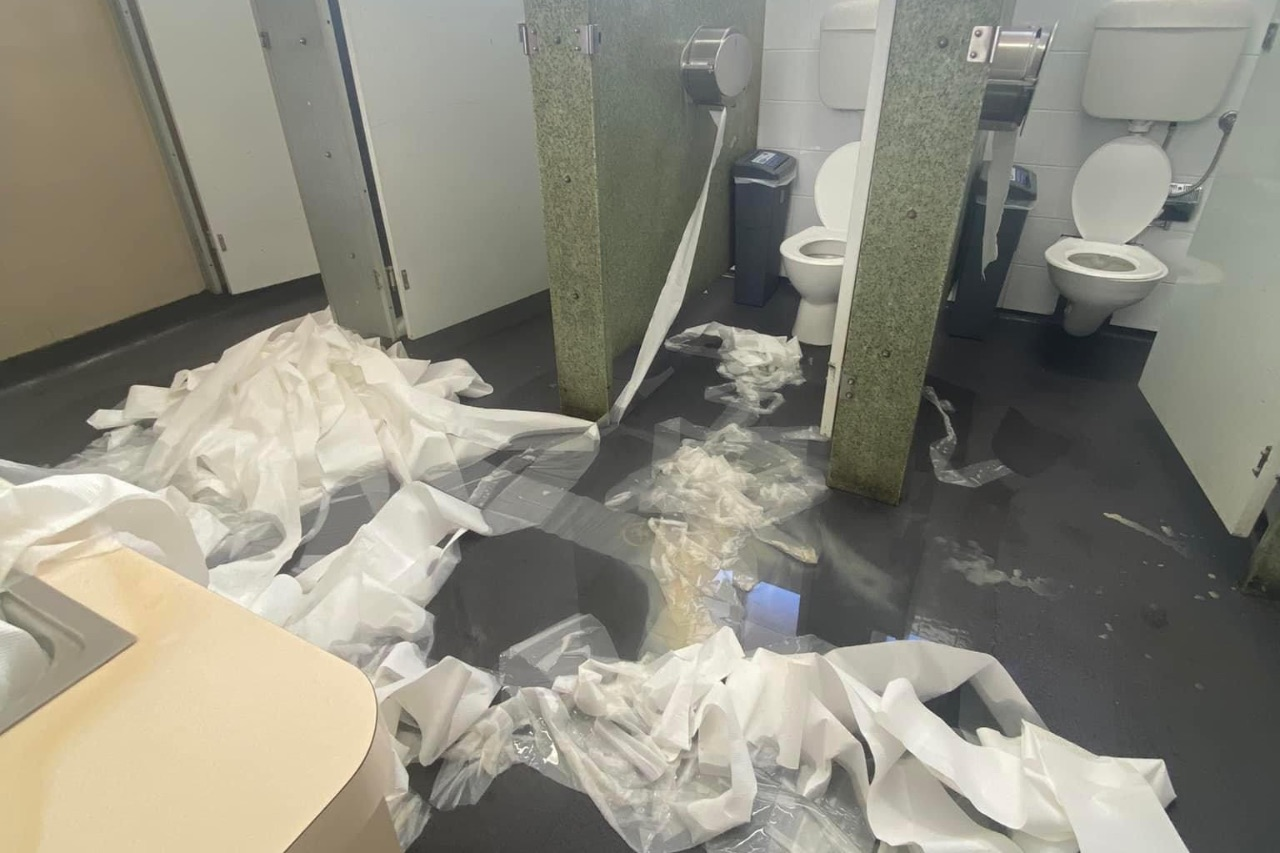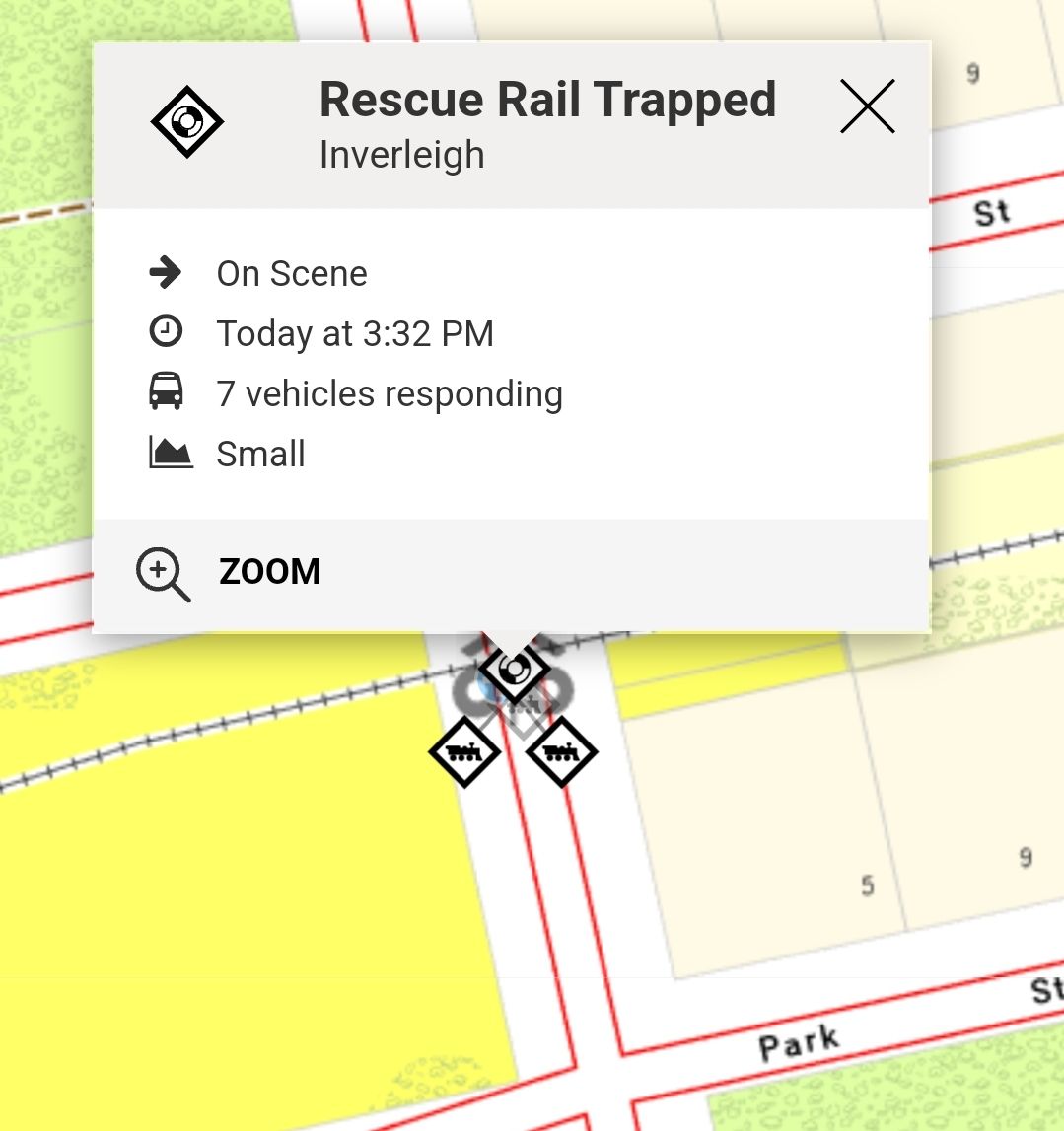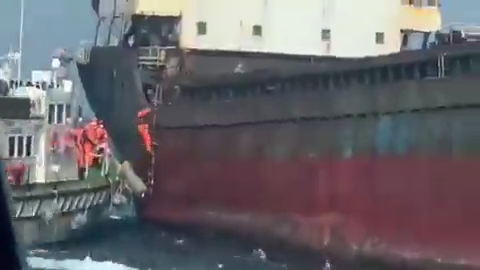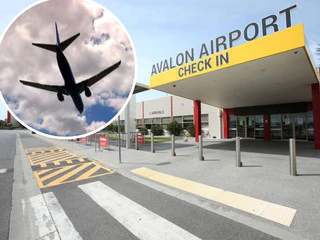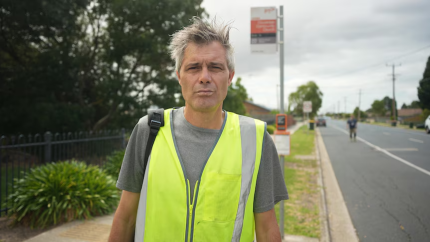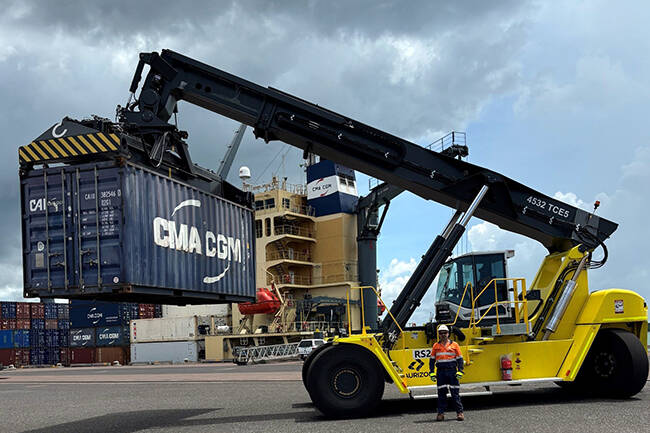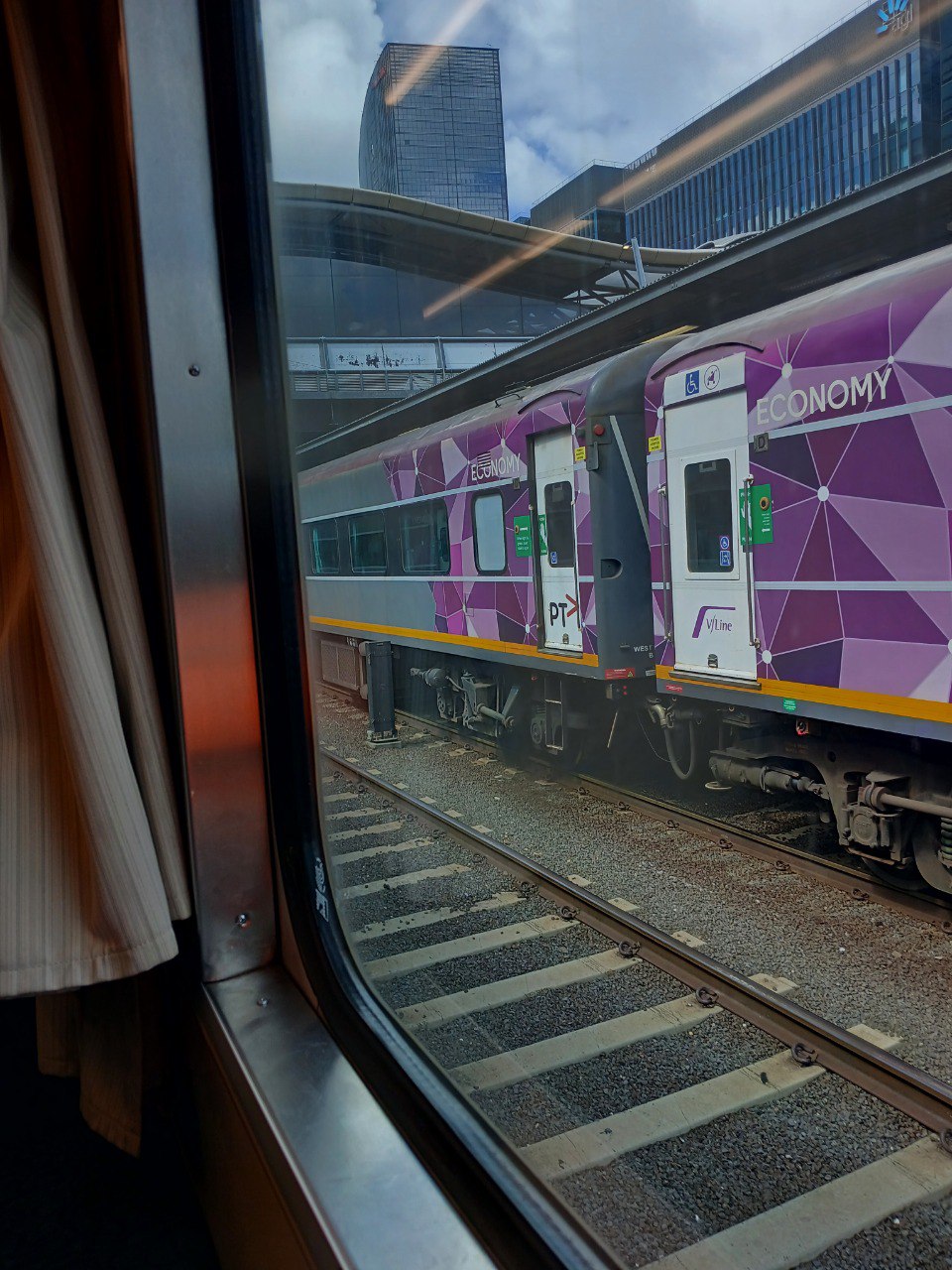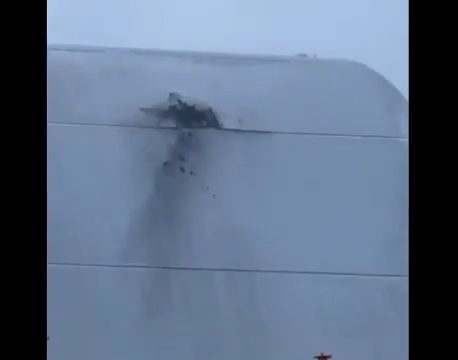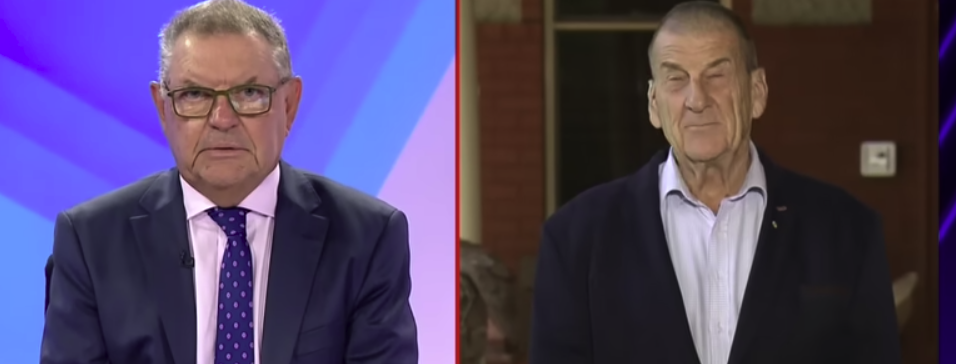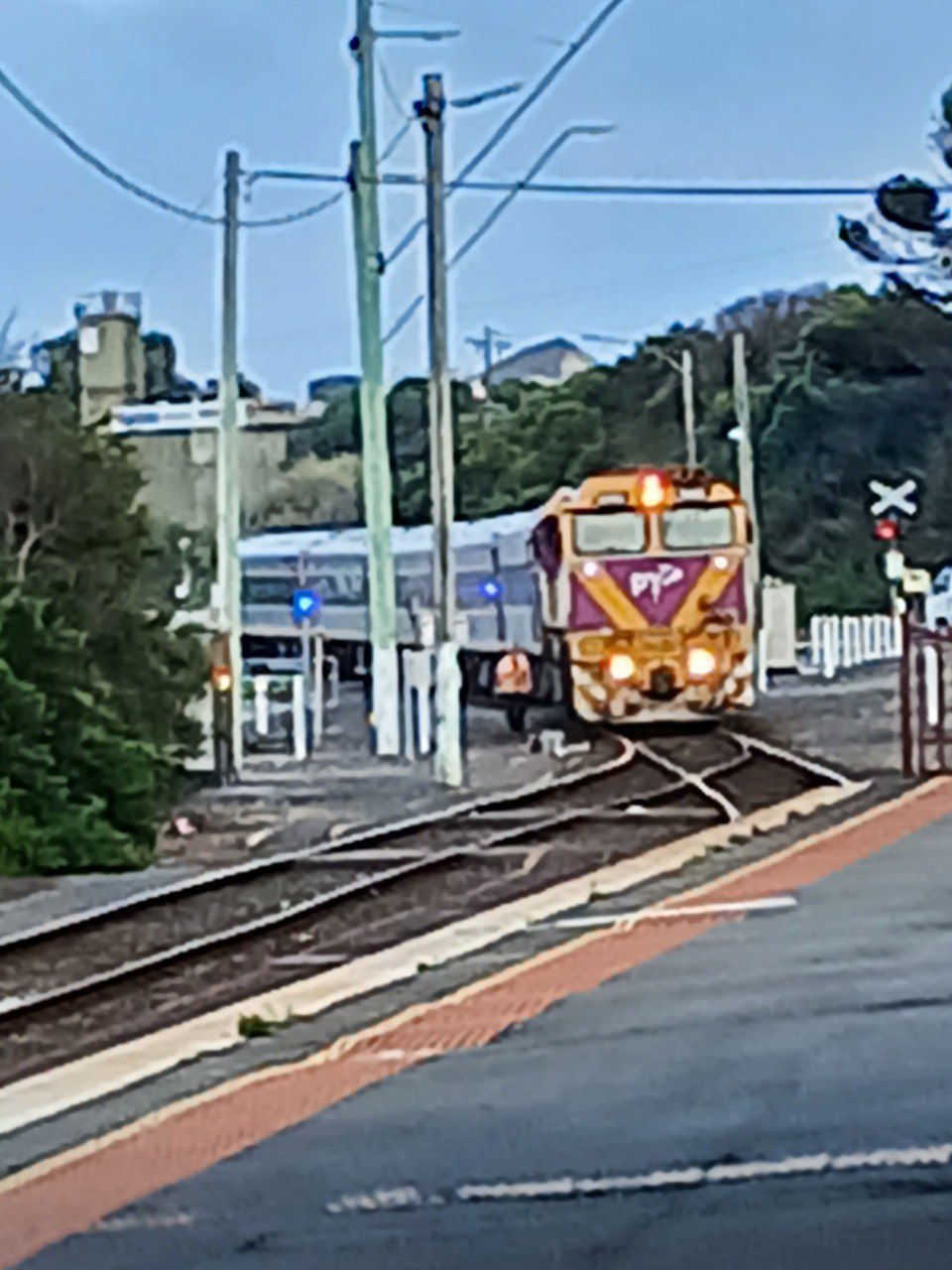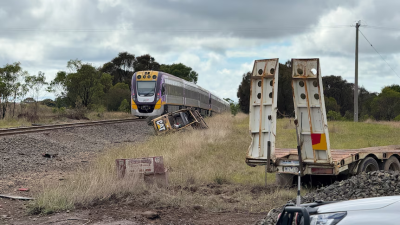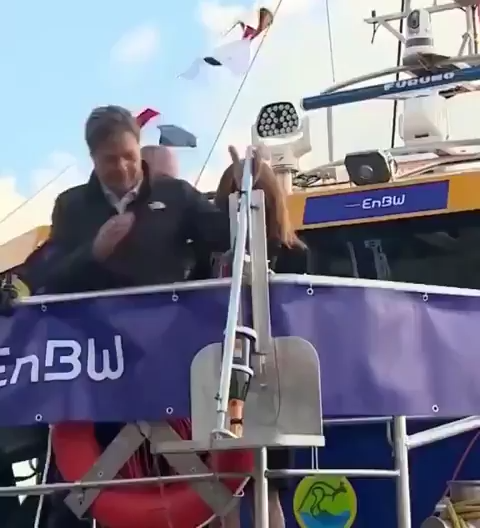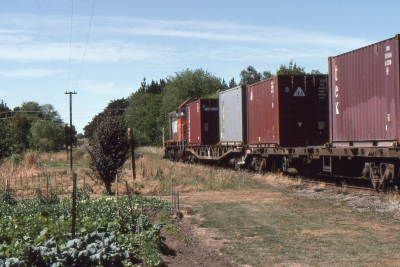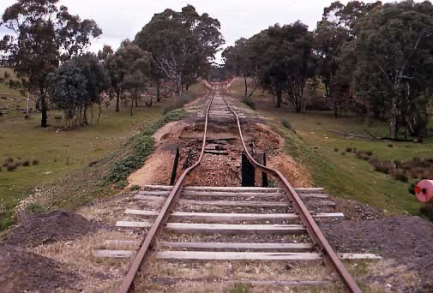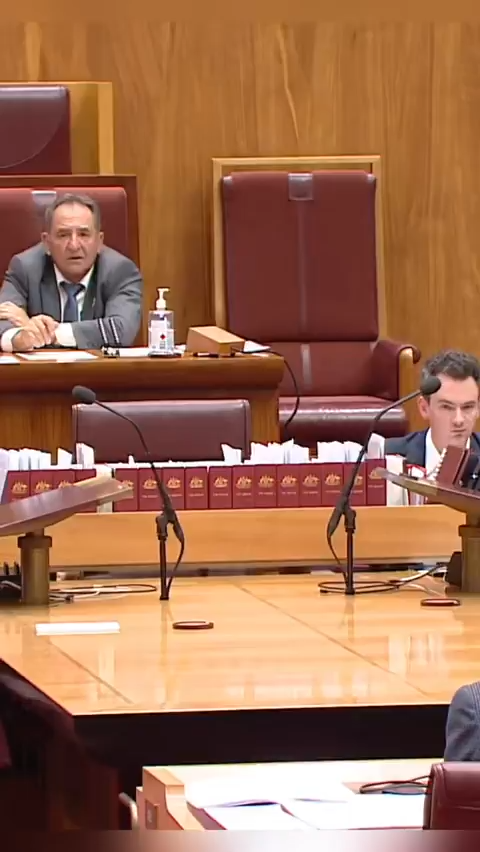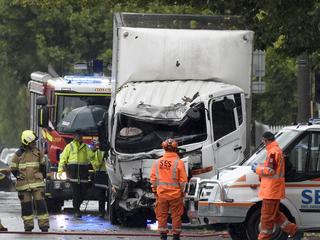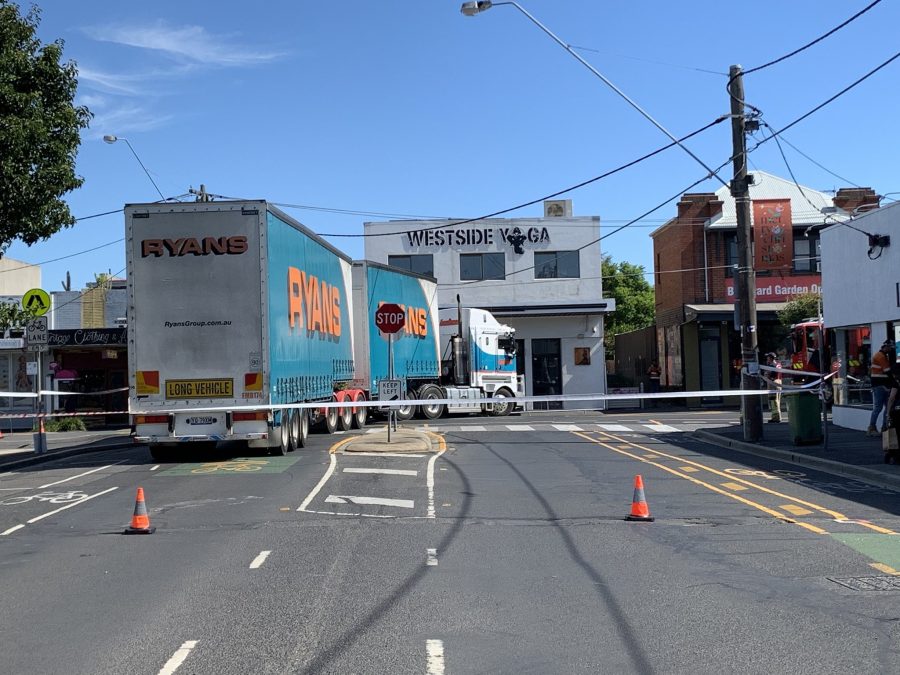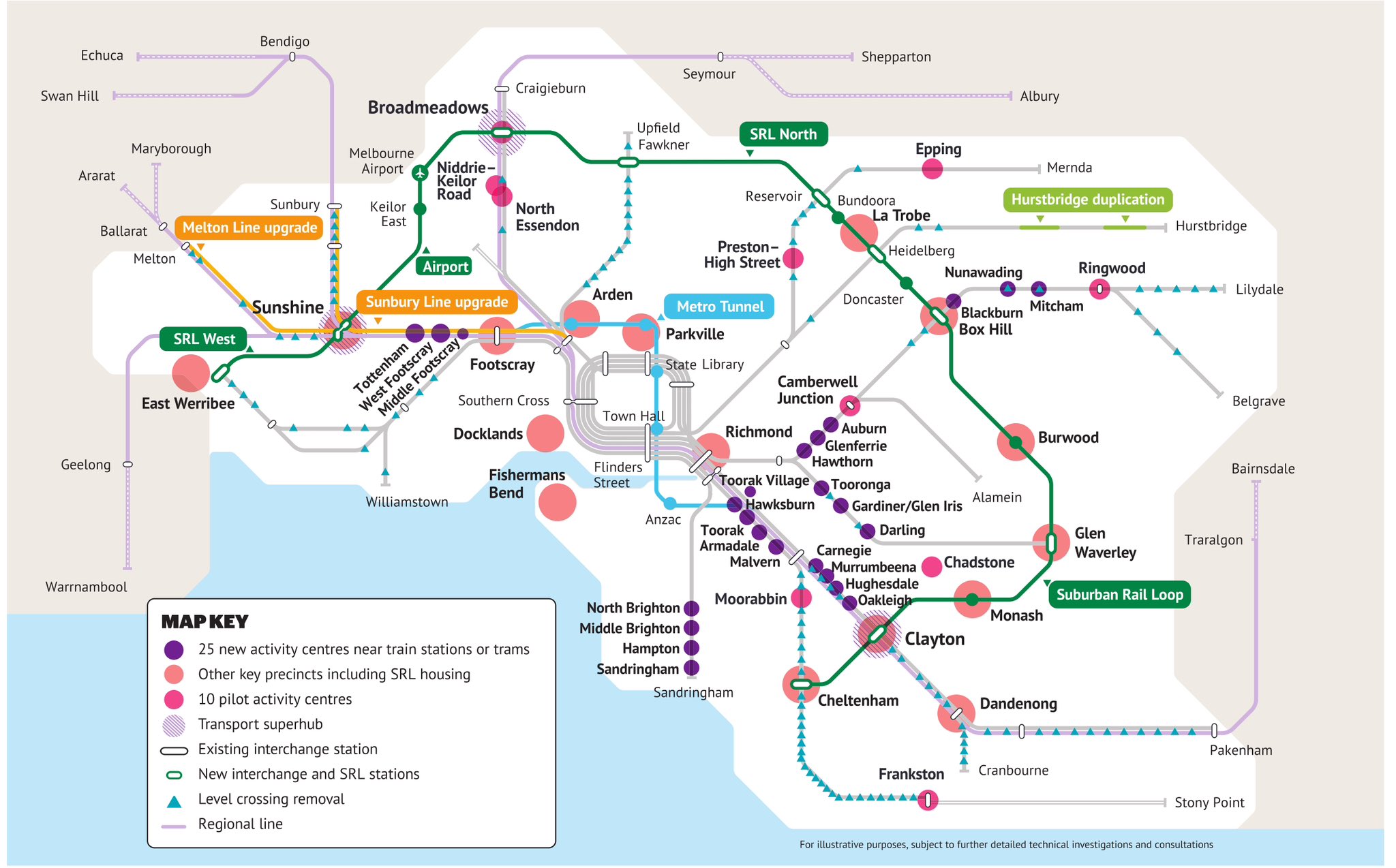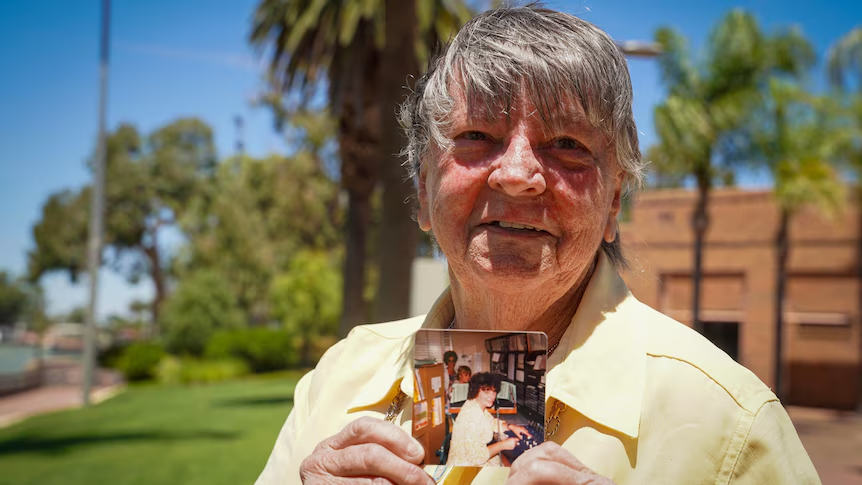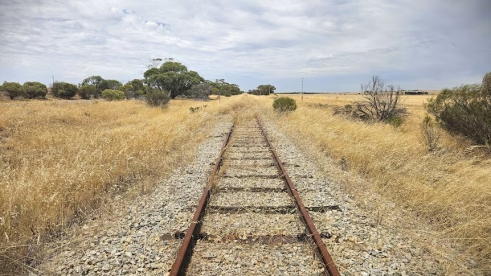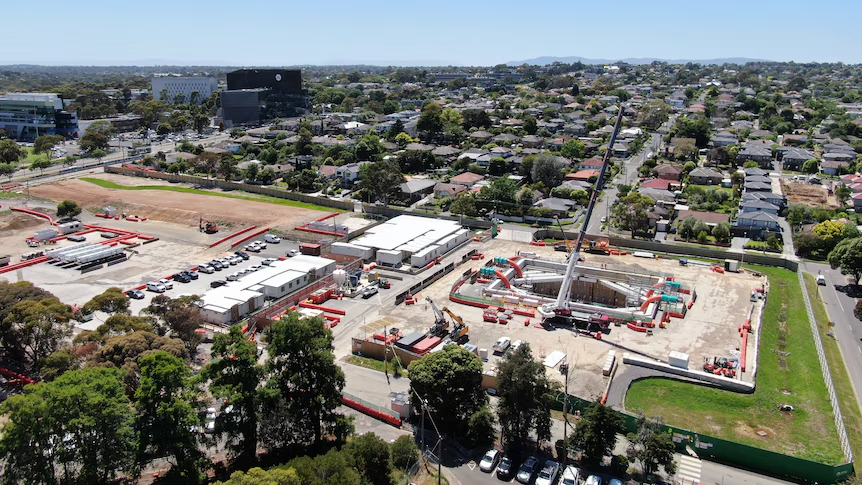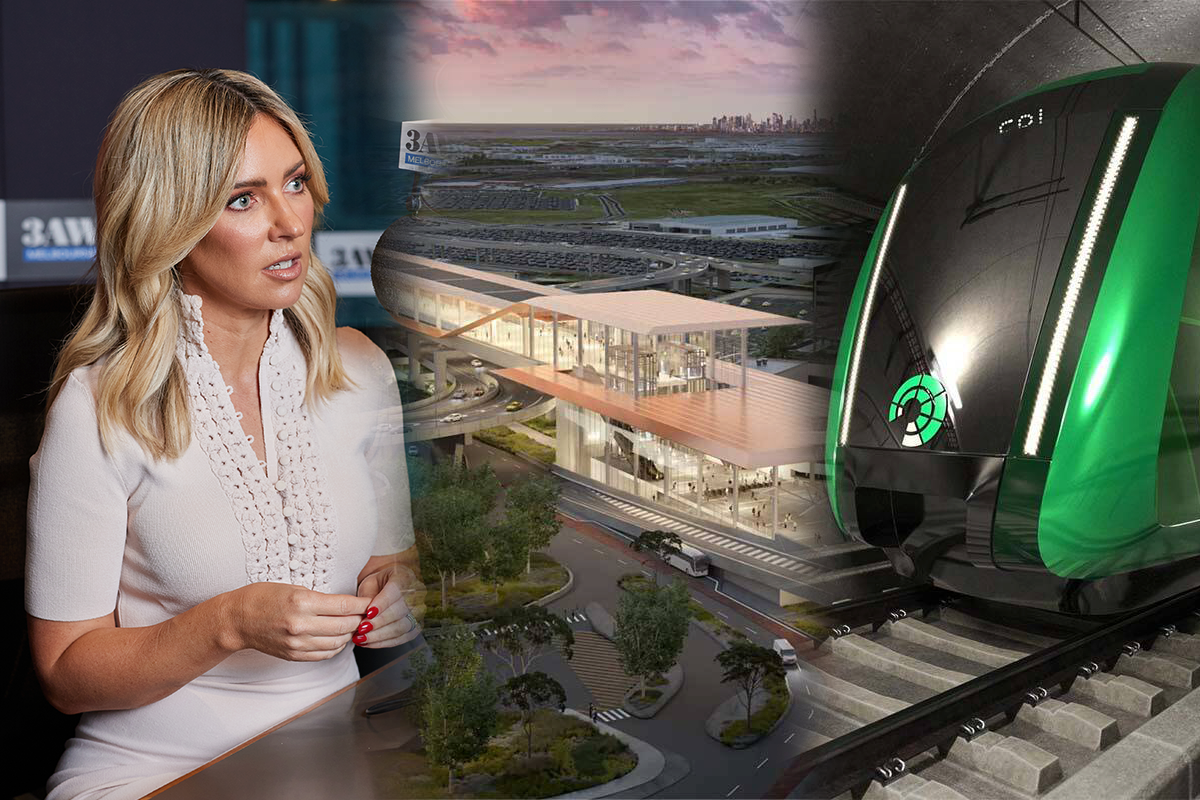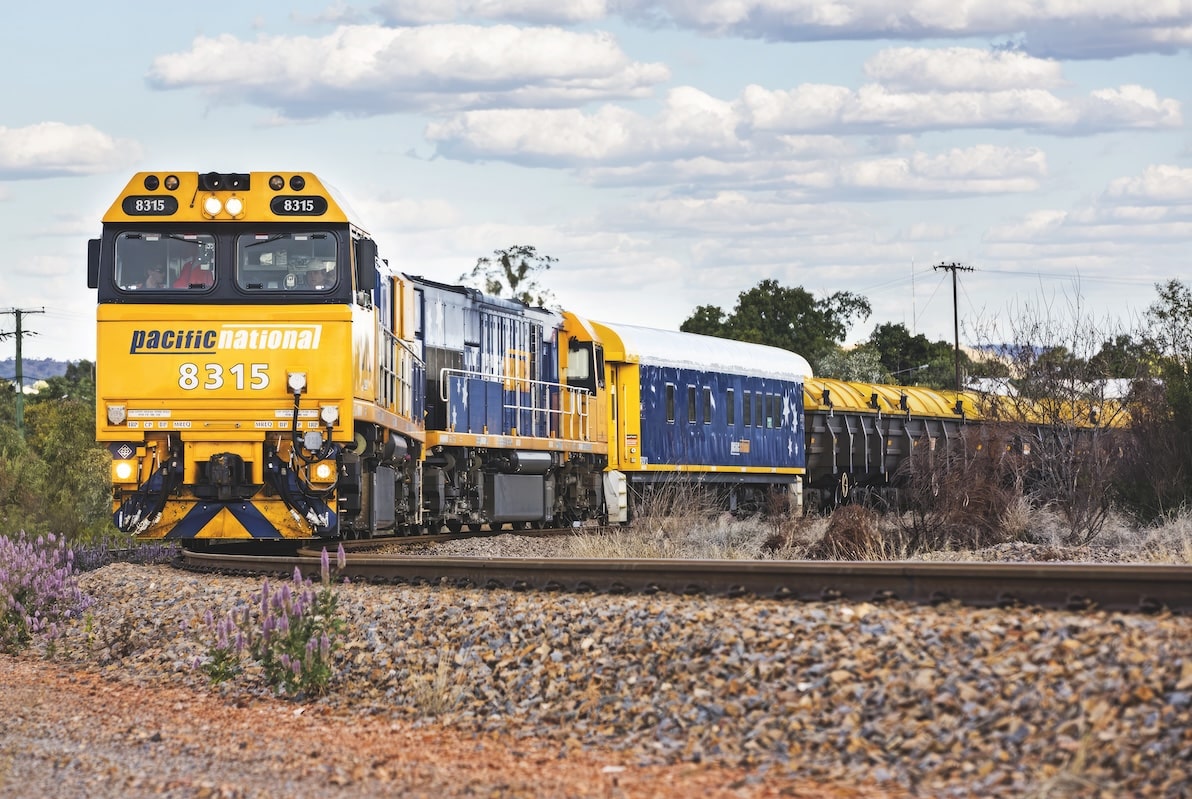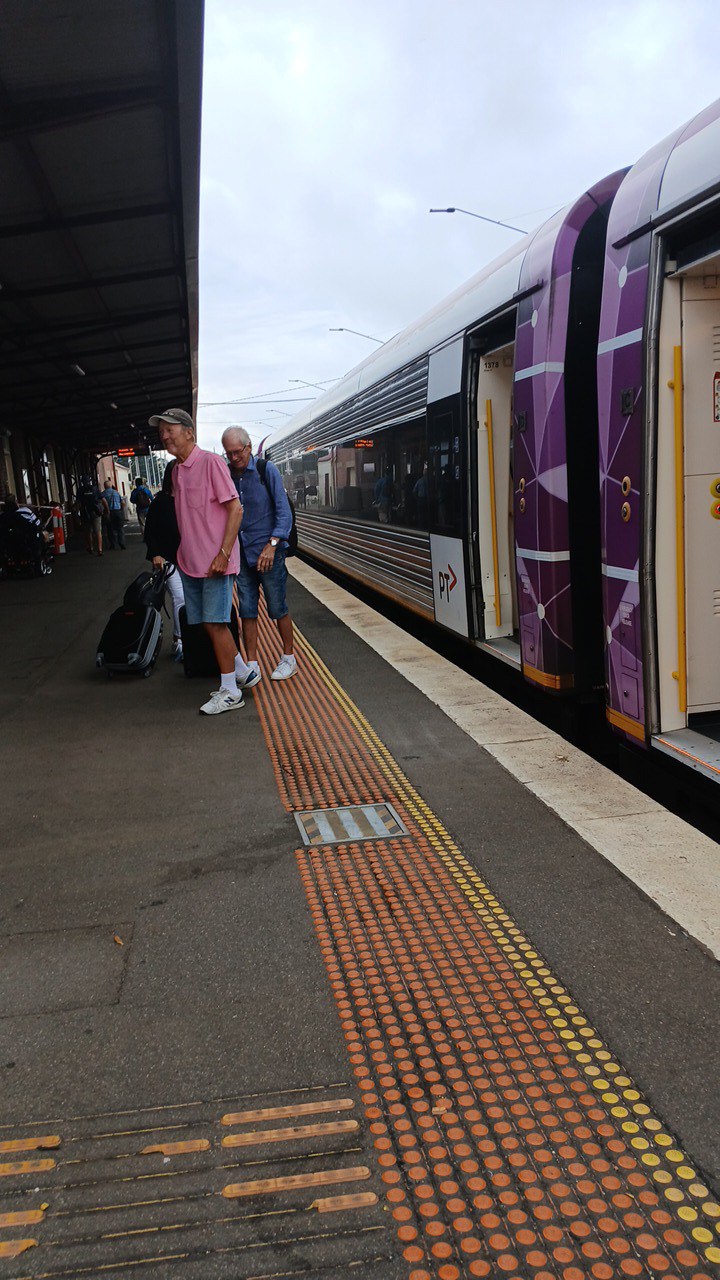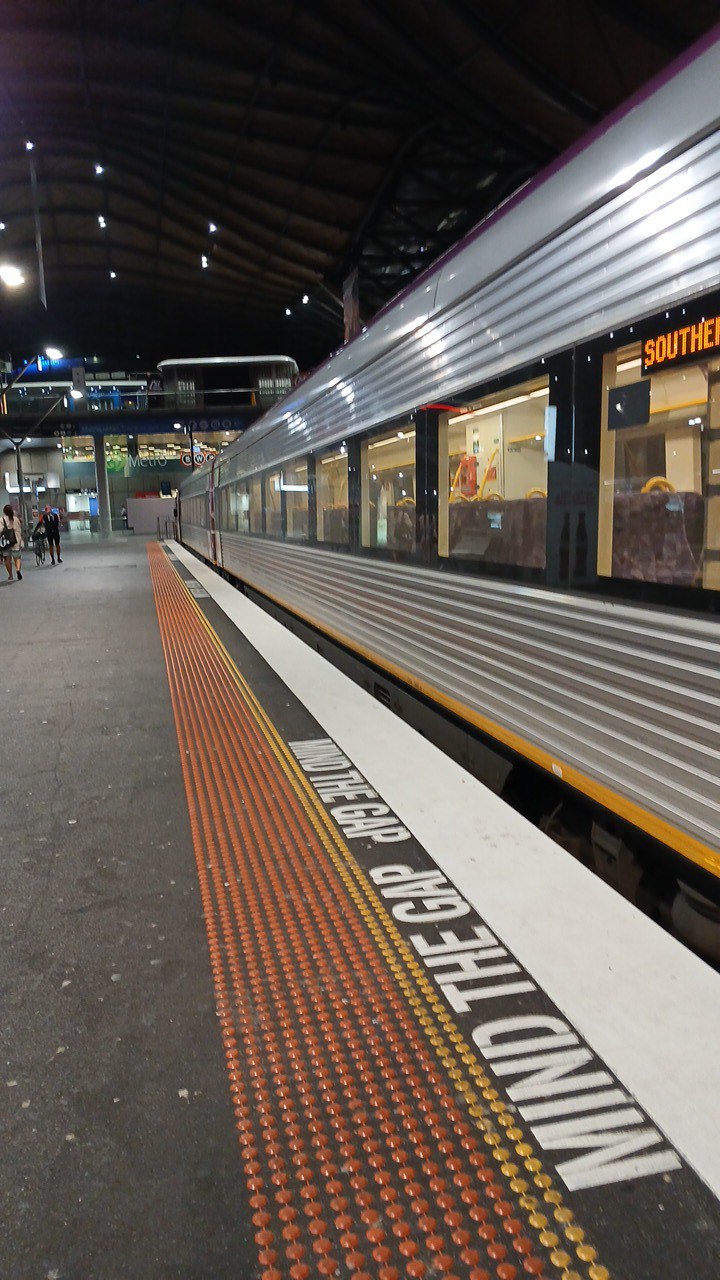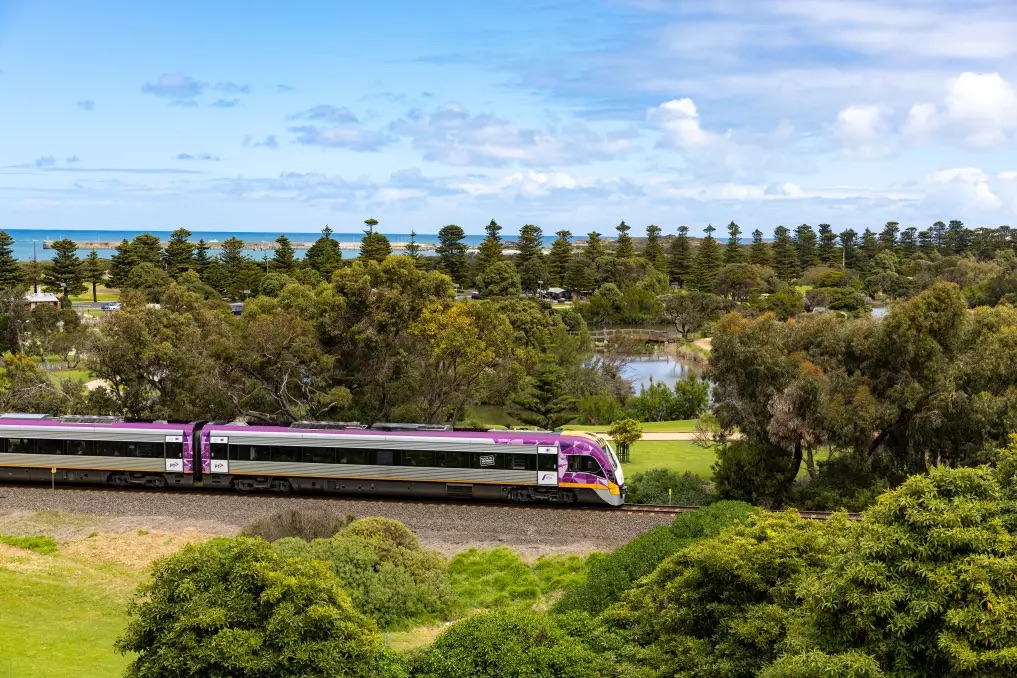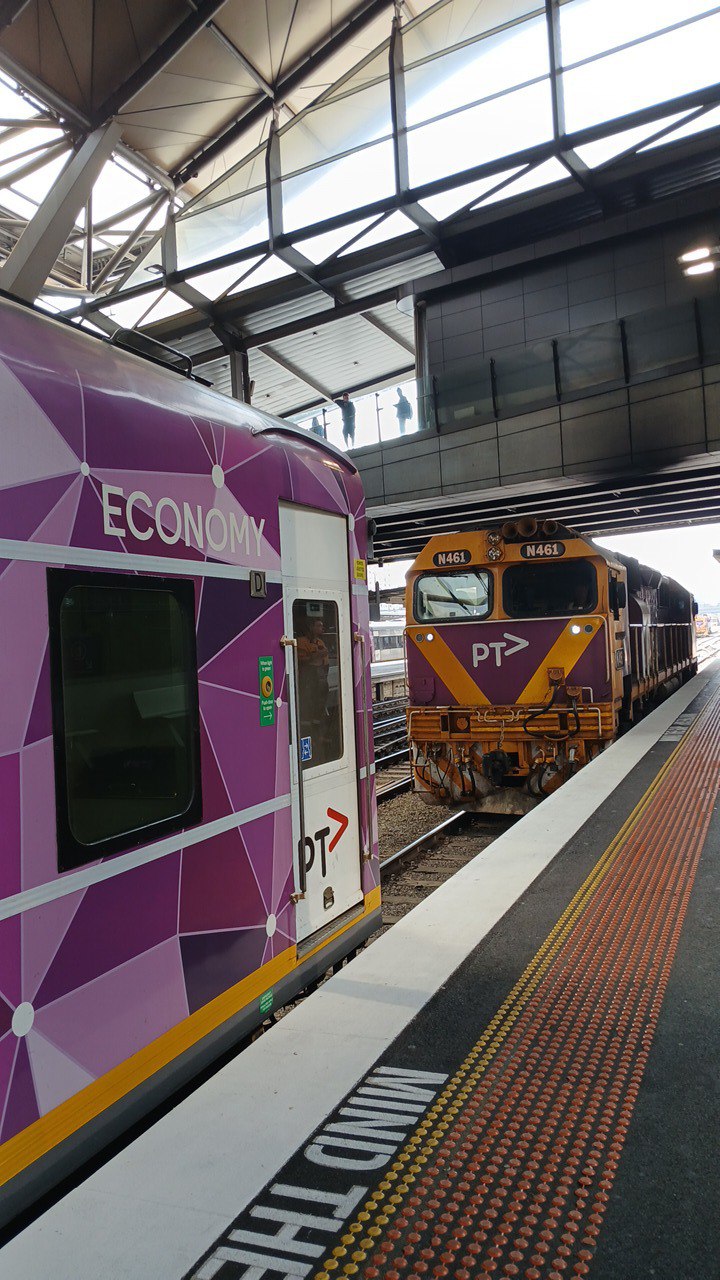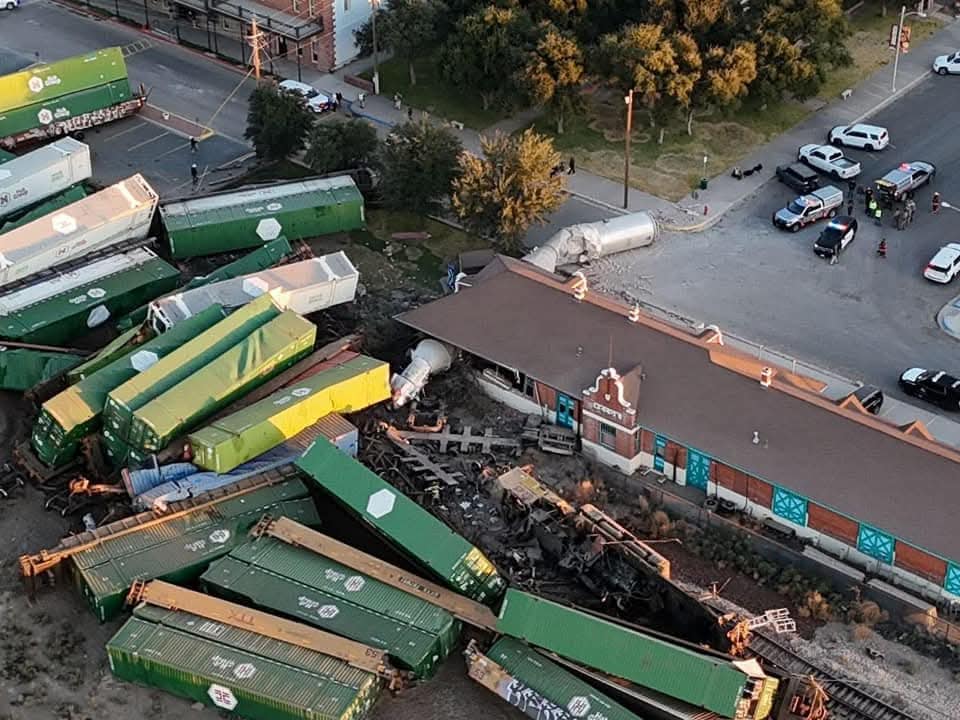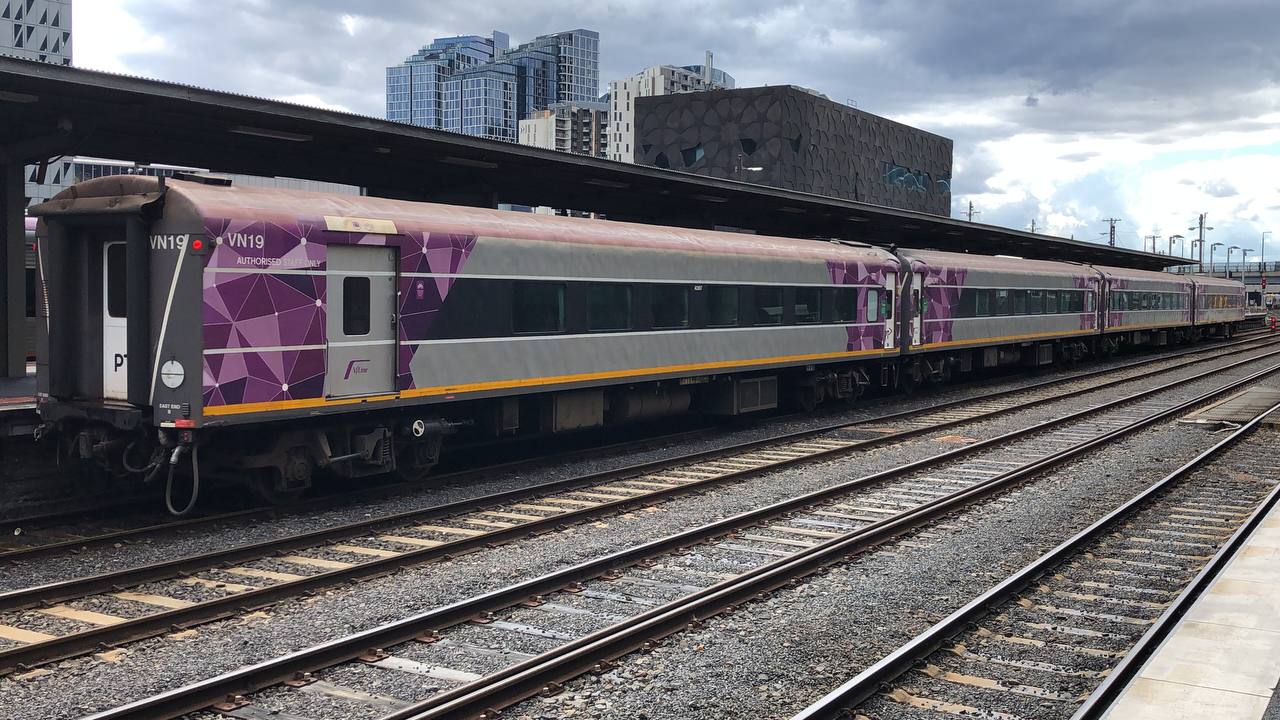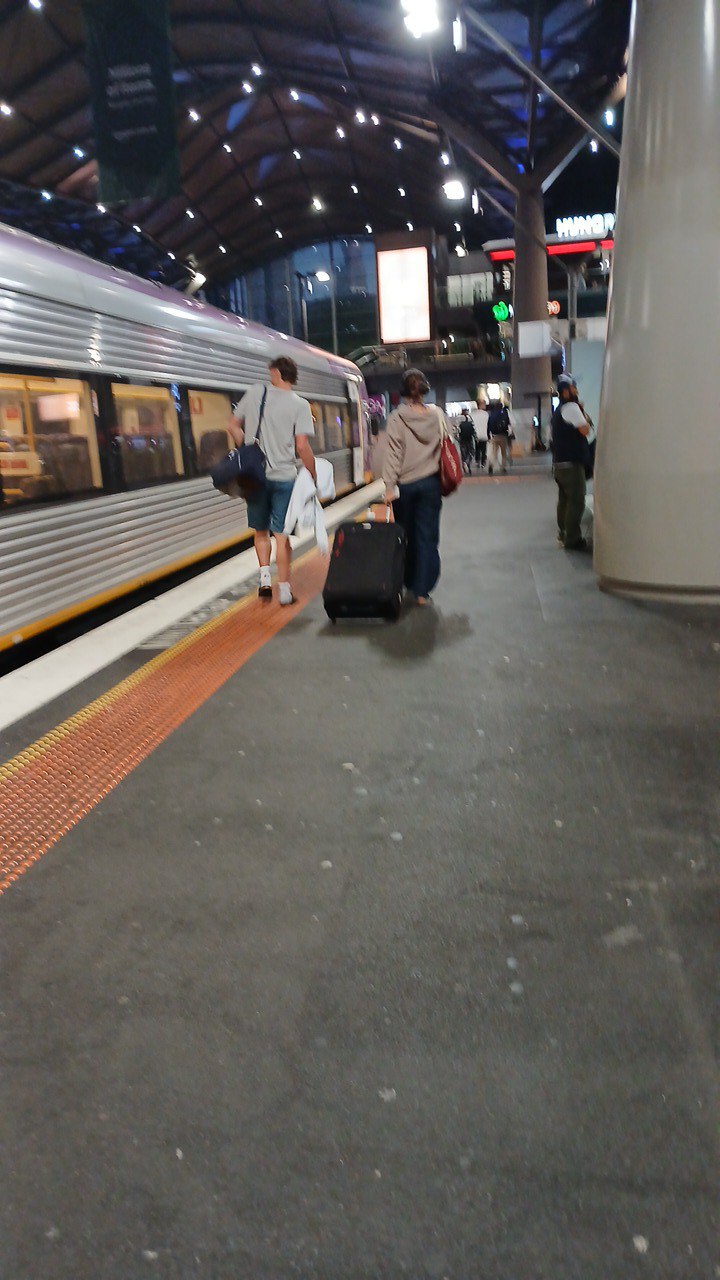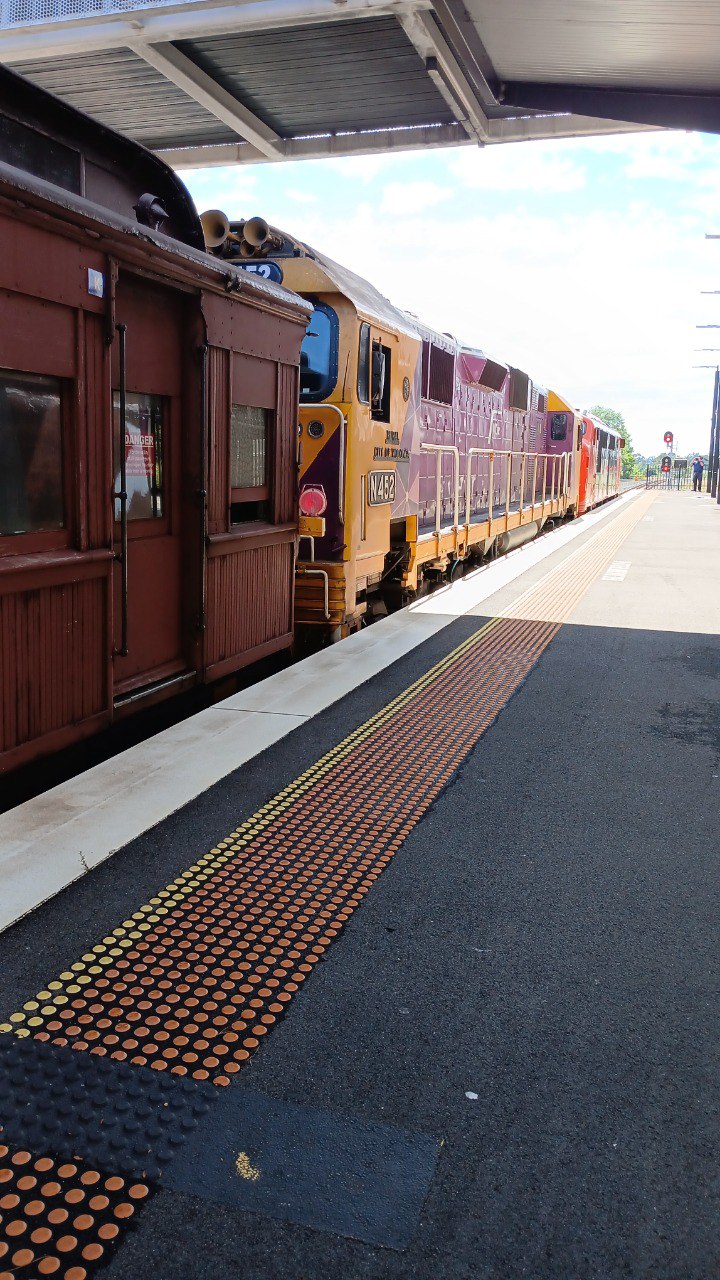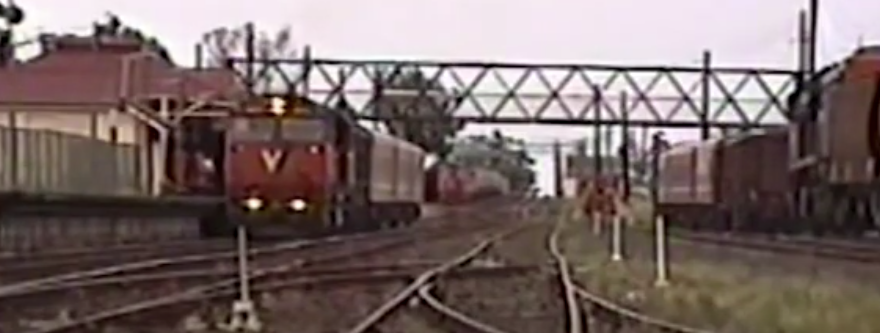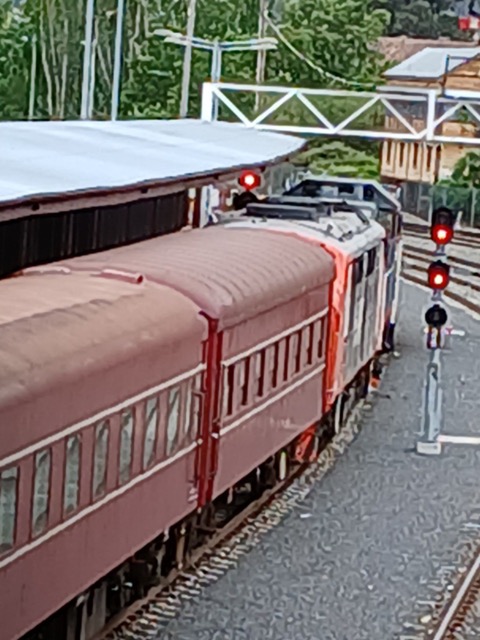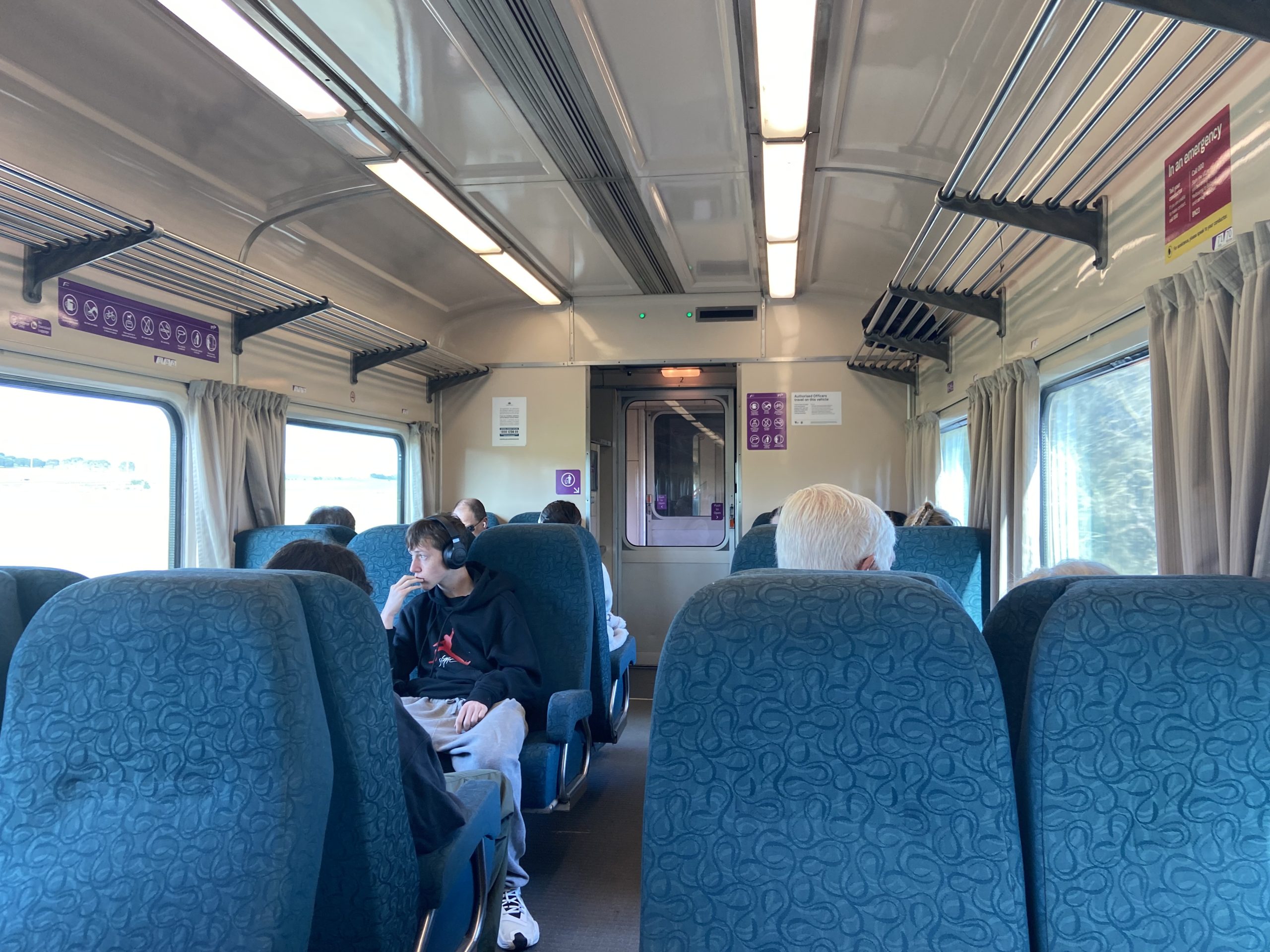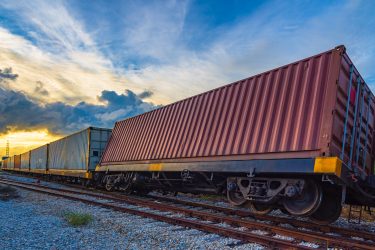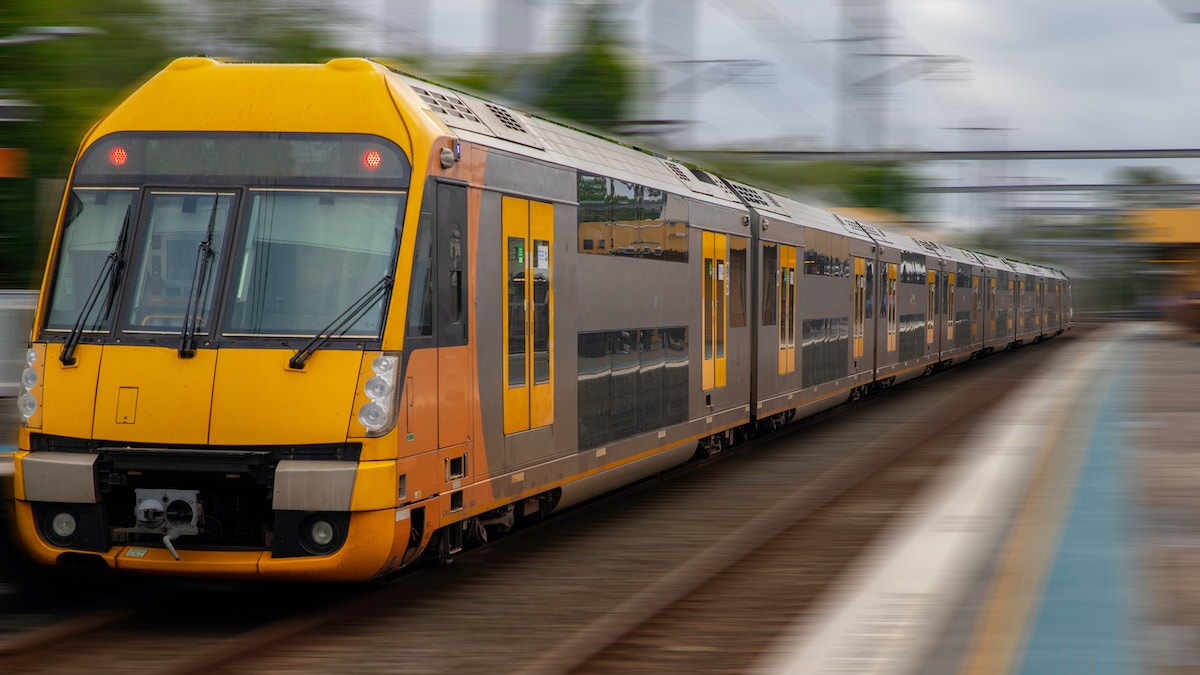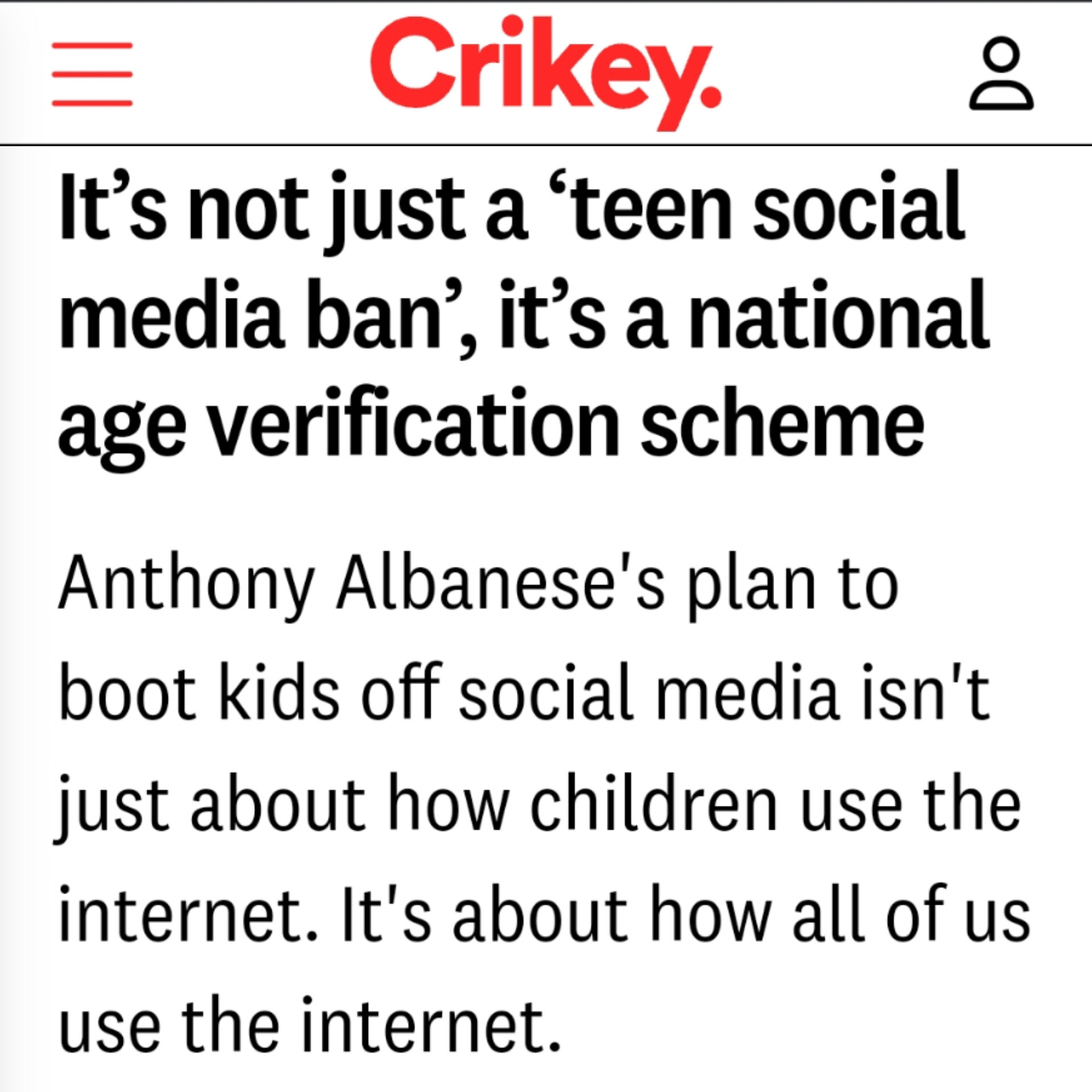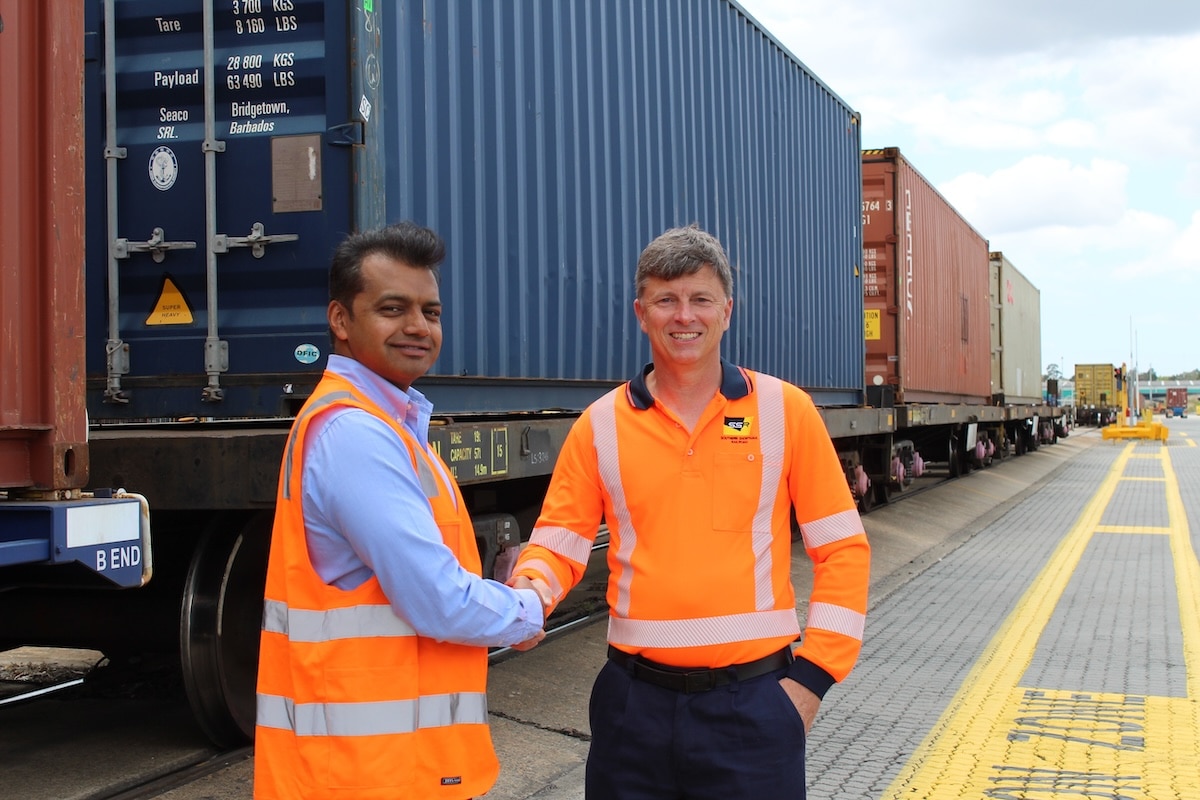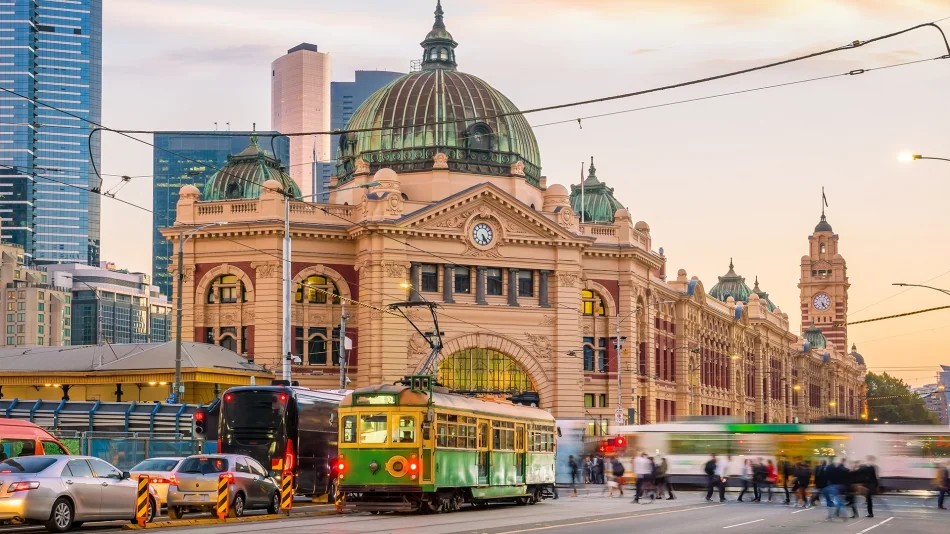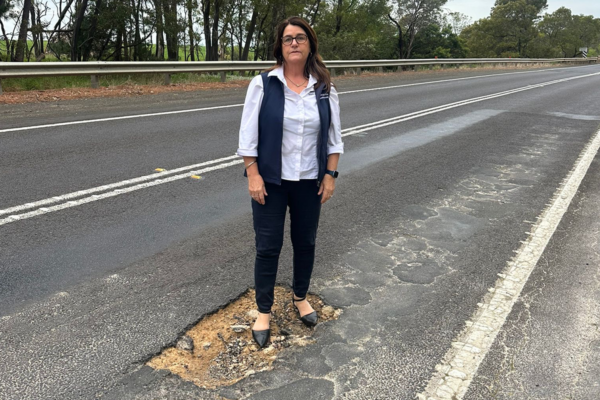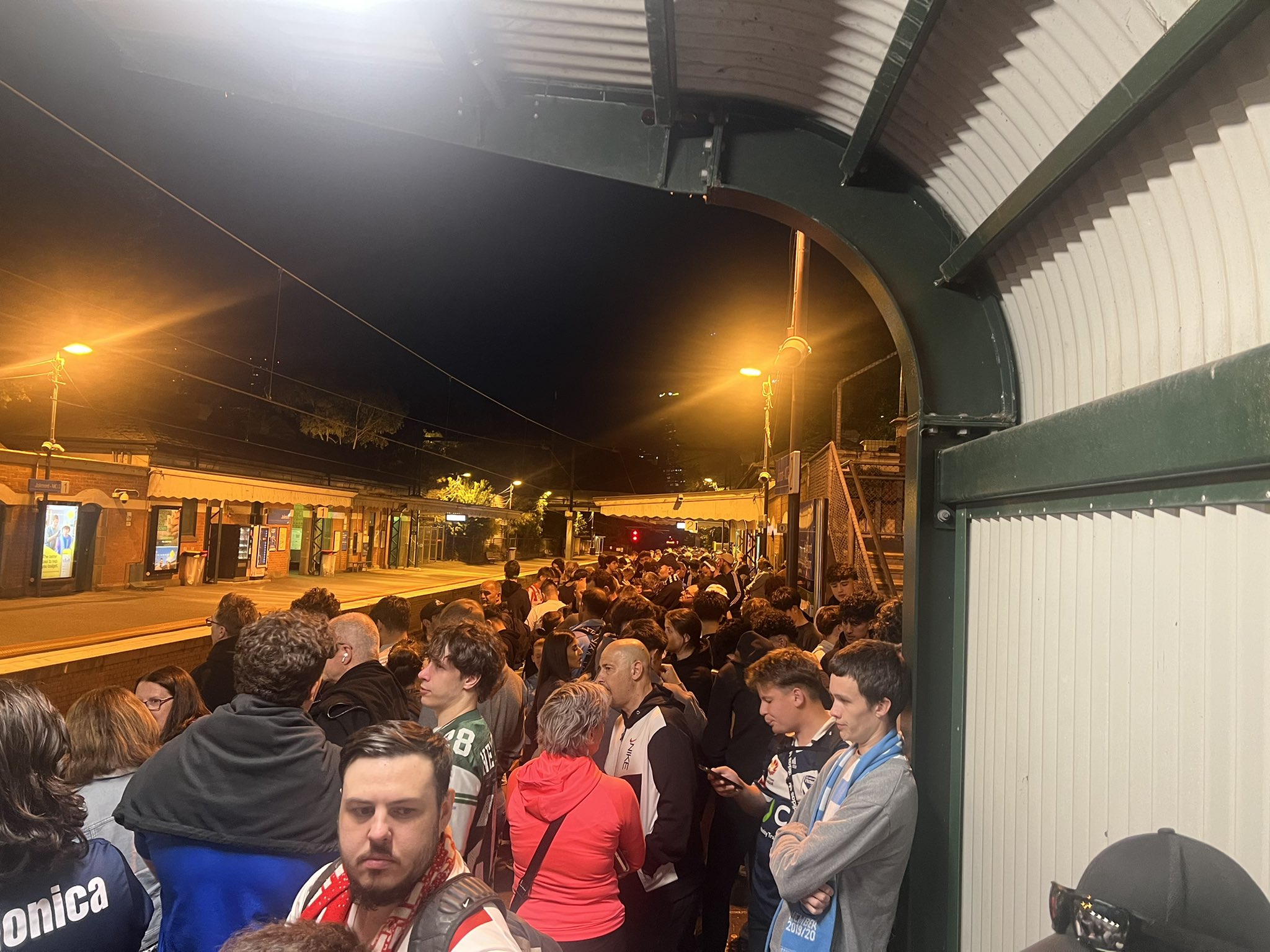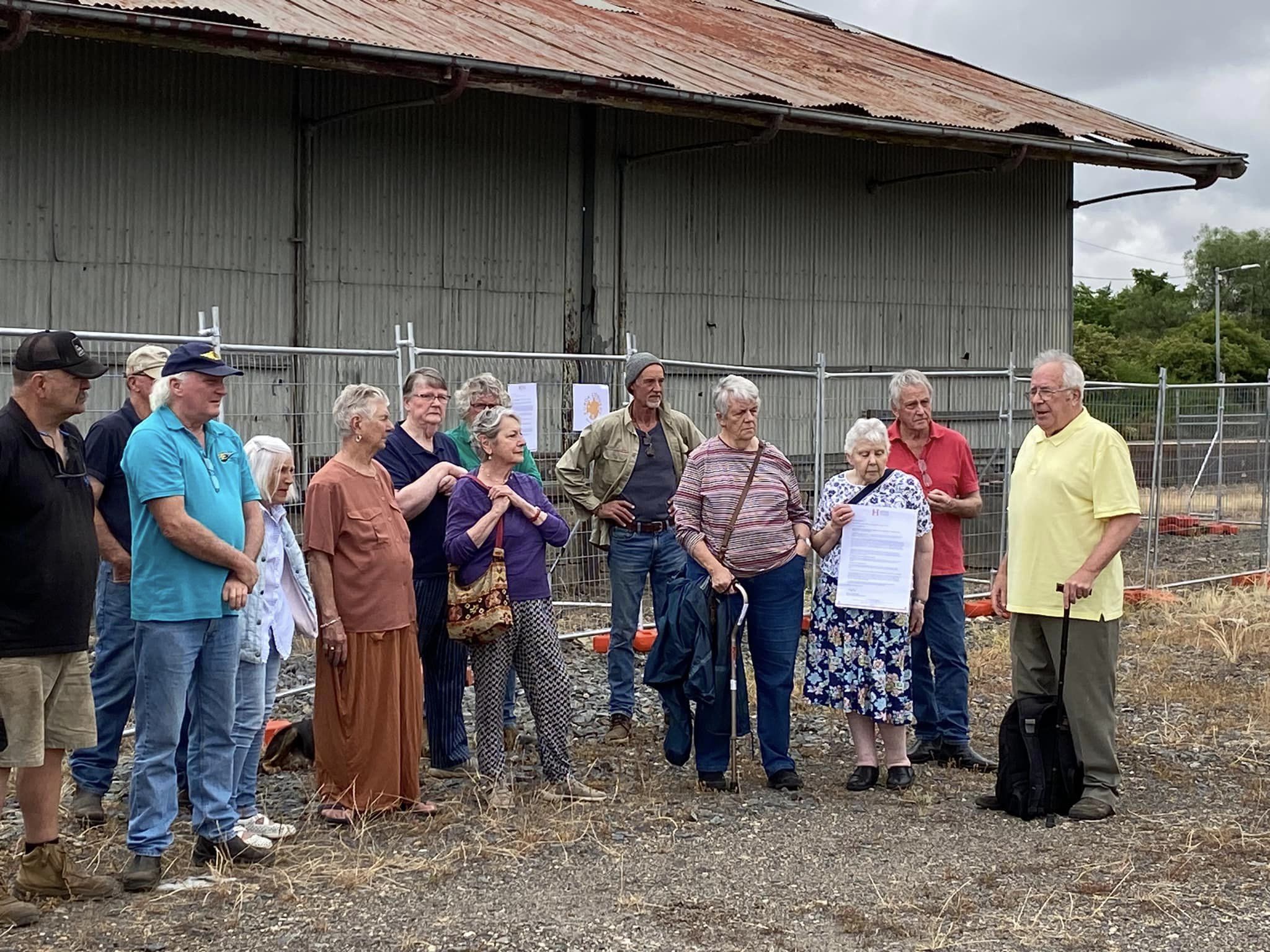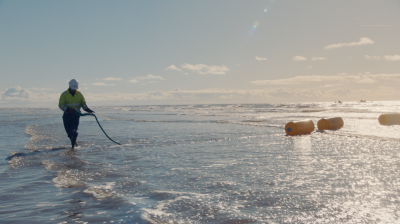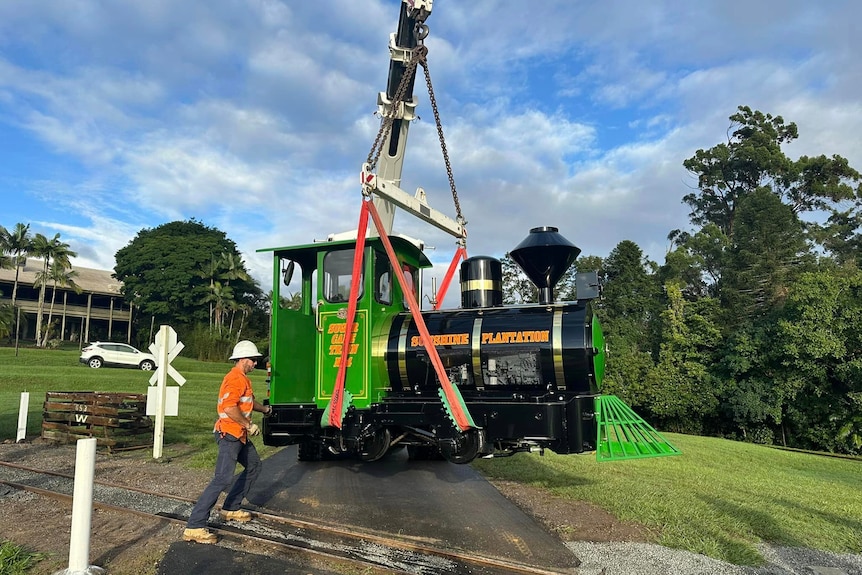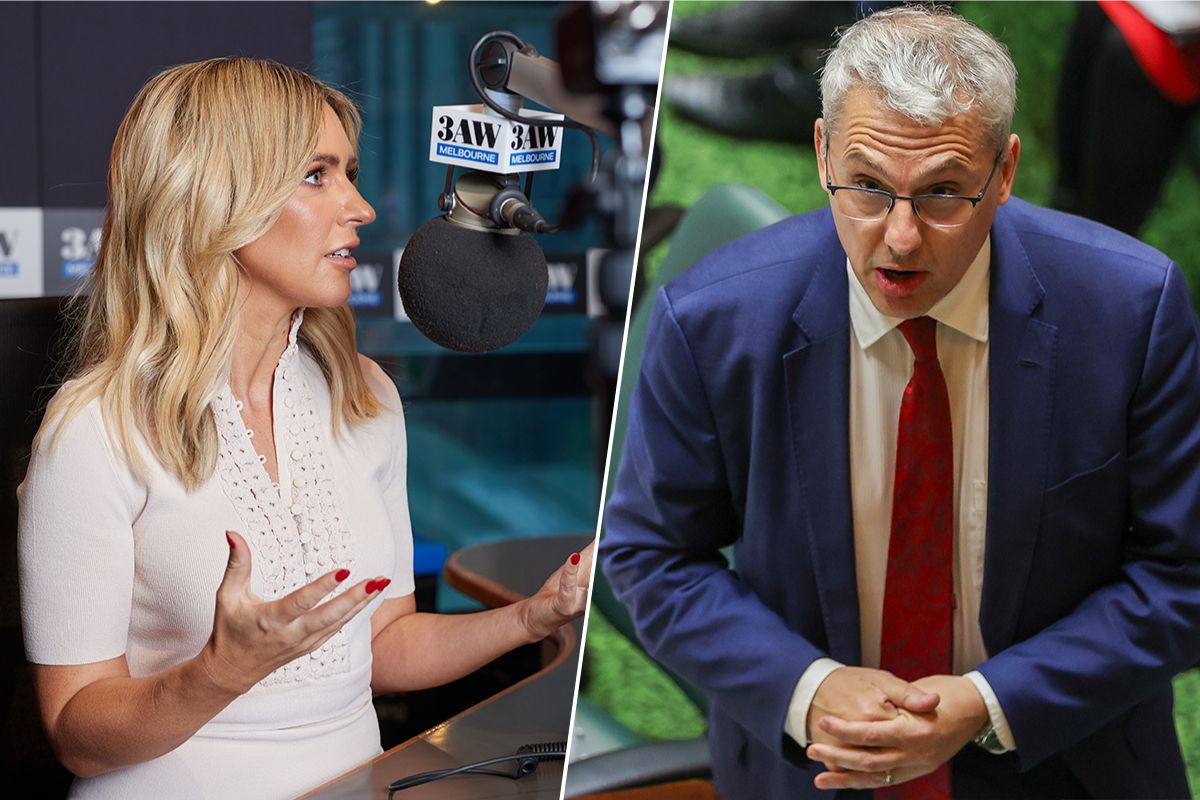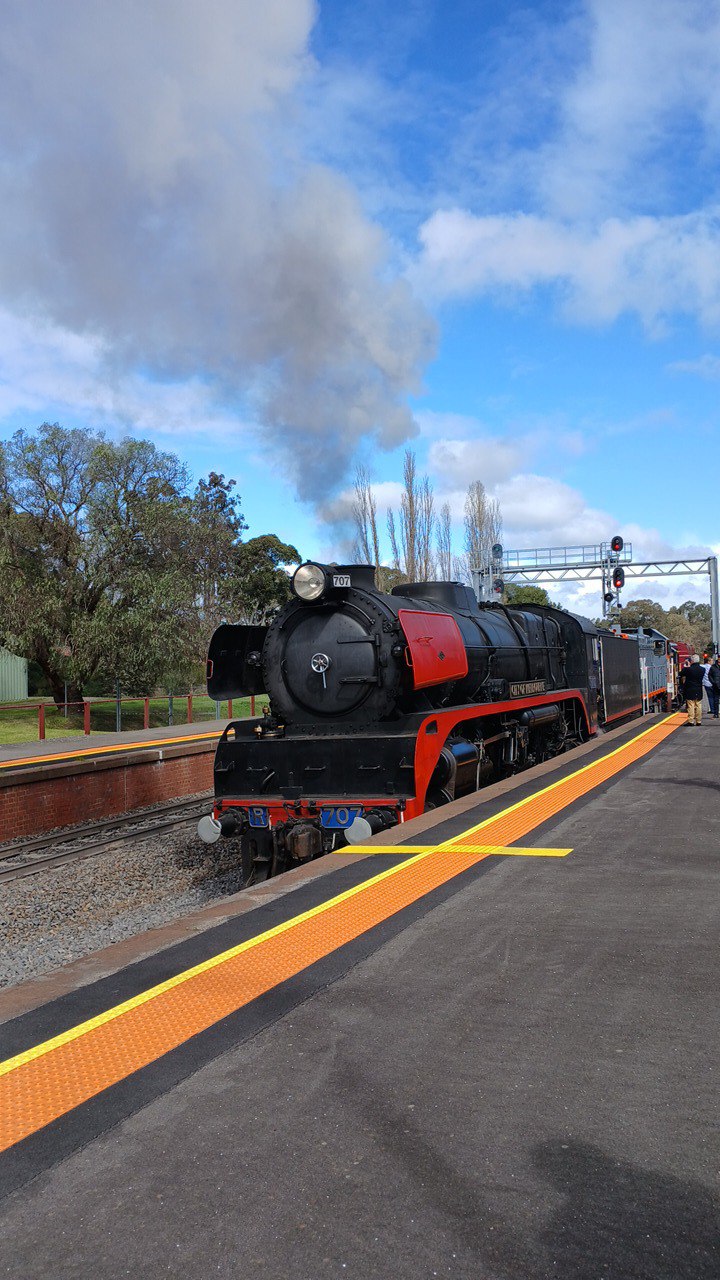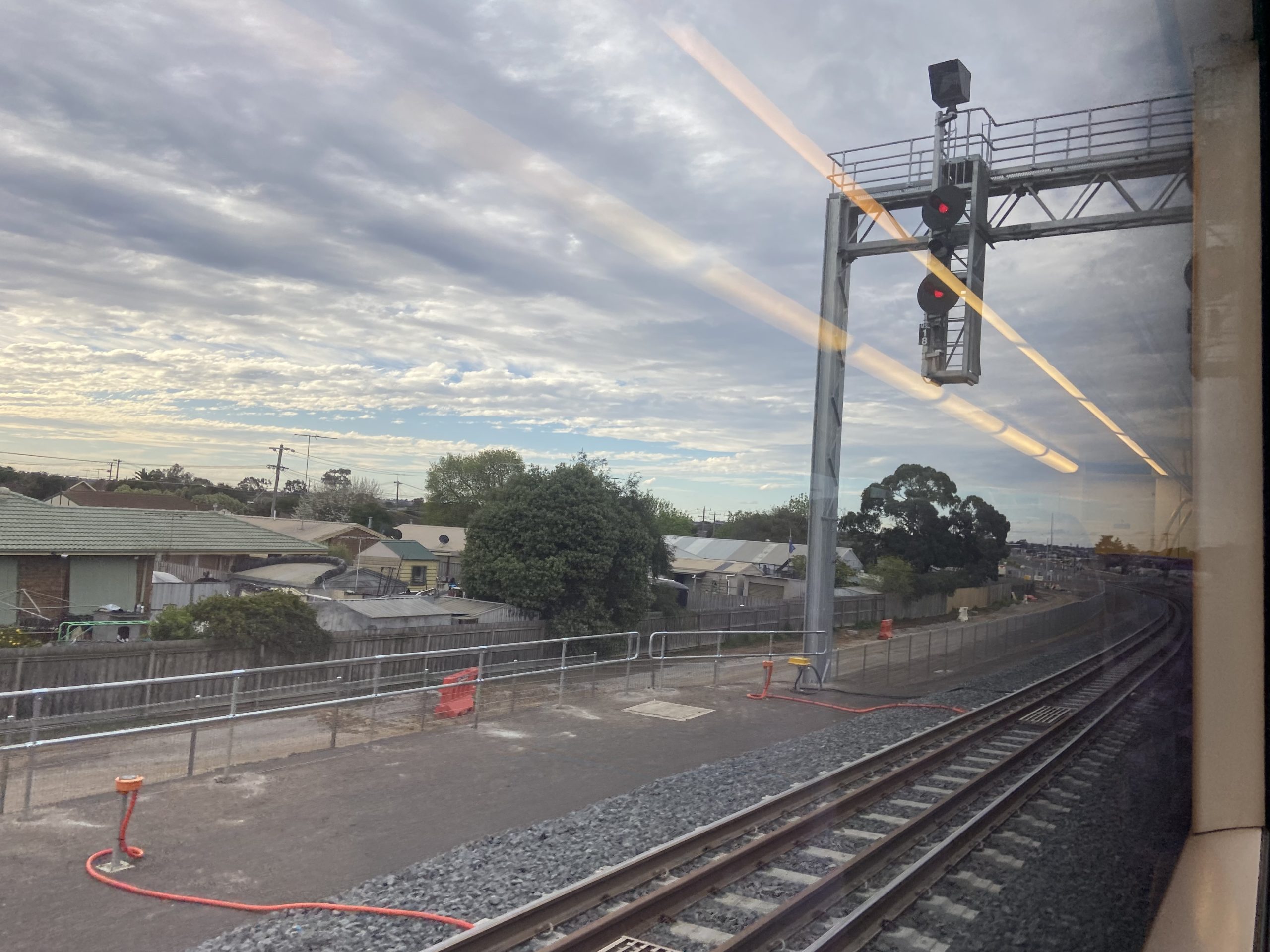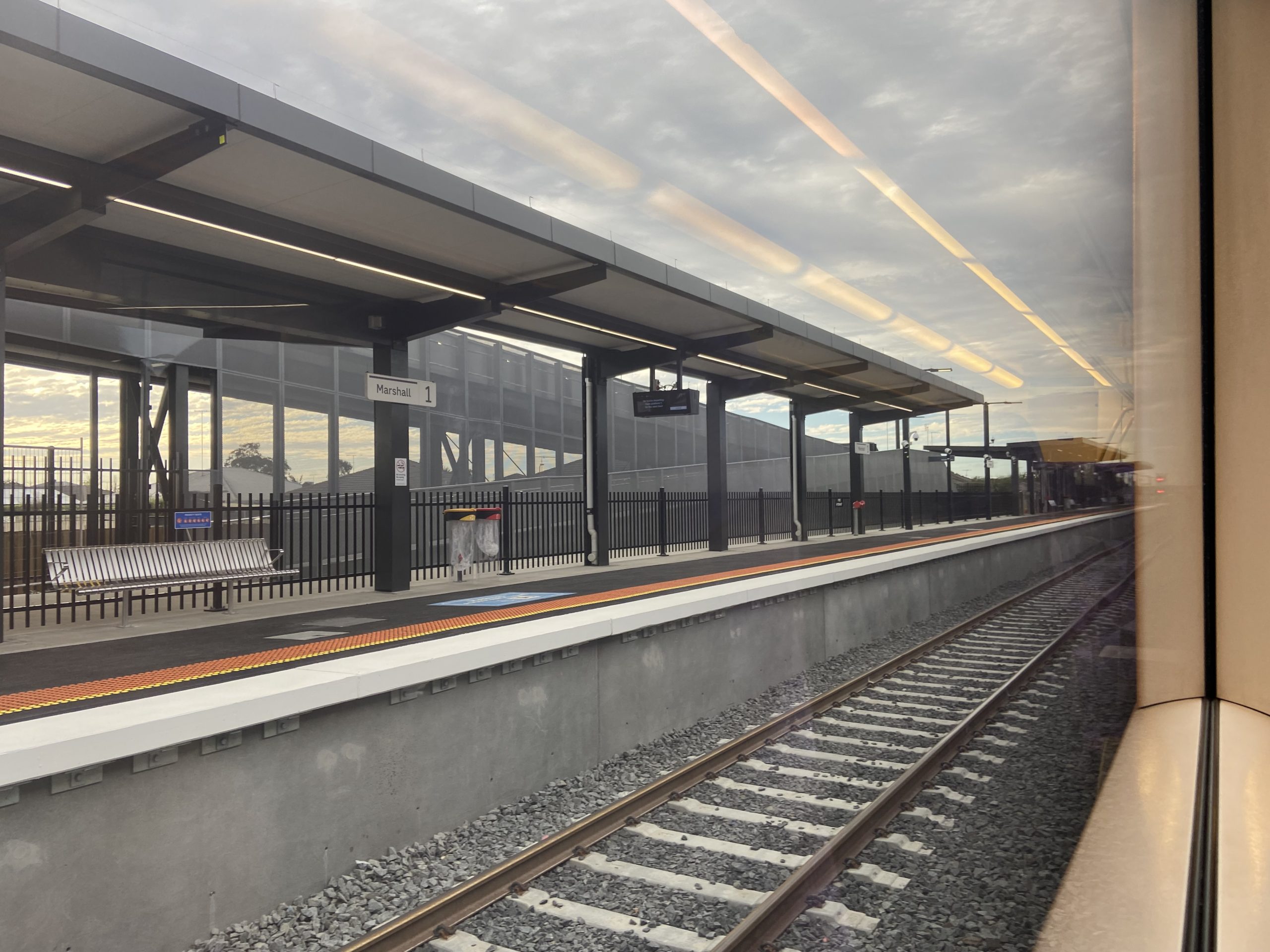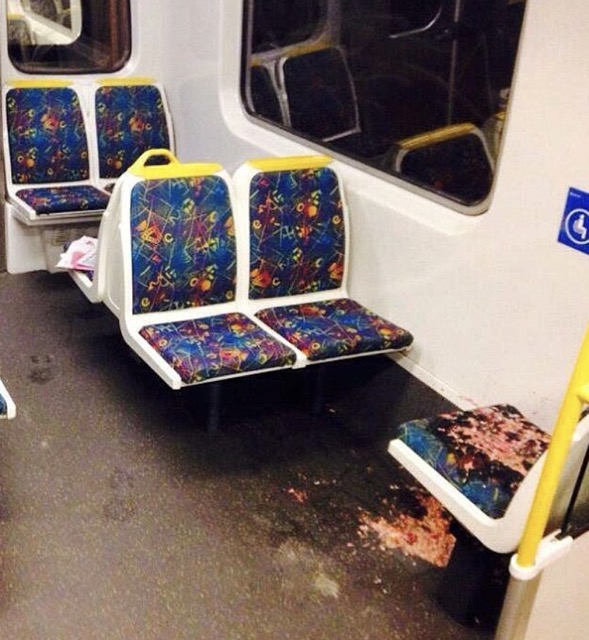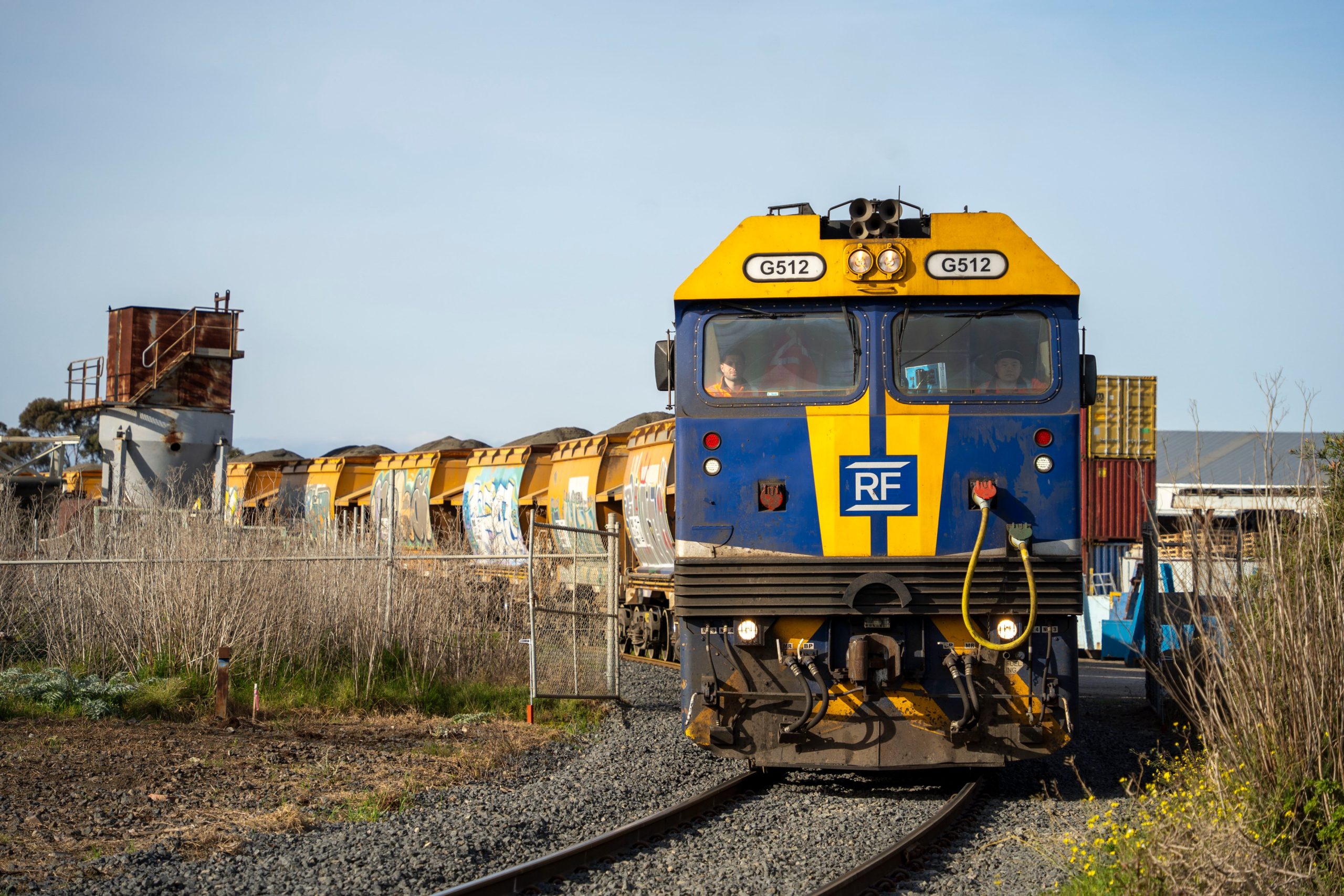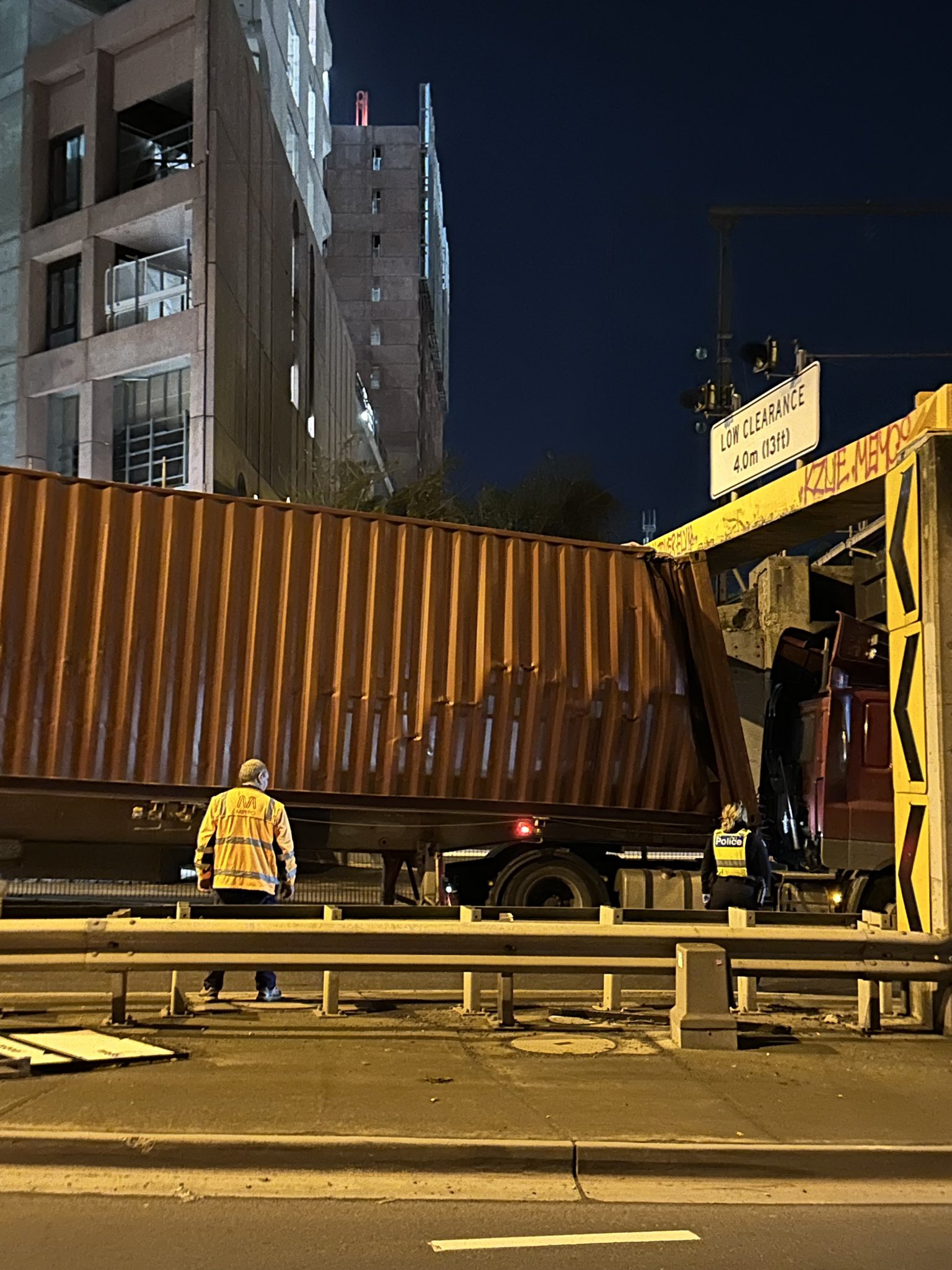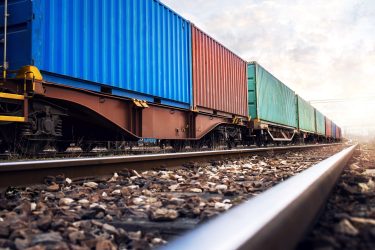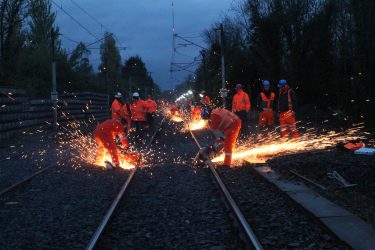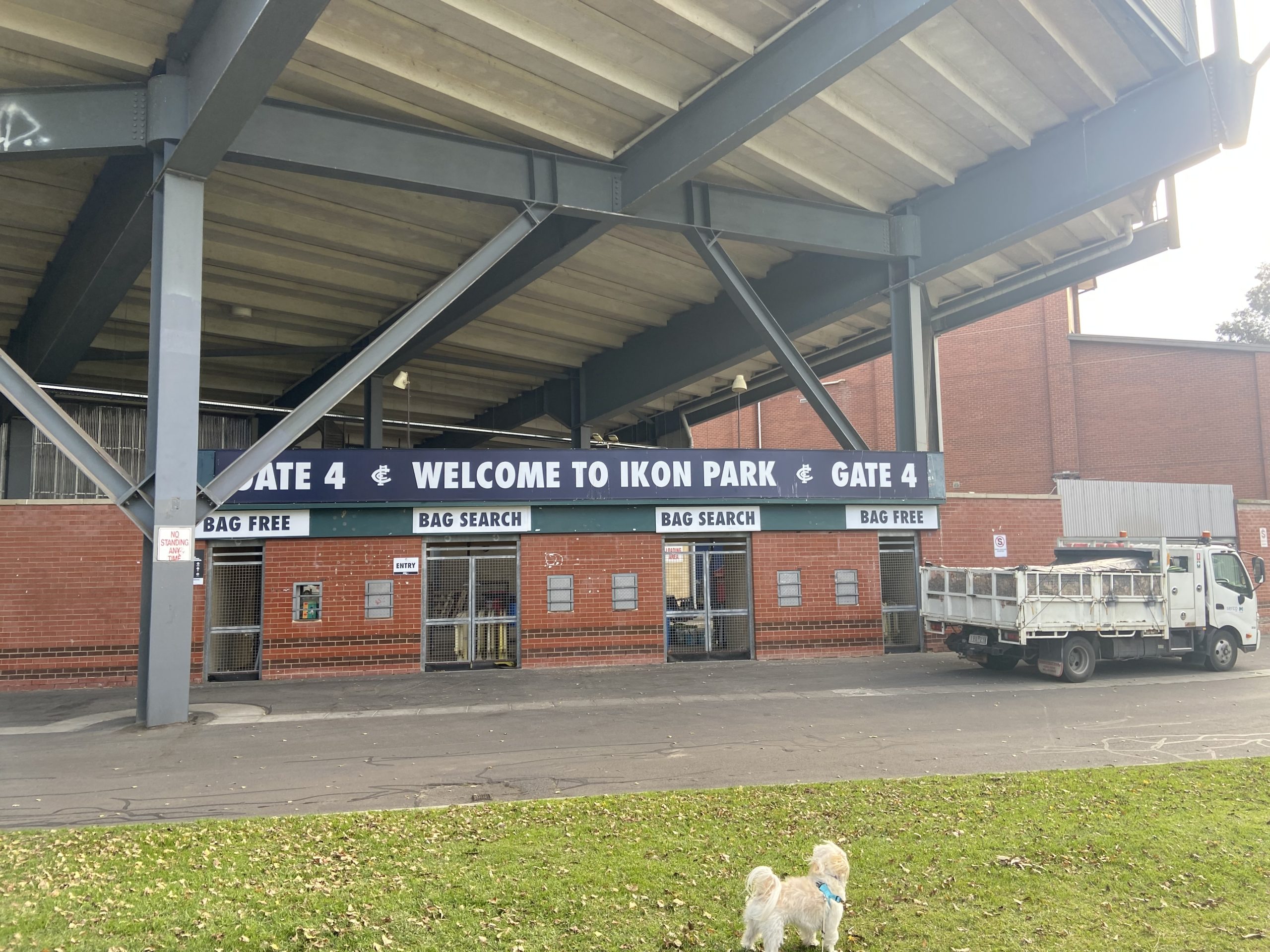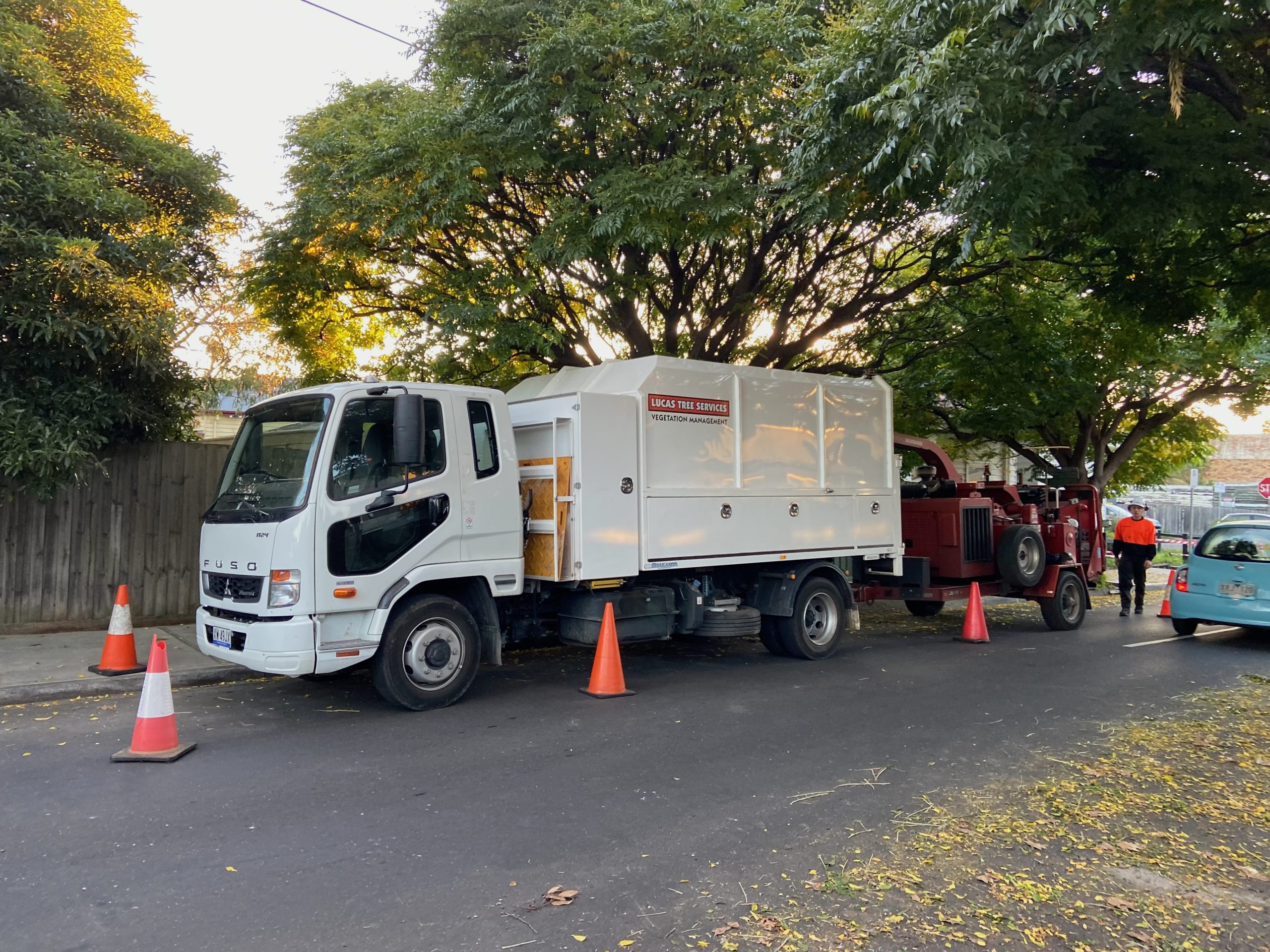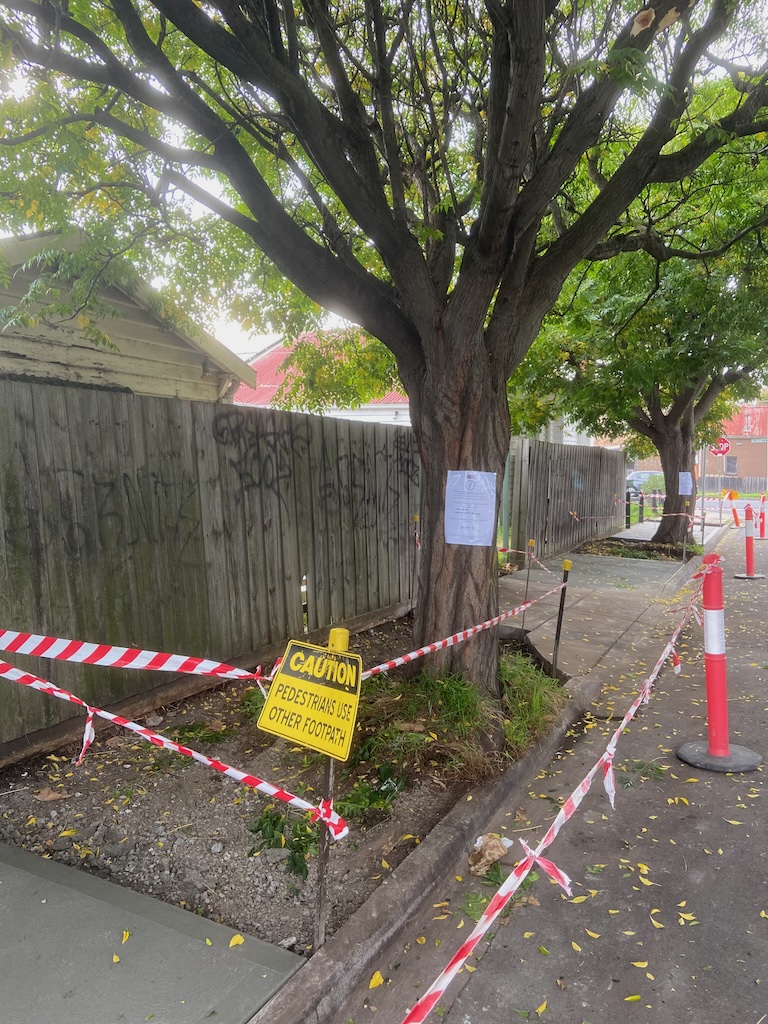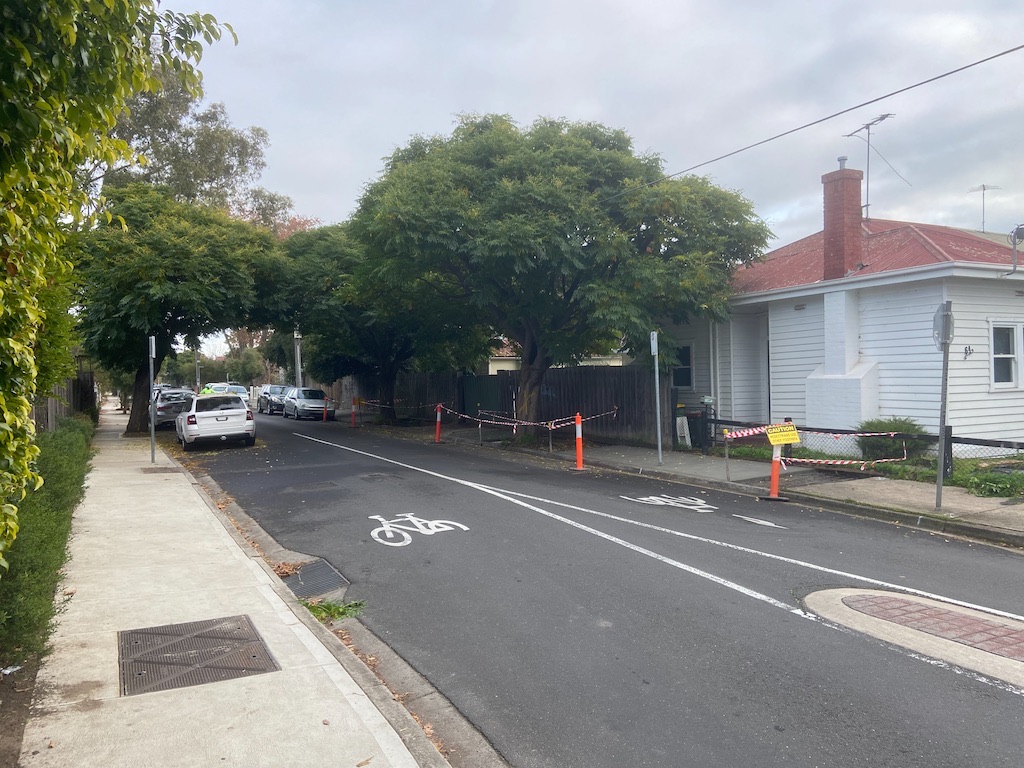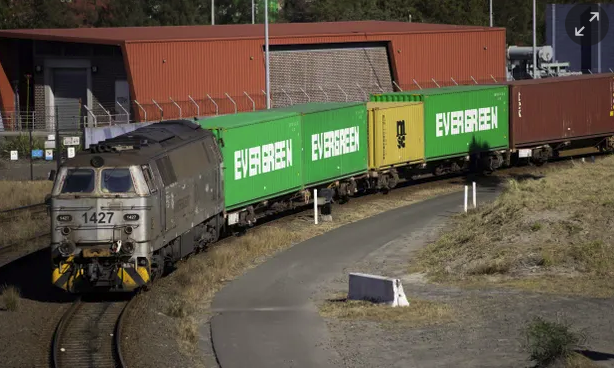Submission to the [parliamentary enquiry into inter regional rail](https://www.parliament.nz/en/pb/sc/make-a-submission/document/53SCTI_SCF_INQ_125787/inquiry-into-the-future-of-inter-regional-passenger-rail) closed on 21 October 2022.
Here is a copy of our submission.
Committee Secretariat Transport and Infrastructure Committee
Parliament Buildings
Public Transport Forum New Zealand Submission: Inquiry into the future of inter-regional passenger rail in New Zealand
1. The Public Transport Forum New Zealand is a national advocacy group that promotes sustainable public transport across Aotearoa New Zealand. Its supporters consist of individuals and organisations.
2. Public Transport Forum New Zealand strongly supports the reintroduction of regional passenger rail services across the 13 of the 16 regions in Aotearoa New Zealand that currently have rail connectivity.
3. Definitions of technical terms are provided in annex 1.
**Background**
5. Aotearoa New Zealand used to have a national regional passenger rail network that operated between 1936 to 1978 connecting more communities in the 14 regions that had rail connectivity than is currently available.
6. Today, there are few passenger rail services outside the main metropolitan centres. But the rail network is largely still there. Aotearoa New Zealand’s national rail network connects our 6 metropolitan centres with 13 provincial cities , large and small towns and rural communities across the 14 of the country’s 16 regions, with a potential passenger catchment of two thirds of the country’s population.
7. By having a good passenger rail network at its core, public transport as a whole is strengthened. In an improved public transport arrangement, the passenger rail network (local, regional and inter-regional), would provide around 40% of public transport services being operated, with 50% being bus services and the remaining 10% consisting of ferry services, light rail, on-demand riding sharing services and so on.
8. The key for the reintroduction of a national regional passenger rail network is to have open an ‘open access’ national rail network. Kiwirail is both the national rail infrastructure operator and a train operator that operates a ‘closed access’ national rail network. We see this as a major stumbling blocking to connecting our metropolitan centres with the country’s provincial cities, major towns, rural service towns and townships and rural communities that currently have rail connectivity.
**Our vision – Connecting Communities 2030**
9. Connecting Communities 2030 is the name for an overall vision of Aotearoa New Zealand linked by high quality public transport. 2030 marks a point on the journey and has been chosen because by 2030 Aotearoa New Zealand needs to reduce total emissions by 27% compared to 2019.
10. To enable connected communities, Aotearoa New Zealand will have an integrated passenger travel network that connects communities in metropolitan and provincial cities, large and small towns and rural townships. The passenger rail network connects Aotearoa so people can travel for family, for work or for leisure. Public transport is the preferred option for almost everyone because it is the most comfortable, most convenient, most reliable, cheapest and most environmentally sound choice.
11. This vision includes busses and ferries, however for the purpose of this submission, we will focus on the regional train aspect of it.
**The viability of passenger rail sitting alongside KiwiRail’s freight network**
12. Both freight and passenger rail are important as we decarbonise our economy. They do not need to be set up in opposition to each other.
13. Our view is that there is a conflict of interest between Kiwirail the train operator and Kiwirail the national rail infrastructure operator and gatekeeper to the national rail network.
14. Kiwirail prioritises the movement of freight.
15. The current business model that Kiwirail is operating under is no longer fit for purpose if New Zealand is to have net zero emissions by 2050. There needs to be separation, either legal or defacto, between Kiwirail the track operator and Kiwirail the freight train operator. Ideally the track operator will be a not-for-profit open access national rail infrastructure operator under the New Zealand Railways Corporation .
16. The costs that are charged by the freight arm for the use of trains/engines by passenger trains also need investigation as it appears to be at higher than cost.
17. The national rail network should be treated as a national steel highway network. A strategic asset maintained on the same subsidised basis as motorways for the same reason – as a transport enabler for both freight and people.
18. Currently, the national rail network is currently underutilised with Kiwirail only using 36% of the network.
**Network improvements**
19. As part of treating the rails as a national steel highway, improvements will be needed over time. A programme of capacity building on the national rail network described in paragraphs 20 to 27 could be planned in conjunction with the infrastructure commission to be undertaken on a continuous basis.
20. The national rail network in its current state, has track speeds between 70 to 110 kph depending on the location. To increase track speeds and train weight, the national rail network needs to increase track speeds to 100 to 140kph and in some locations on the network to 160kph, for example between Pukekohe and Te Rapa on the Auckland to Hamilton rail corridor.
21. The most important number is not the maximum speed but the average speed. Hence a process of incremental improvements to the slowest parts of the network is needed.
22. Additional passing loops and sidings will need to be built in key locations to enable more frequent passenger trains. In other locations, double tracking will be needed.
23. Adding signals to uncontrolled level crossing and replacing busy level crossings with under or over passes to improve both train speed and car safety.
24. Upgrading the signalling system to ETCS (European Train Control System) 2 or similar will increase the number of freight and passenger train movements across the network to improve capacity and utilisation of the national rail network. The current signalling and train control copes with the current capacity on the network but won’t cope with any future growth.
25. Improve the train control functions by re-establishing train control centres in Wellington (for the lower North Island) and Christchurch for the South Island. This will provide redundancy in case of any technical issues at any of the three train control centres.
26. Other improvements include: removing the kinks in the network through track deviations, double track where possible, upgrading tunnels, strengthen/upgrade bridges,
27. Completing the electrification of the North Island main truck line sections Pukoekohe to Frankton (Hamilton), Palmerston North to Waikanae and the East Coast Main Truck between Hamilton and Tauranga as outlined in the May 2021 North Island Electrification Study by Beca.
**The integration of regional rail into existing local public transport networks**
28. Trains do not exist in isolation. No one wants to get off a train and discover that the last bus left 10 minutes ago. The following need to be included in planning for inter-regional trains:
* Local existing public transport (within city /region) that connect with regional trains.
* Integration of regional trains into metro networks.
* Walking and micromobility need to be integrated.
* Safe pedestrian access to stations.
* Cycleways to stations.
* Secure storage for bikes and scooters.
* Spaces on buses and trains to carry bikes and scooters (including battery operated ones).
* Taxis and other on demand ridesharing services – people need ways to connect to edges of network and cover blank spots
29. Wellington Railway station is an excellent example of great connections. It has the local busses on one side of the station and intercity busses on the other side and taxis and electric scooters for hire out the front. Both interisland ferries are close by either on foot or connecting bus.
**Rail for Underserved communities**
There are a wide range of underserved communities including but not limited to:
* People who care about climate change and don’t want to fly. This is a very large segment.
* People who don’t have driver’s licenses including teenagers and children
* People who have a driver’s license but don’t want to drive or don’t have a car
* People living in small towns who want to travel to other small towns or larger cities
* New Zealanders who want to get somewhere out of a main city or town for skiing, tramping or cycling.
* New Zealand tourists travelling around the country
* New Zealand business people trying to get around the country with a low carbon footprint (particularly between Wellington and Auckland).
* Overseas tourists travelling around the country.
* People visiting friends and family
* Every town on the main trunk line that has a railway station that is no longer used.
30. Improving existing inter-regional passenger rail, such as the Capital Connection, and how these services work between local and regional councils and central government
31. Yes, we fully support improving existing services. Doing this is the first step to improving the whole network.
32. The Capital Connection train should operate between Palmerston North and Wellington multiple times a day.
33. The Te Huia service between Hamilton and Auckland should have one train departing Auckland early morning to deliver people to Hamilton by 8.30am. This could happen almost straight away if one trainset was based in Auckland. Currently all the trains are kept in Hamilton overnight.
34. Te Huia should also run more frequently on Saturdays to enable return travel in both directions each day. Ideally it would also run on Sundays but we know that is currently set aside for track maintenance.
35. The Wairarapa Connection. Again, it needs to have a more frequent schedules, allowing people to travel to and from the Wairarapa as day trip to visit friends/family and leisure activities not just a commute into Wellington.
36. Excluding the passenger carriages used on Kiwirail rail three ‘scenic’ passenger trains, there are not enough carriages currently in New Zealand for any future regional and interregional passenger train services. What spare passenger carriages that are available were built in the early 1970’s by British Rail and have already been rebuilt and/or refurbished like the carriages being used on Te Huia and the ‘new’ carriages for the Capital Connection service.
37. There is no need for all these trains to have separate names and branding. A national fleet of bi or tri-modal (electric/battery, electric using overhead wires and diesel/ sustainable environmentally friendly fuels) 2-5 carriage bi-directional train sets should be purchased that can work anywhere in the country.
38. Investments are needed in new trains to support expanding existing services. We have identified some possible types of trains in Annex 2.
39. All this investment will also provide skilled jobs, for example driving trains, maintaining trains and tracks and signals.
40. Currently organising interregional trains needs to be undertaken by regional councils. There is no joined up national view of regional trains.
41. In August 2022, the Government announced the end of the current Public Transport Operating model (PTOM) and replacing it with a more flexible planning, funding and procurement model – Sustainable Public Transport Framework, giving regional councils more flexibility to plan regional public transport services within their regions and to work with neighbouring regional councils for better public transport connectivity. This is a good start but doesn’t go far enough as it still requires a lot of negotiation between regional councils.
42. We recommend the creation of a dedicated national public transport funding agency to operate as a ‘not for profit’ state entity under the Ministry of Transport, taking over all subsidized public transport planning and funding functions from Waka Kotahi New Zealand Transport Agency.
43. This dedicated national public transport funding agency would plan, fund and procure public transport services where necessary, establish national operating guidelines and procedures. This includes ensuring good integration between services so depending on the situation busses, trains and ferry either connect with each other for transfers or run so frequently that that is not a concern. It would operate a national information and timetable website and associated smart phone travel app, in association with city, district and regional councils and transport services partners under one national public transport brand. Operating an ‘open’ national ‘tap and travel’ payment/ticketing system would be a nice to have, although this not a prerequisite for regional trains.
44. Future developments by the agency would restore the passenger train services between Napier to Gisborne once the rail line between Wairoa to Gisborne is rebuilt for both freight and passenger rail services. Restore passenger rail services to and from Rotorua once the upgrading the rail line to and from Rotorua for freight and passenger train services and the building of a new Rotorua railway station for bus and train services are completed.
45. Rebuilding the rail line between Tauranga and Whakatane would allow re-establish of freight and passenger train services.
**Climate and emissions reductions possibilities of passenger rail, and how this links to VKT (reduction targets in the Emissions Reduction Plan**
46. Rail is known to be more environmentally friendly when the indirect costs of environmental pollution, toxic gas, emissions, health, etc are factored compered to non-essential car and minivan uses.
47. Example, the Te Huia train in a four-carriage configuration has 147 seats meaning 36 to 147 car trips can be removed from the roads stopping at least 176 tons of toxic emissions per train journey.
48. A two track rail corridor equates to a two lane road, yet the rail corridor can move more freight and passengers compared to a two lane road.
49. Increasing passenger VKT by train and reducing VKT by cars fits with multiple Government plans:
* Ināia tonu nei: a low emissions future for Aotearoa » Climate Change Commission (climatecommission.govt.nz)
* Draft national adaptation plan | Ministry for the Environment
* Advice on the draft National Adaptation Plan » Climate Change Commission (climatecommission.govt.nz)
* It also fits with the road to zero vision by getting more cars off the road and making journeys safer.
**Investigating potential rail expansions and investments in specific areas, such as Tauranga and the Lower North Island**
50. There are great opportunities to support tourism in the central North Island by running trains from Wellington to Taumaranui, Ohakune and National Park. Local buses and shuttles can connect to these and take people to hotels, hostels or holiday houses.
51. When look at the previous national regional passenger rail network that operated between 1936 to 1978, it connected more communities in the 13 regions than is currently available. Based on the previous national regional passenger rail network, Public Transport Forum New Zealand would like to see the re-introduction of the core routes outlined below.
**North Island**
Between:
* Auckland and Whangarei
* Auckland, Hamilton, Tauranga and Te Puke
* Auckland, Hamilton and Rotorua (Subject to upgrading of the track within the Rotorua city boundaries)
* Auckland, Hamilton, Matamata and Tokoroa
* Hamilton and Palmerston North
* Palmerston North, Whanganui and New Plymouth
* Palmerston North, Woodville, Hastings, Napier and Gisborne (Subject to the rebuilding the rail line Wairoa and Gisborne)
* Palmerston North and Wellington
* Wellington, Masterton and Woodville (Wellington regional)
**South Island**
* between Christchurch, Blenheim and Picton
* between Christchurch and Greymouth
* between Christchurch, Dunedin and Invercargill
* between Christchurch, Timaru, Ashburton and Waipa (Canterbury regional)
* between Christchurch, Rangiora, Rolleston and Lyttleton (Christchurch Metro)
* between Dunedin, Mosgiel and Port Chalmers (Dunedin Metro)
52. Passenger rail services between Invercargill and Bluff, Greymouth and Hokitika and Greymouth. Stillwater and Westport could use purpose built bi-directional 60-120 seat passenger railcars designed and built for heavy rail branch lines.
53. We have provided technical specification of the trains that could run on these lines in Annex 2
**Annex 1 – Definitions of technical terms**
* **Bi- modal /tri- modal:** a trainset that uses two or more fuels to power it. For example: electric/battery, hydrogen fuel cell/battery, electric/hydrogen fuel cell/battery or electric/diesel/battery.
* **Bi-directional:** a one or more carriage trainset that has a driver’s compartment that located at each end of the train set such as Wellington’s Matangi’ and Auckland’s electric multiple units.
* **Carriage:** Is a non-powered unit that carries people and is usually coupled to a separate locomotive, as seen on the Capital Connection and Te Huia.
* **Engine:** A self-contained unit that is used to pull a set of individual carriages coupled together as seen on the Capital Connection and Te Huia.
* **Railcar:** is a self-propelled railway vehicle designed to transport passengers, consisting of a single carriage to multiple carriages, with a driver’s cab both ends.
* **Trainset:** Is a series of carriages coupled together pulled by separate locomotive or ‘self-propelled’ single to multi carriages coupled together. This is also known as a ‘consist’.
**Annex 2 – Types of Trains**
This annex outlines three possible types of new generation passenger trains whose ‘off the shelf’ designs and technology can be adapted to suit Aotearoa New Zealand conditions. They can already run on or easily be adapted to run on NZ 1067mm track.
**Stadler WINK**
{{youtube: https://youtu.be/j9BkvXmjsc4}}
54. The Stadler WINK is a low-floor single-level regional/inter-regional train operating in 2 to 4 carriage configurations with a fully accessible power car, located between two carriages, offering flexible drive solutions, being diesel or HVO (Hydrotreated Vegetable Oil) only, diesel/battery, electric/battery or hydrogen fuel cell/battery. The Stadler WINK can carry up to 220 people in a 4 carriage train set, with a maximum speeds up to 160 km/h.
**Alstom Coradia Polyvalent H2**
{{youtube: https://youtu.be/cm_ElqtfyCk}}
55. The Alstom Coradia Polyvalent H2 is a 160kph dual mode electric and hydrogen/battery, 72m 4 carriage train set with a capacity of 218 seats, has disable passenger facilities and onboard toilets with a range up to 600kms on non-electrify track using hydrogen/battery.
56. Both the Coradia Polyvalent H2 and Stadler WINK in a 220 seat four carriage and fully accessible power car configuration can remove 54 to 220 cars off the road preventing the emission of 269 tonnes of carbon and other noxious emissions each train journey.
57. Both the Stadler WINK and Alstom Coradia Polyvalent H2 would have the ability to travel Wellington to Palmerston North, Wellington to Masterton and Woodville Wellington and Waikanae and Wellington to Upper Hutt using the existing electrification in the Wellington region. Further north, Auckland to Hamilton and Tauranga using a combination of the existing electrification in the Auckland region and hydrogen/battery to Hamilton and Tauranga other destinations in the Waikato region.
58. If the Pukekohe to Hamilton rail line is upgraded to 160kph speed and electrified to 25kva voltage, the Coradia Polyvalent H2 and the Stadler WINK can operate frequent services to Auckland using the City Rail Link and Hamilton using electricity and hydrogen/battery or electric/battery Hamilton and Tauranga and other destinations in the Waikato region.
59. If the electrified section of the North Island main trunk line between Hamilton and Palmerston North is upgraded to meet the electrification specifications of the Auckland region, the Coradia Polyvalent H2 and Stadler WINK could be used to provide daily inter-regional passenger train services between Palmerston North and Hamilton.
**Alstom Coradia iLint**
{{youtube: https://youtu.be/iSzn4gPPwk0}}
60. The Alstom Coradia iLint is a 140kph 2 carriage train set with a capacity of 150 seats, has disabled passenger facilities and an onboard toilet facility, with a range up to 1,000kms on a tank of hydrogen. Multiple trainsets can be combined in peak hours and single 2 car train set in off peak hours.
61. Either the Alston Cordia iLint and the Stadler WINK in a 150 seat two carriage and fully accessible railcar configuration could Bothe te used on local frequently used services such as:
* Auckland and Whangarei
* Hamilton, Matamata and Tokoroa
* Palmerston North, Woodville
* Hastings and Napier
* Palmerston North, Whanganui and New Plymouth
* Napier and Gisborne
* Christchurch and Greymouth
* Christchurch, Kaikoura, Blenheim and Picton
* Christchurch, Ashburton, Timaru, Oamaru
* Dunedin, Dunedin and Invercargill
62. Both the Cordia iLint and the Stadler WINK could be used on Christchurch’s urban passenger train services Rangiora, Christchurch, Lytttleton and Rolleston and Canterbury region passenger train services Amberly, Christchurch and Ashburton or Timaru and on Dunedin, Mosgiel, Port Chalmers urban services.
63. The Coradia iLint and the Stadler WINK can remove 37 to 150 non essential cars off the road reducing at least 182 tonnes of carbon and other noxious emissions each train journey.
For further information concerning the points raised in the above submission –
* [New Zealand’s New Regional Passenger Rail Network](https://publictransportforum.nz/articles/article/new-zealands-regional-passenger-rail-network-20-08-2022)
* [New Zealand’s National Public Transport Network](https://publictransportforum.nz/articles/article/national-public-transport-network-07-06-2022)
* [Public Transport Aotearoa New Zealand](https://publictransportforum.nz/articles/article/public-transport-aotearoa-new-zealand-22-08-2022)
* [Light Rail for Branch Lines](https://publictransportforum.nz/articles/article/light-rail-for-branch-lines-15-01-2022)
* [New Zealand’s shrinking passenger railway network](https://publictransportforum.nz/articles/article/new-zealands-shrinking-passenger-railway-network-22-07-2022)
* [Why does public transport suck in New Zealand](https://publictransportforum.nz/articles/article/why-does-public-transport-suck-31-01-2022)
* [Can semi rural towns and small rural communities have public transport?](https://publictransportforum.nz/articles/article/can-small-semi-rural-towns-and-rural-communities-has-public-transport-10-08-2022)
